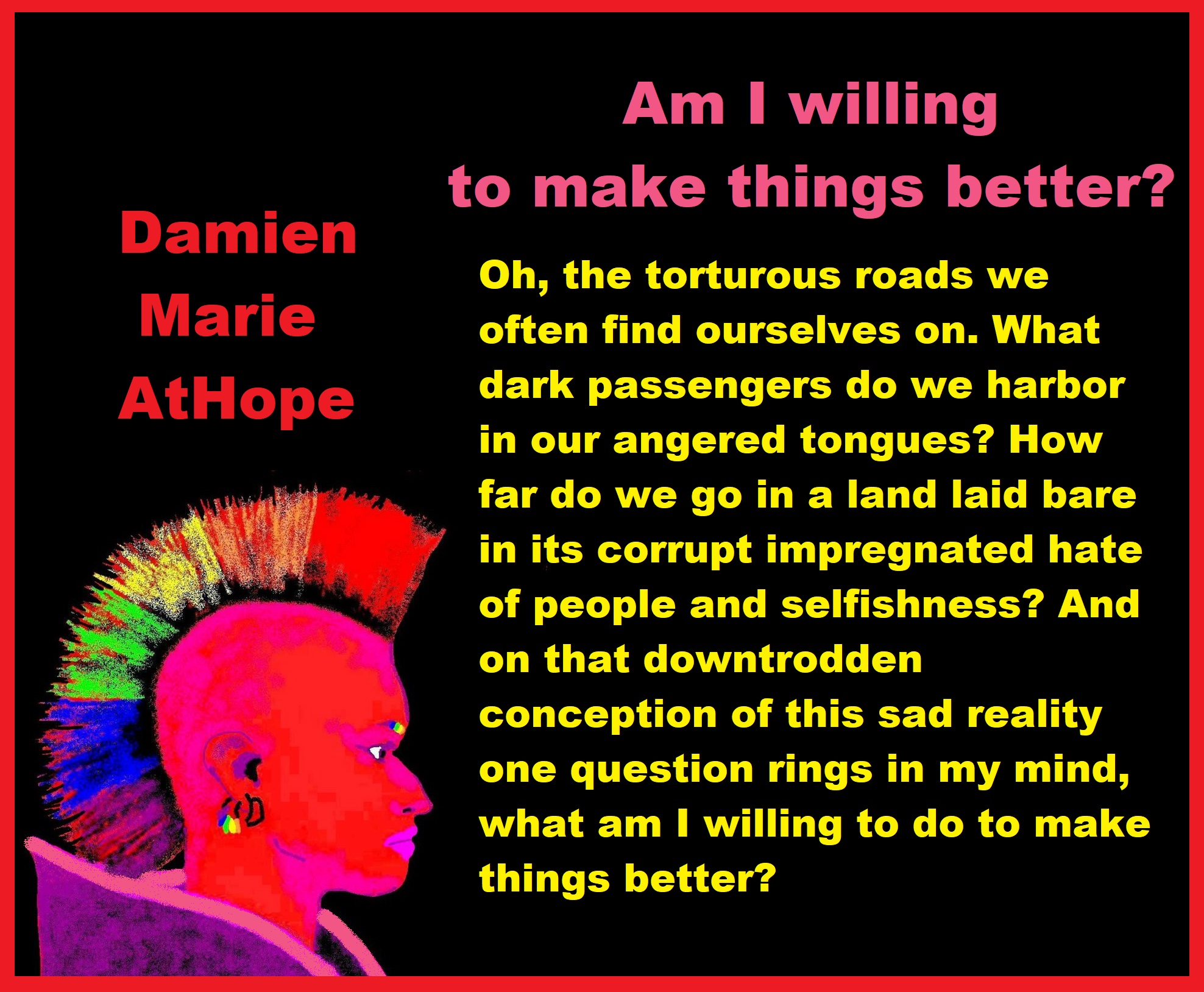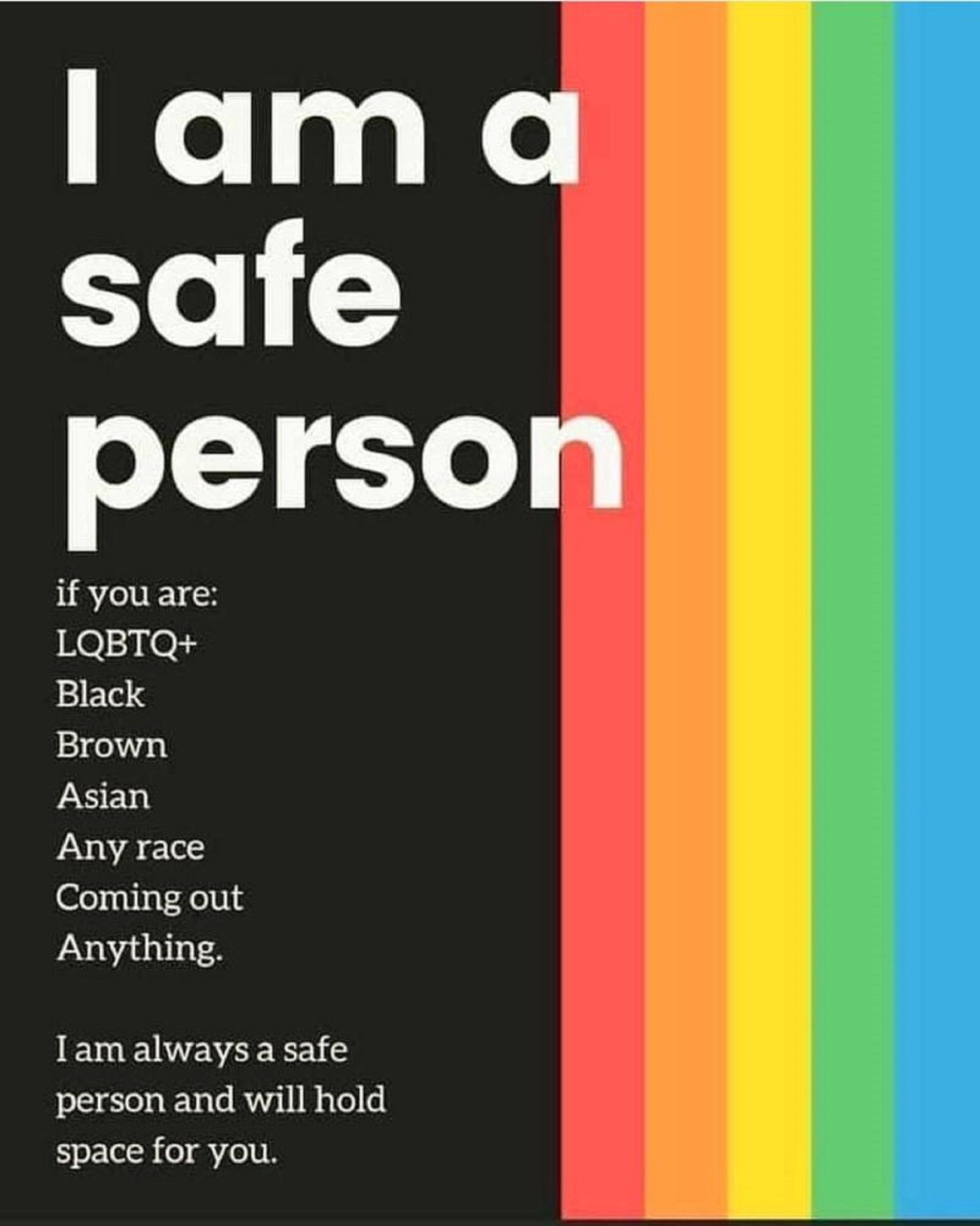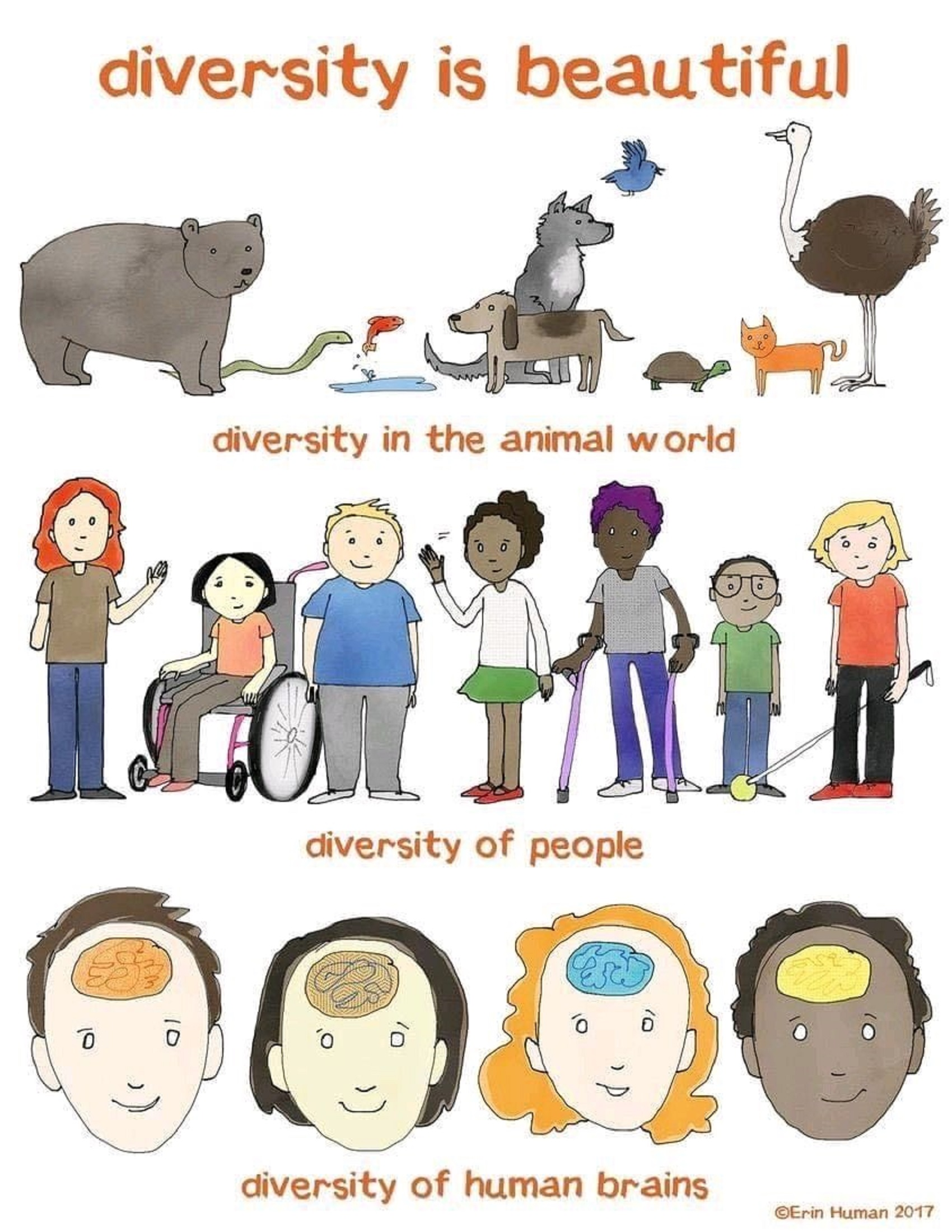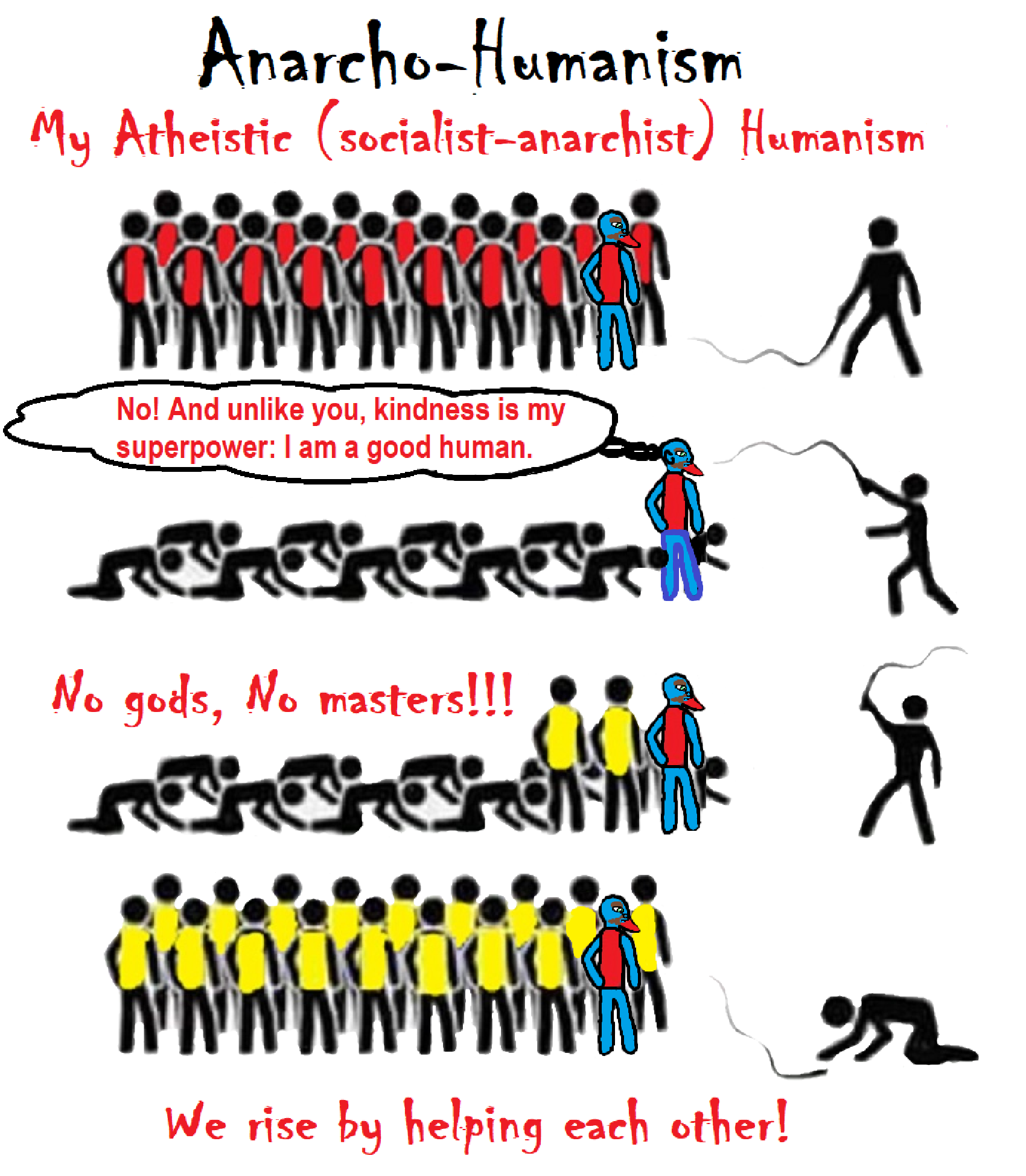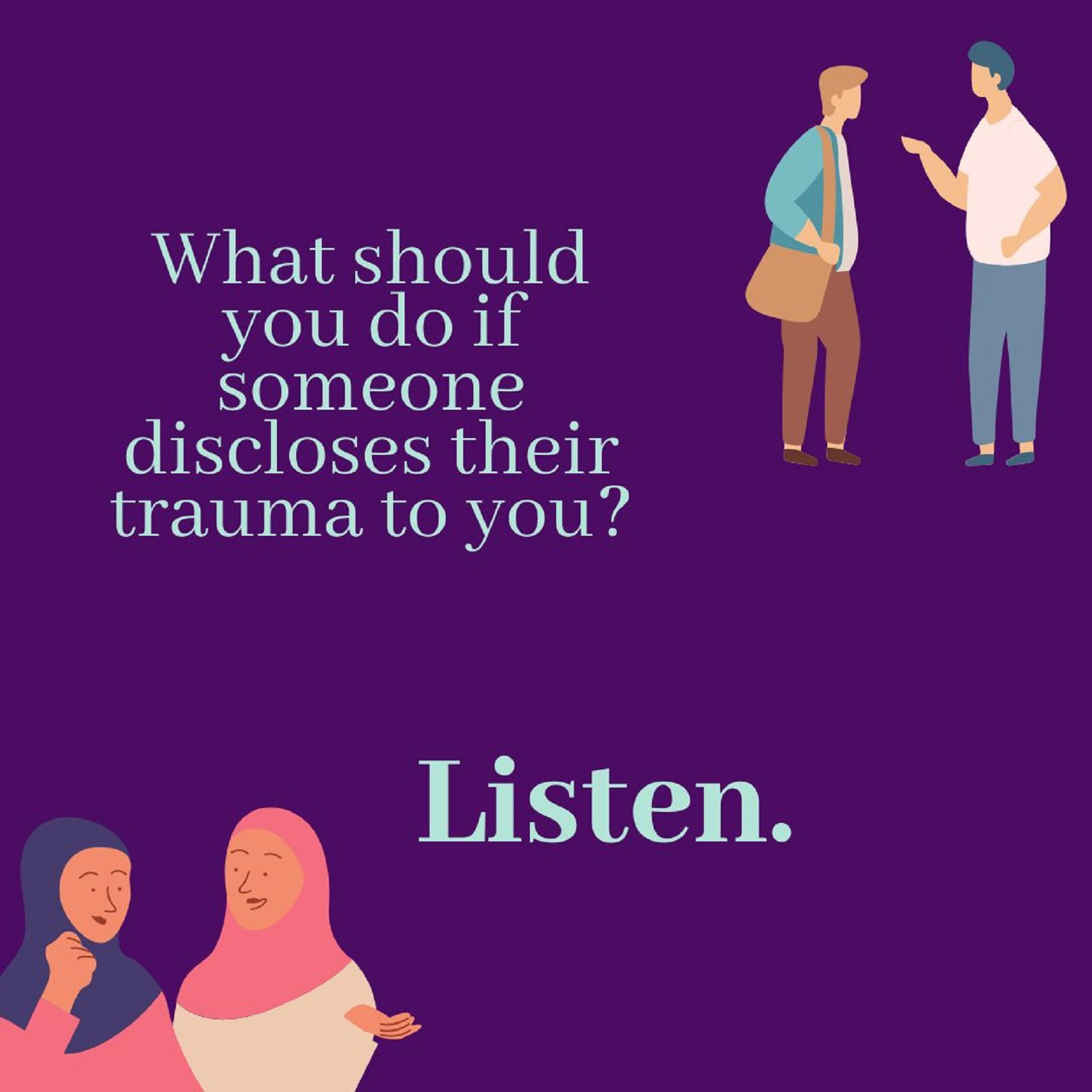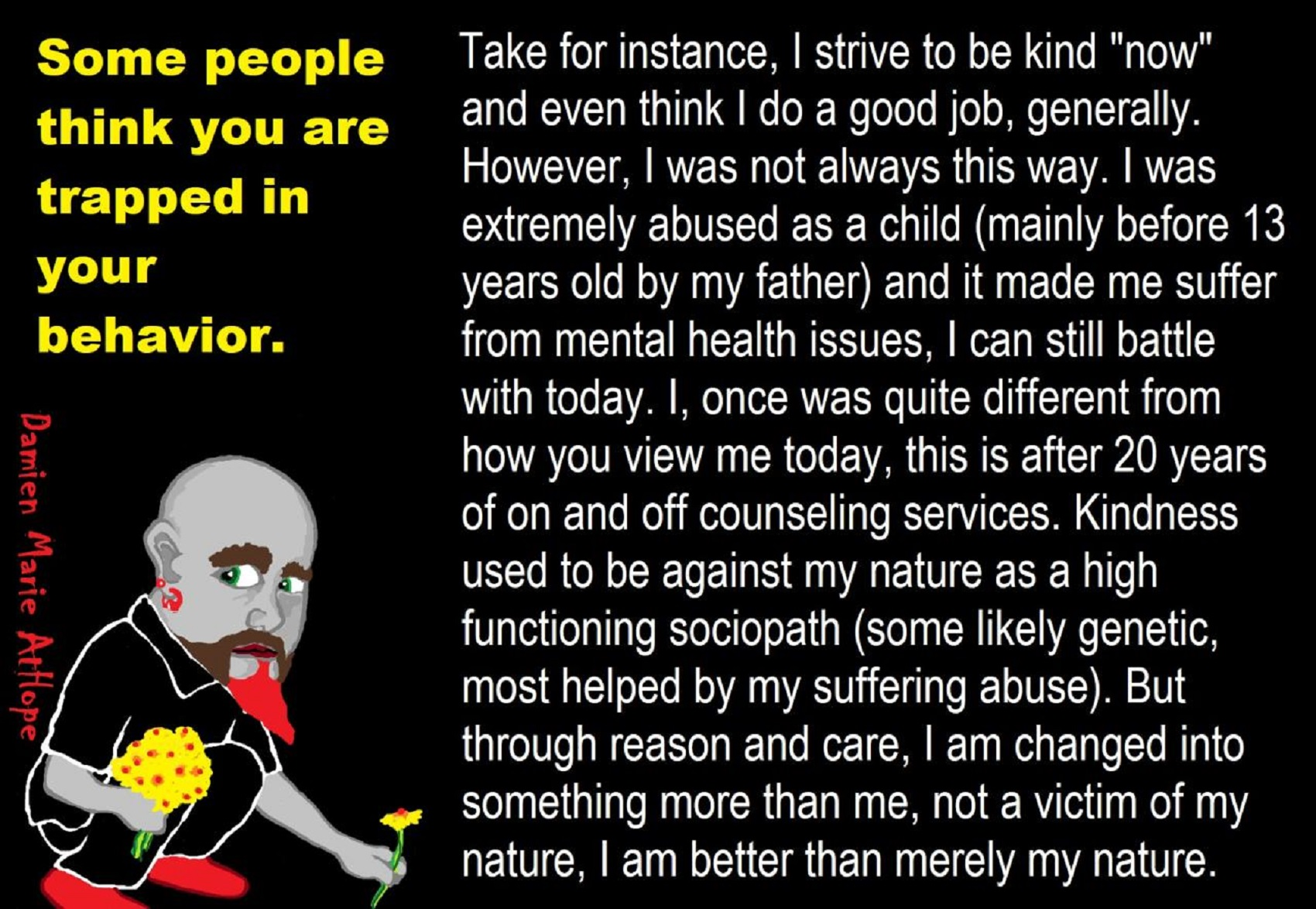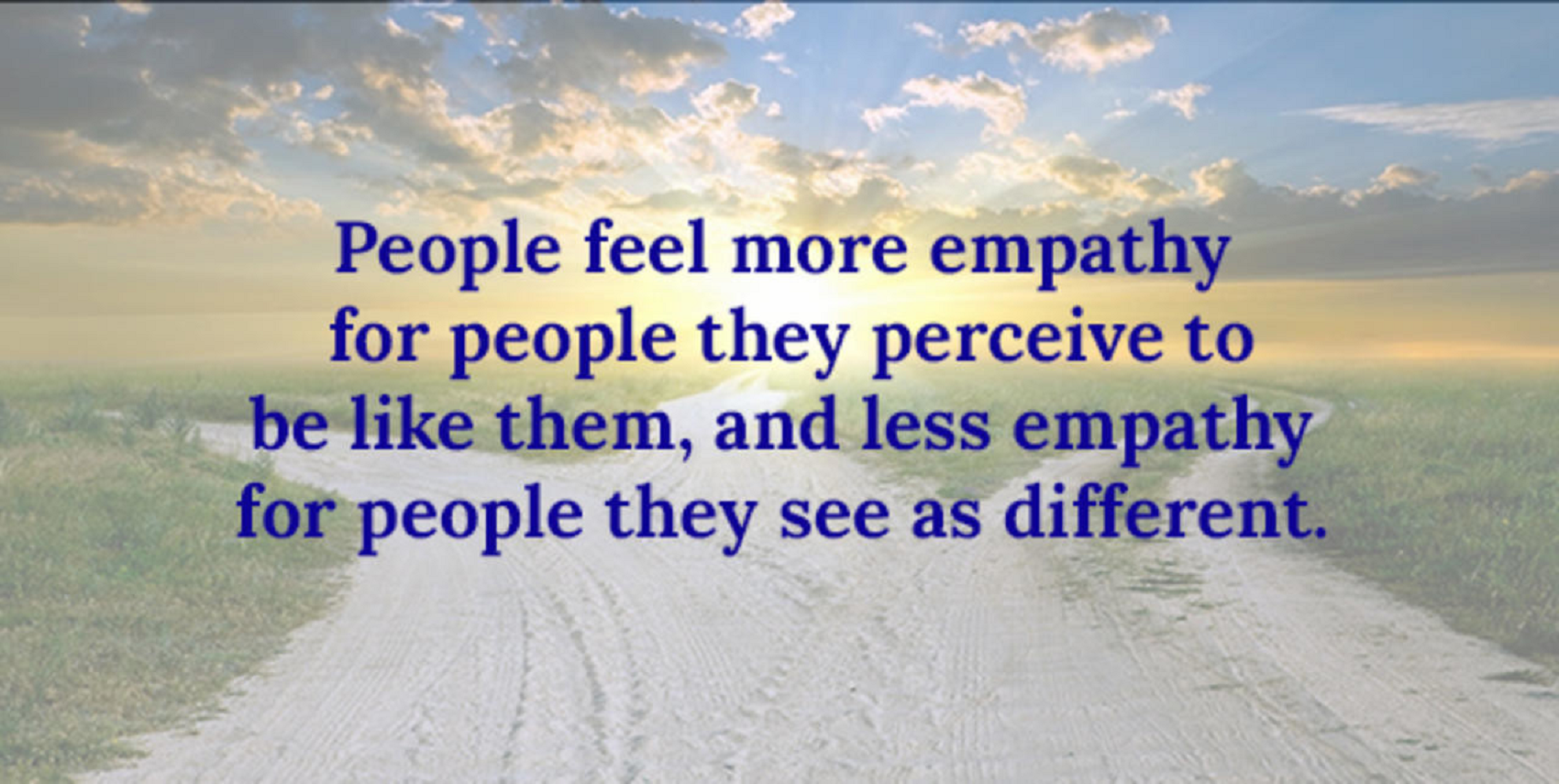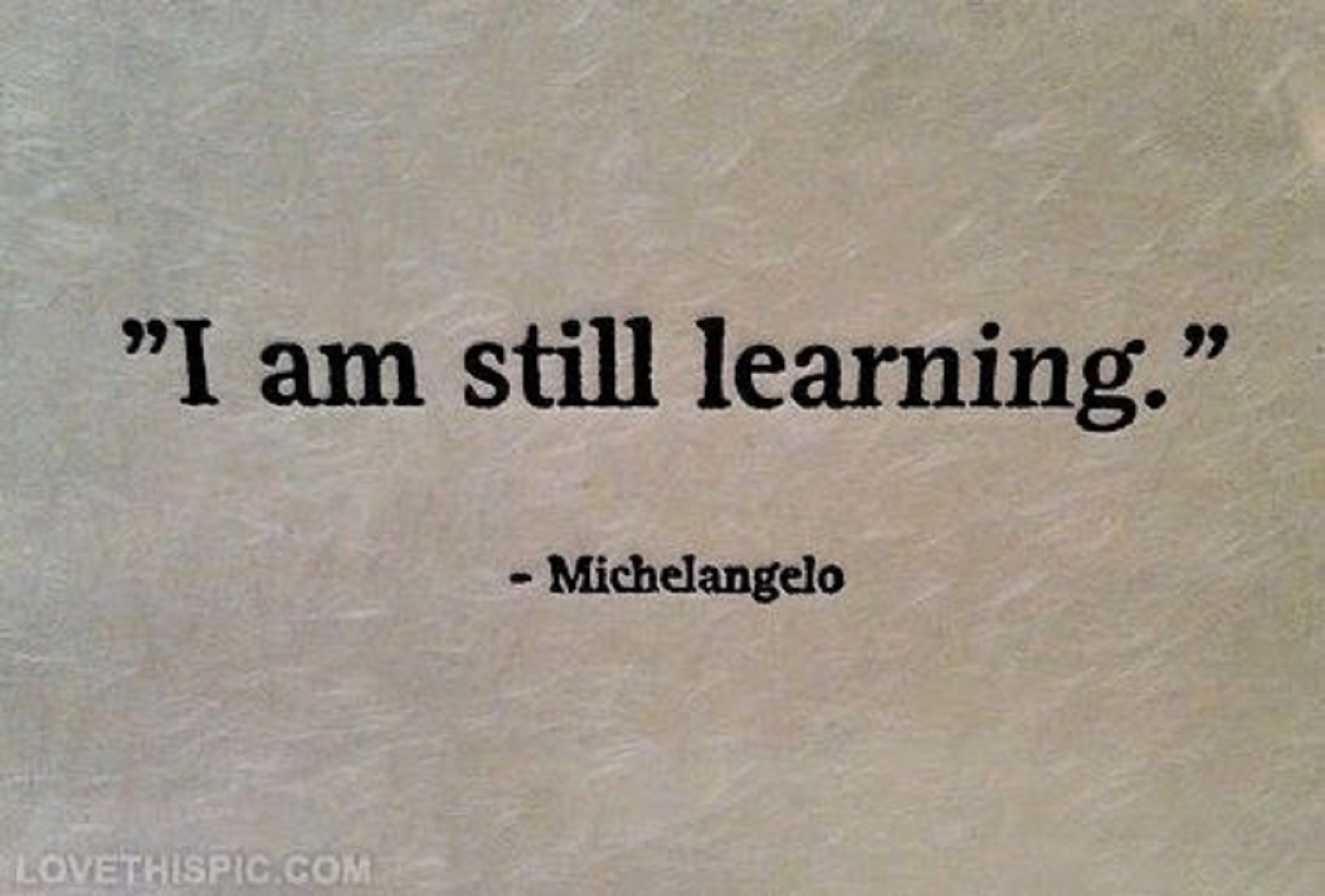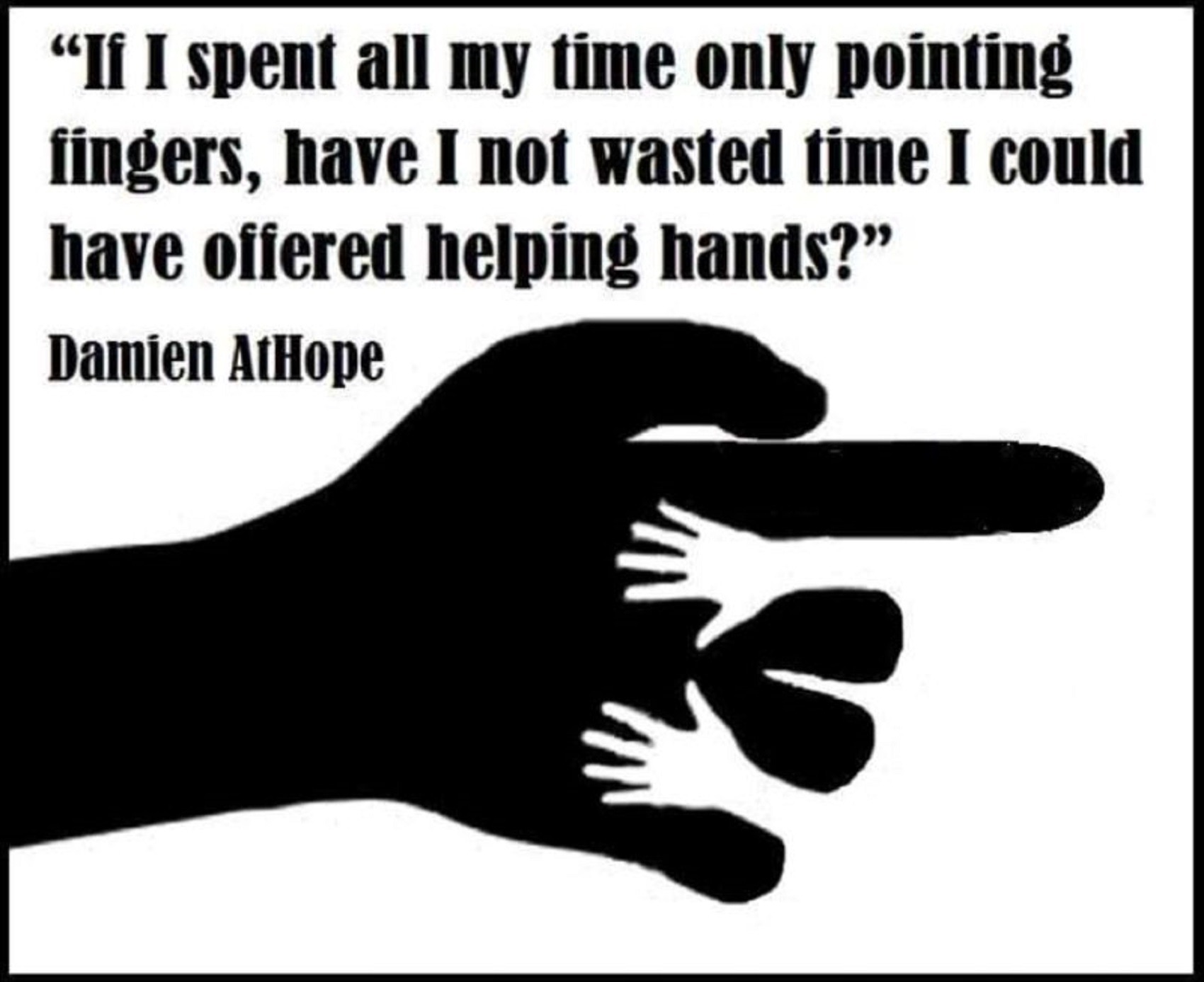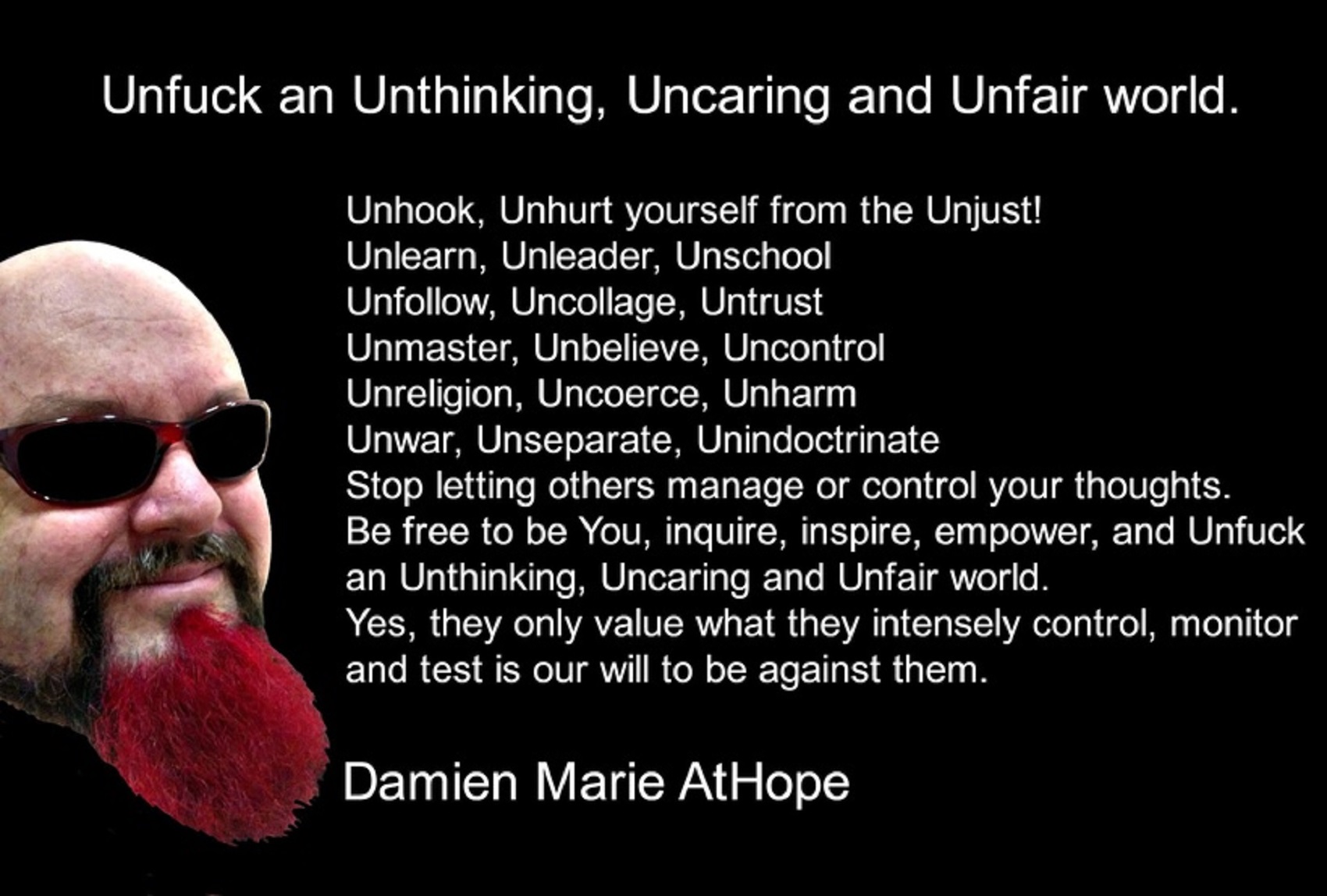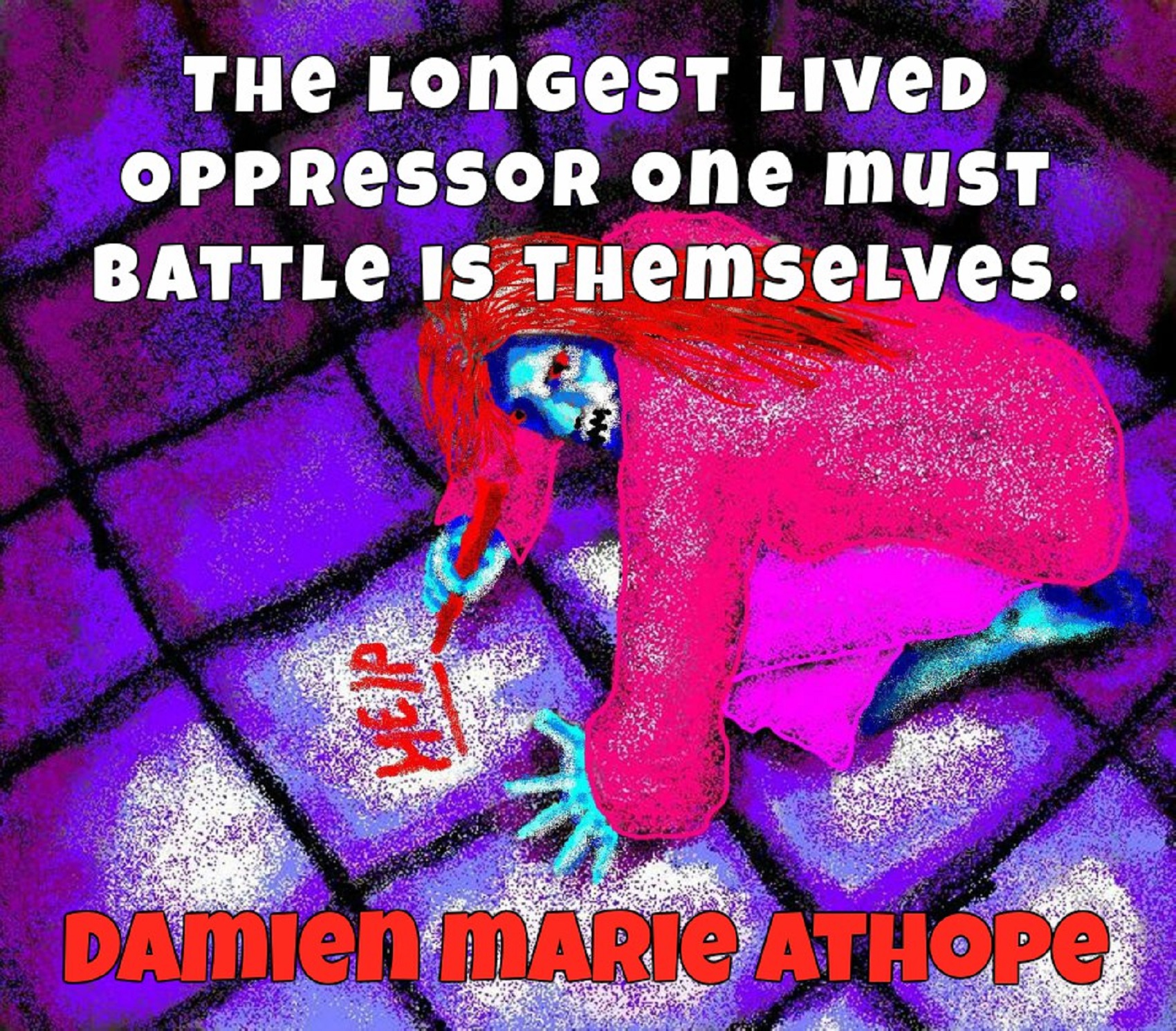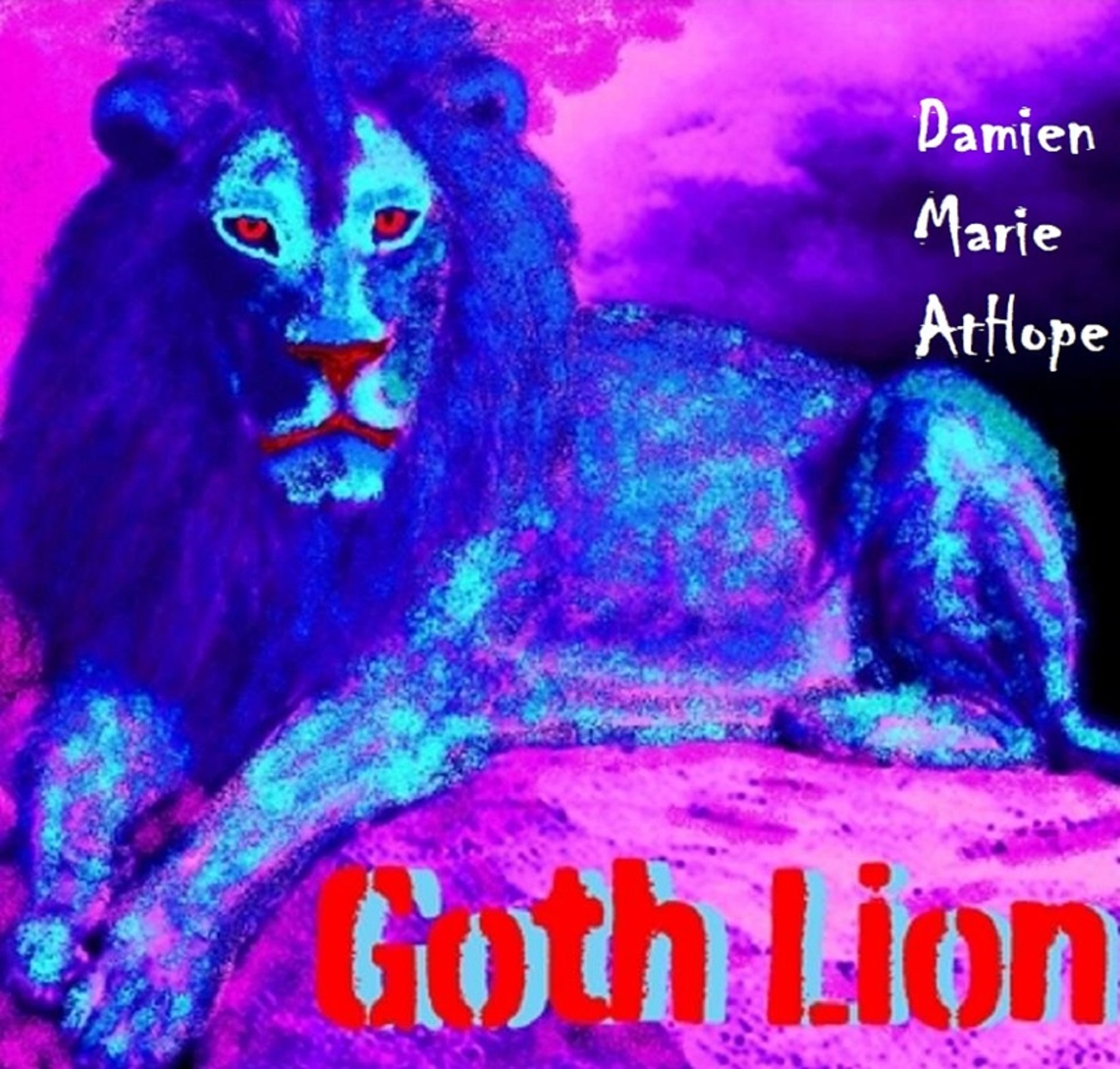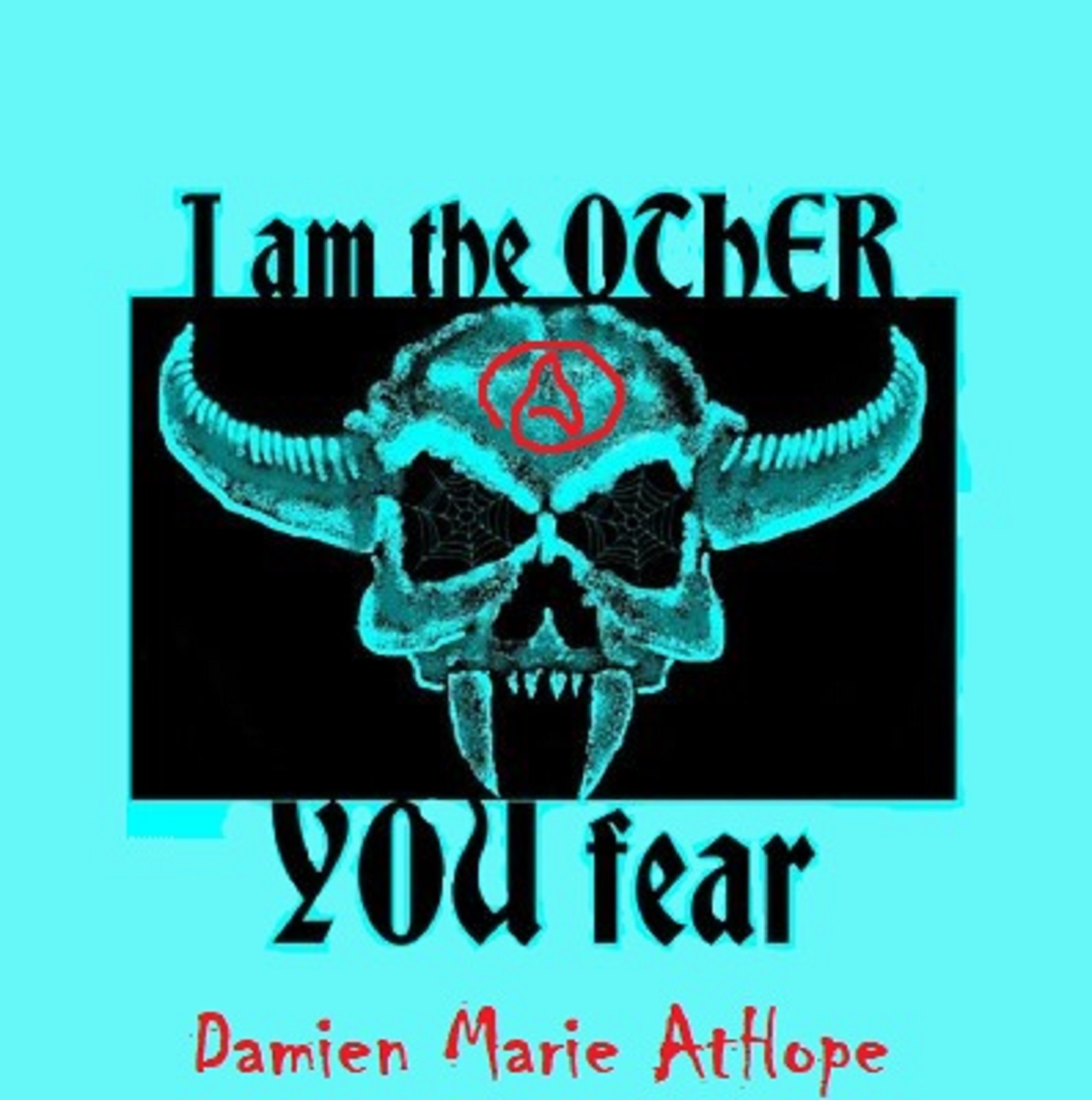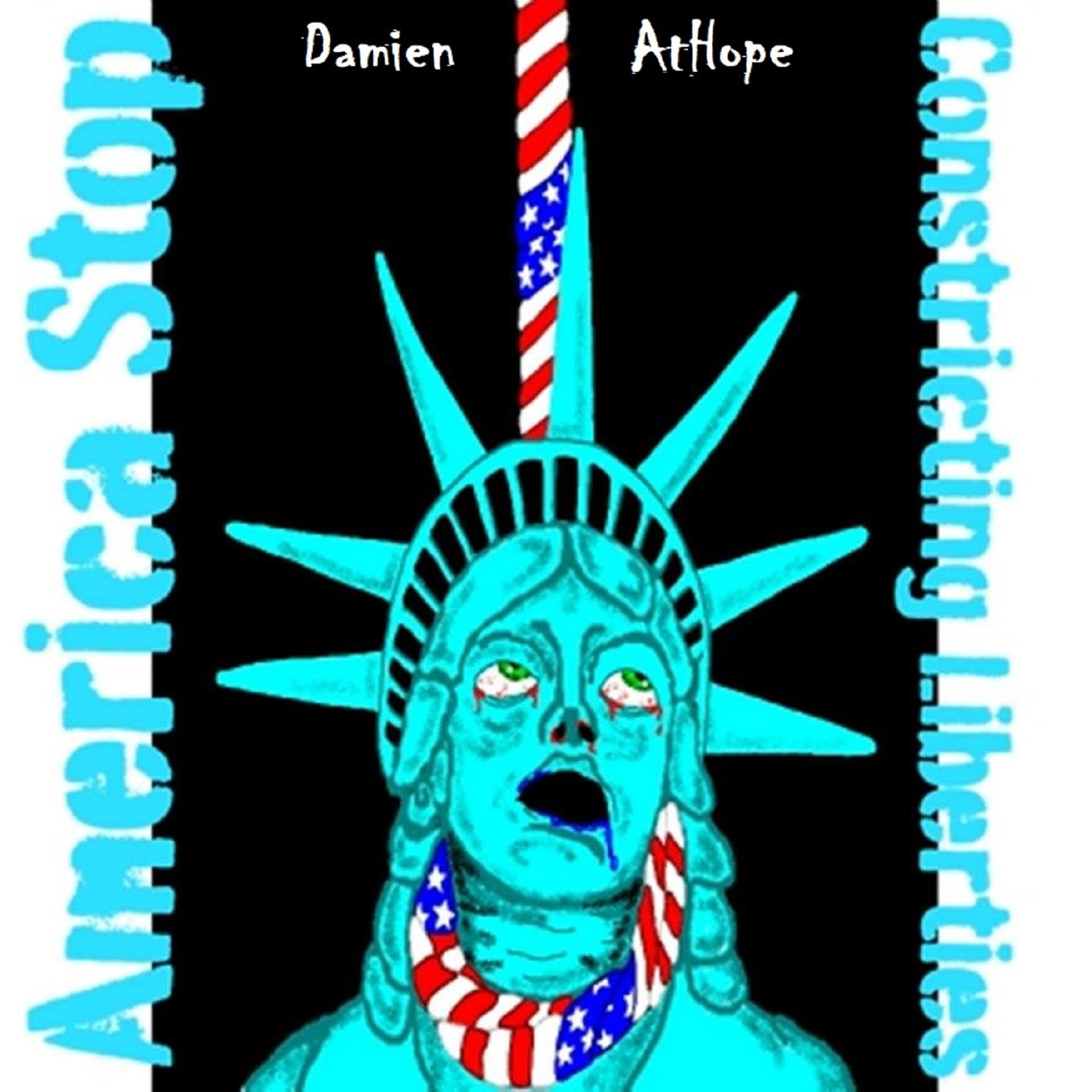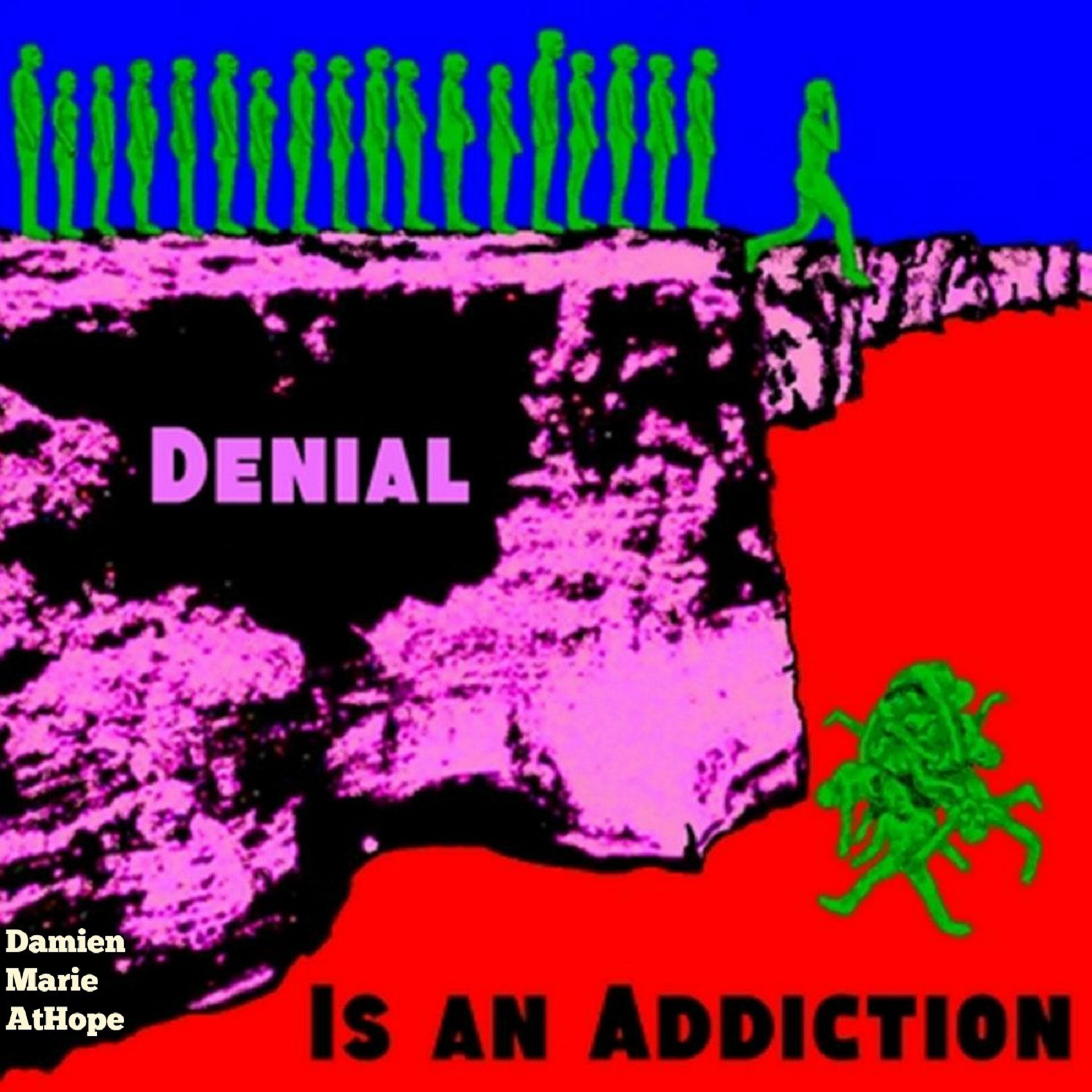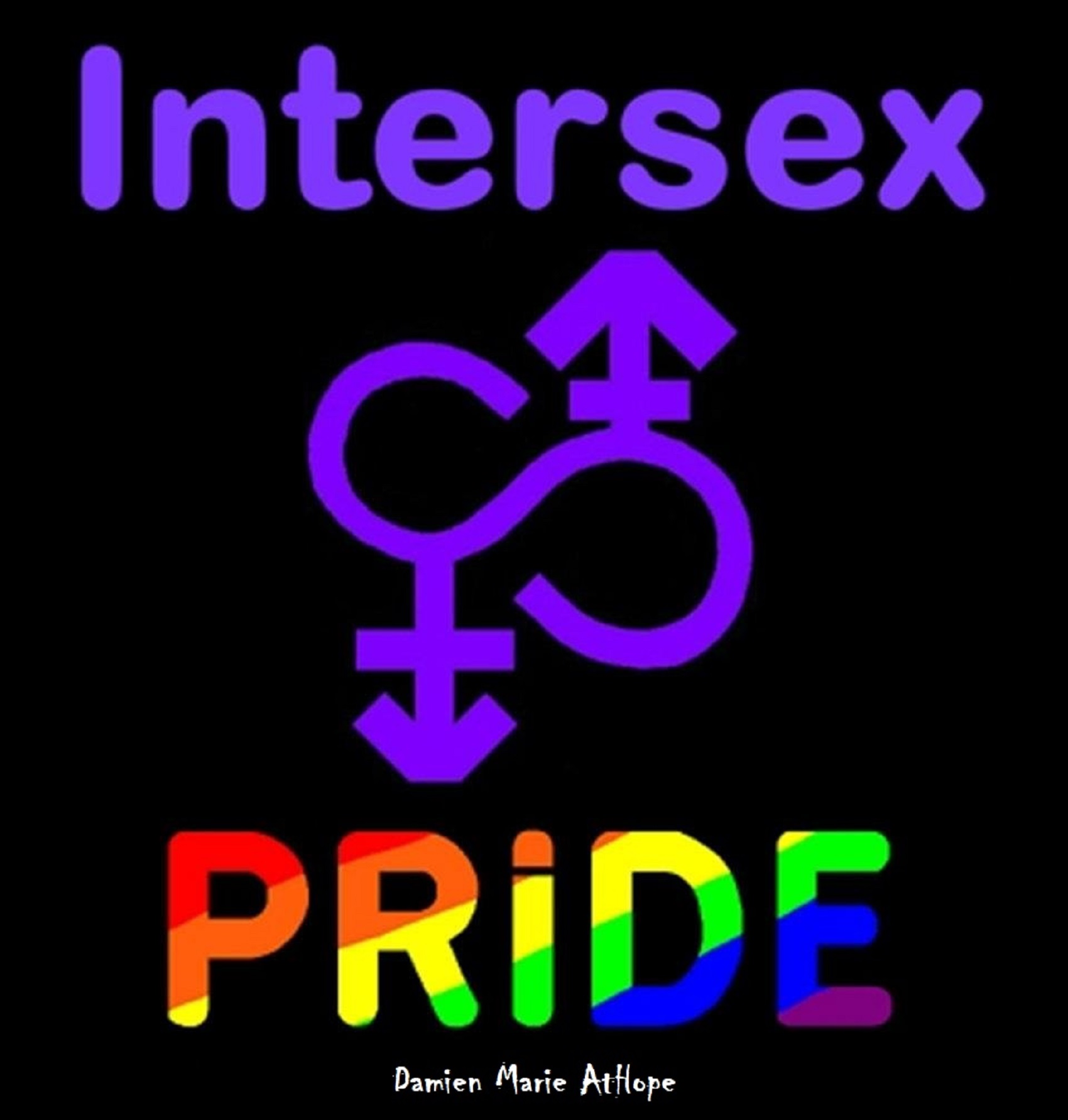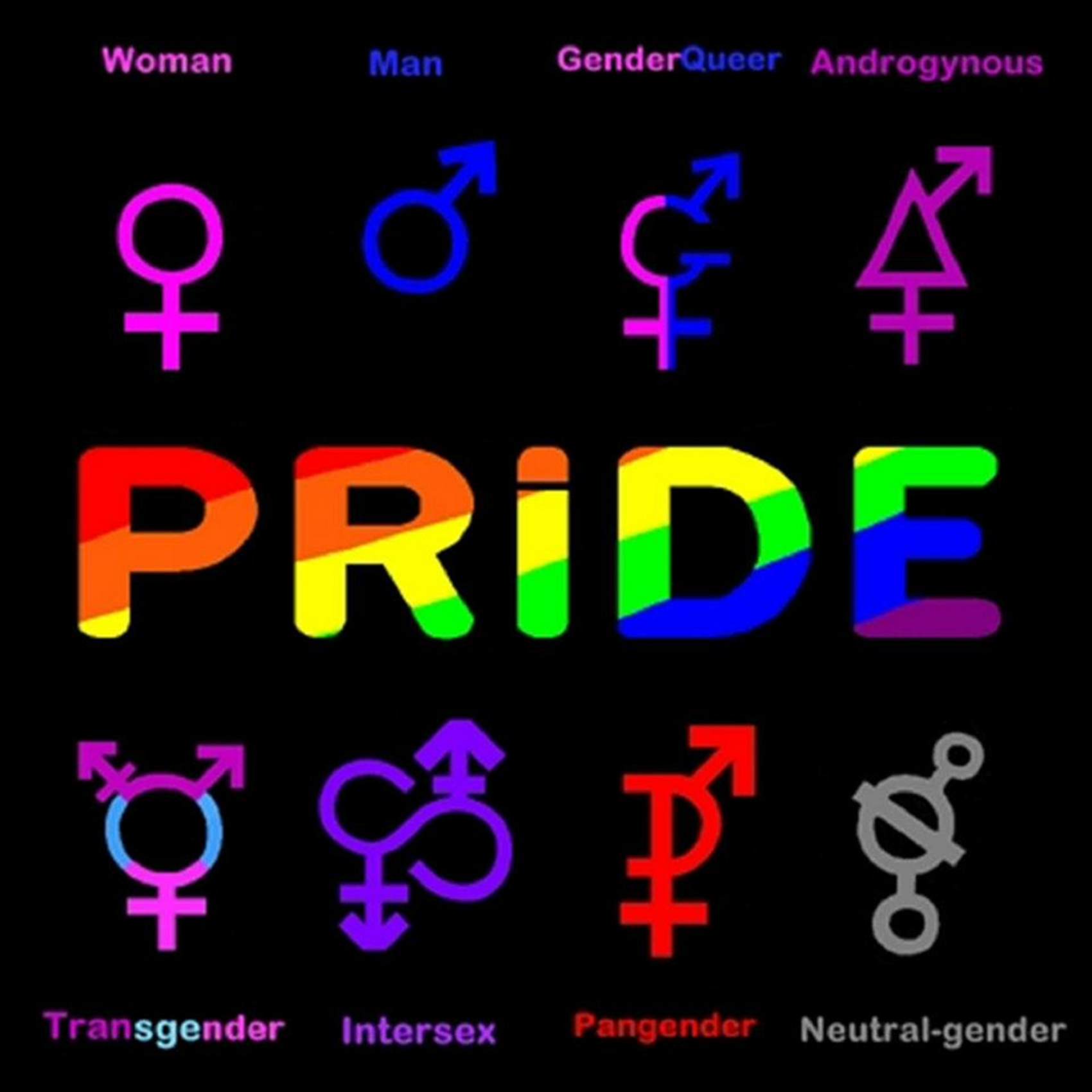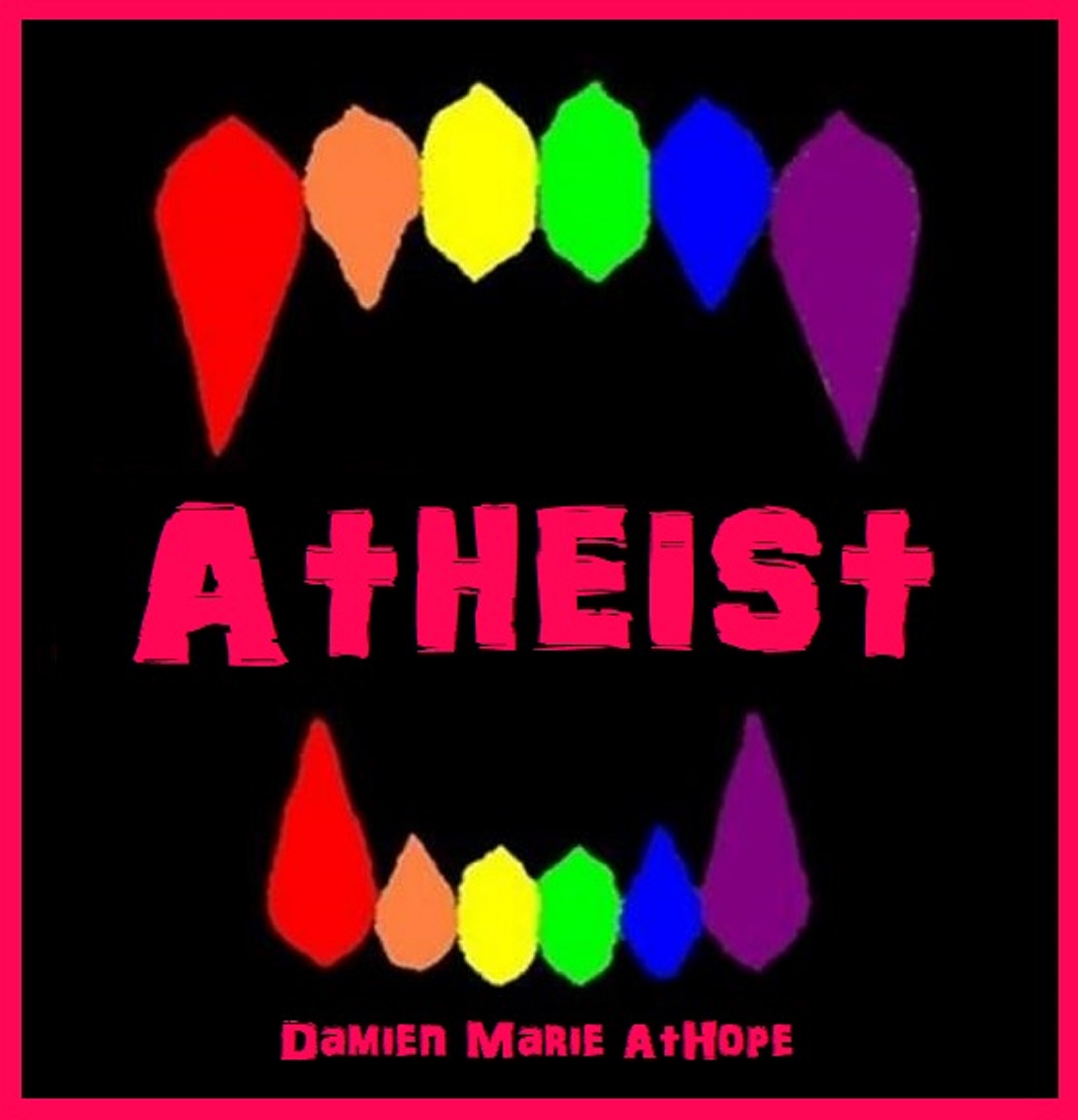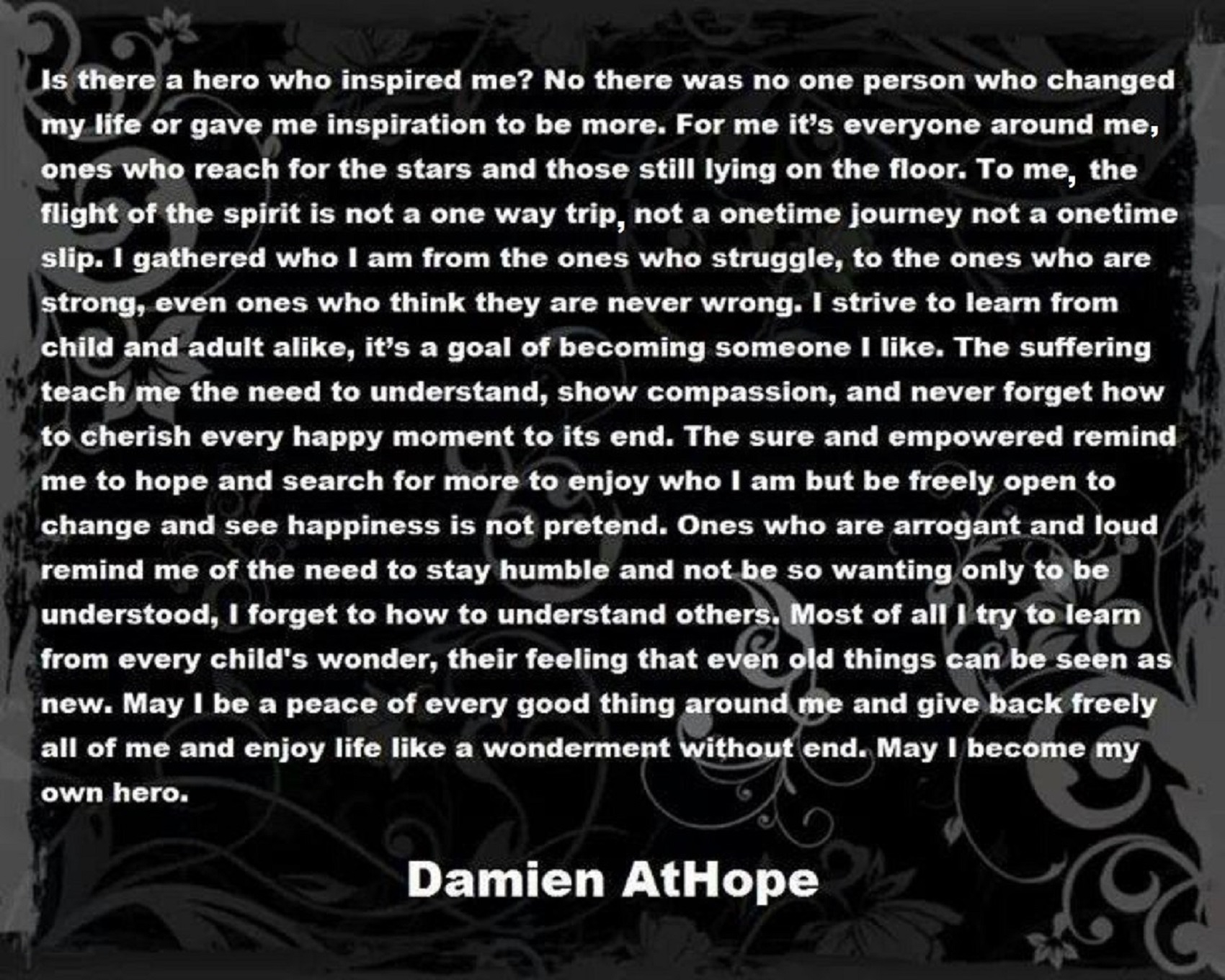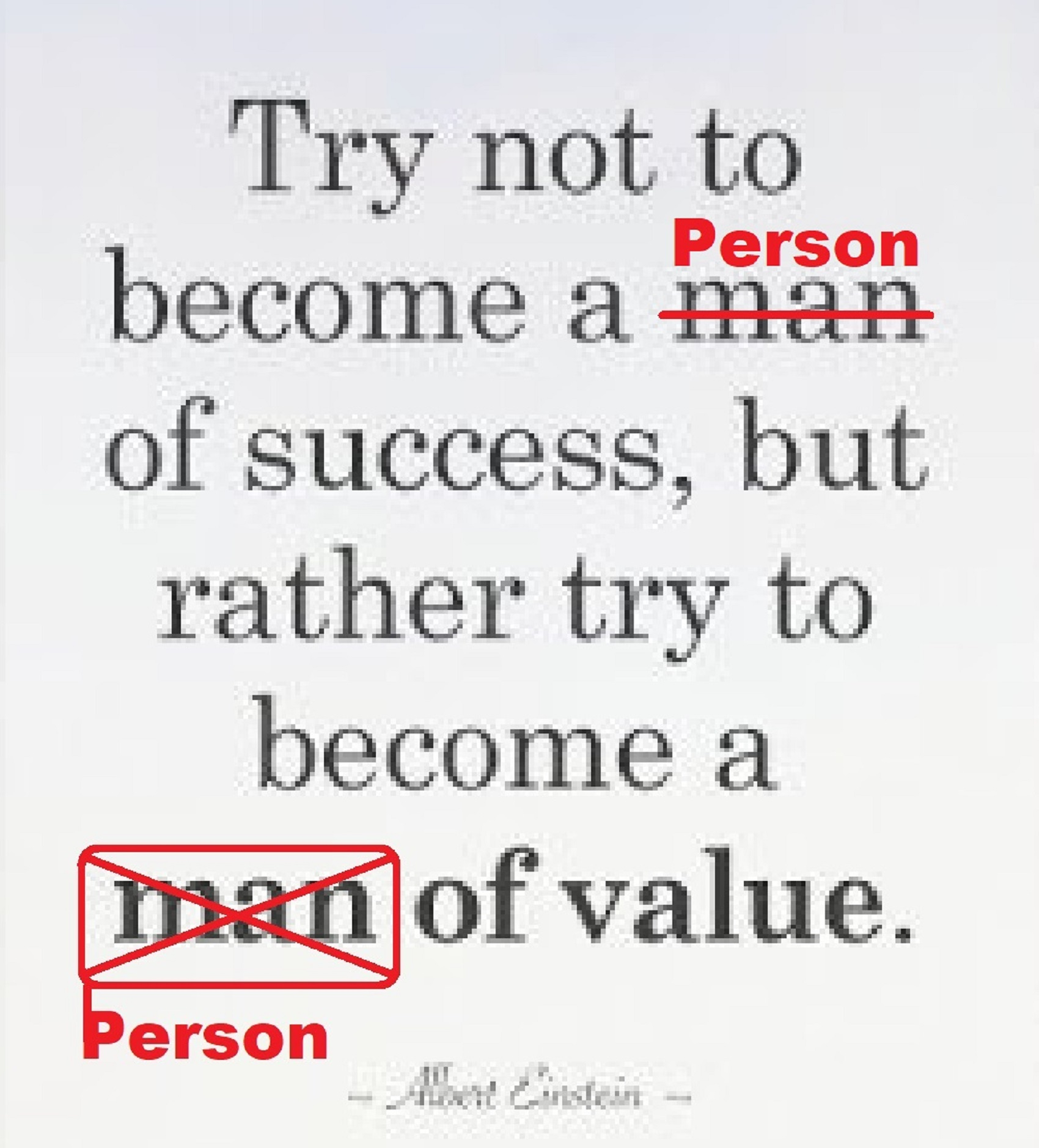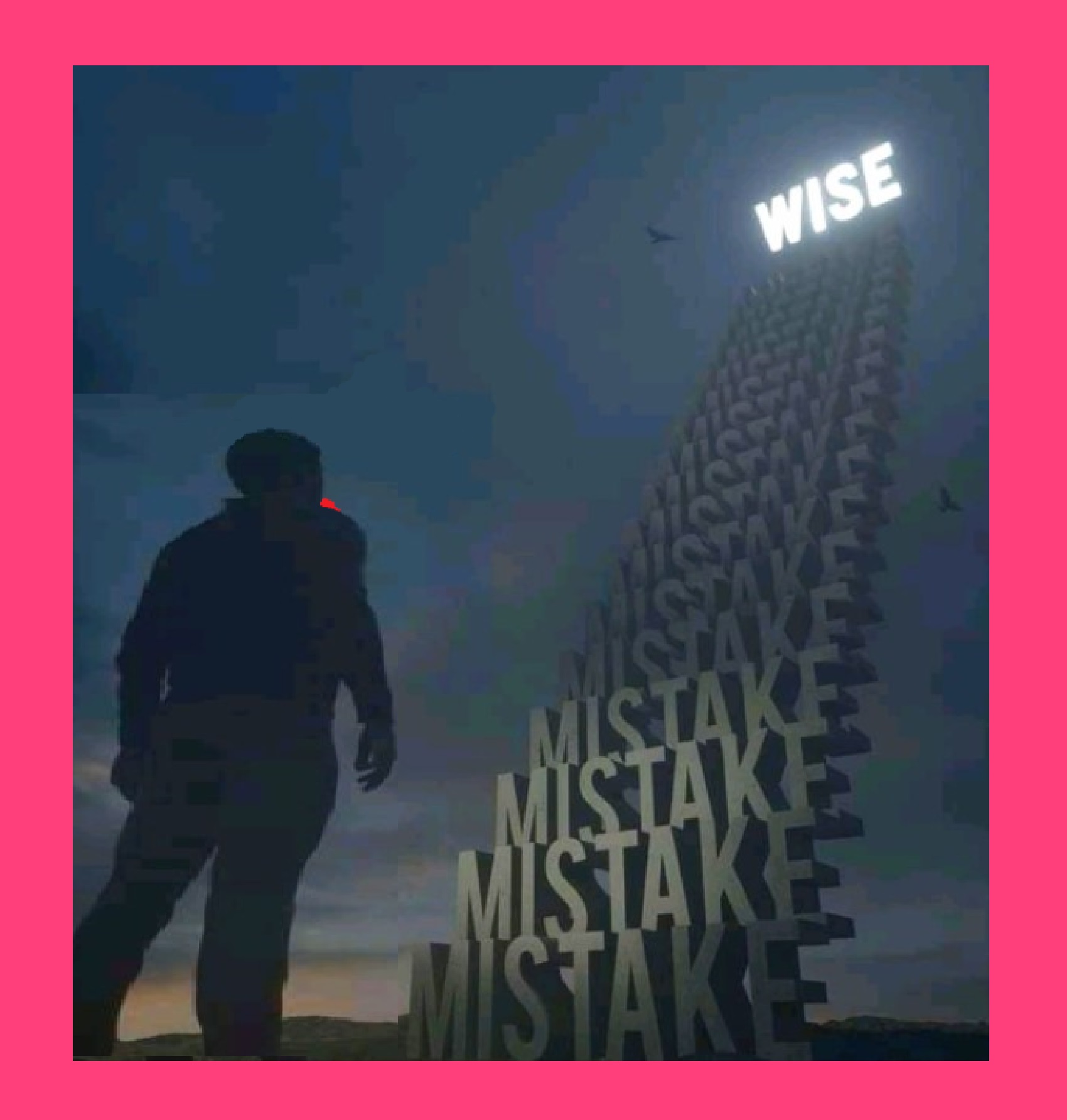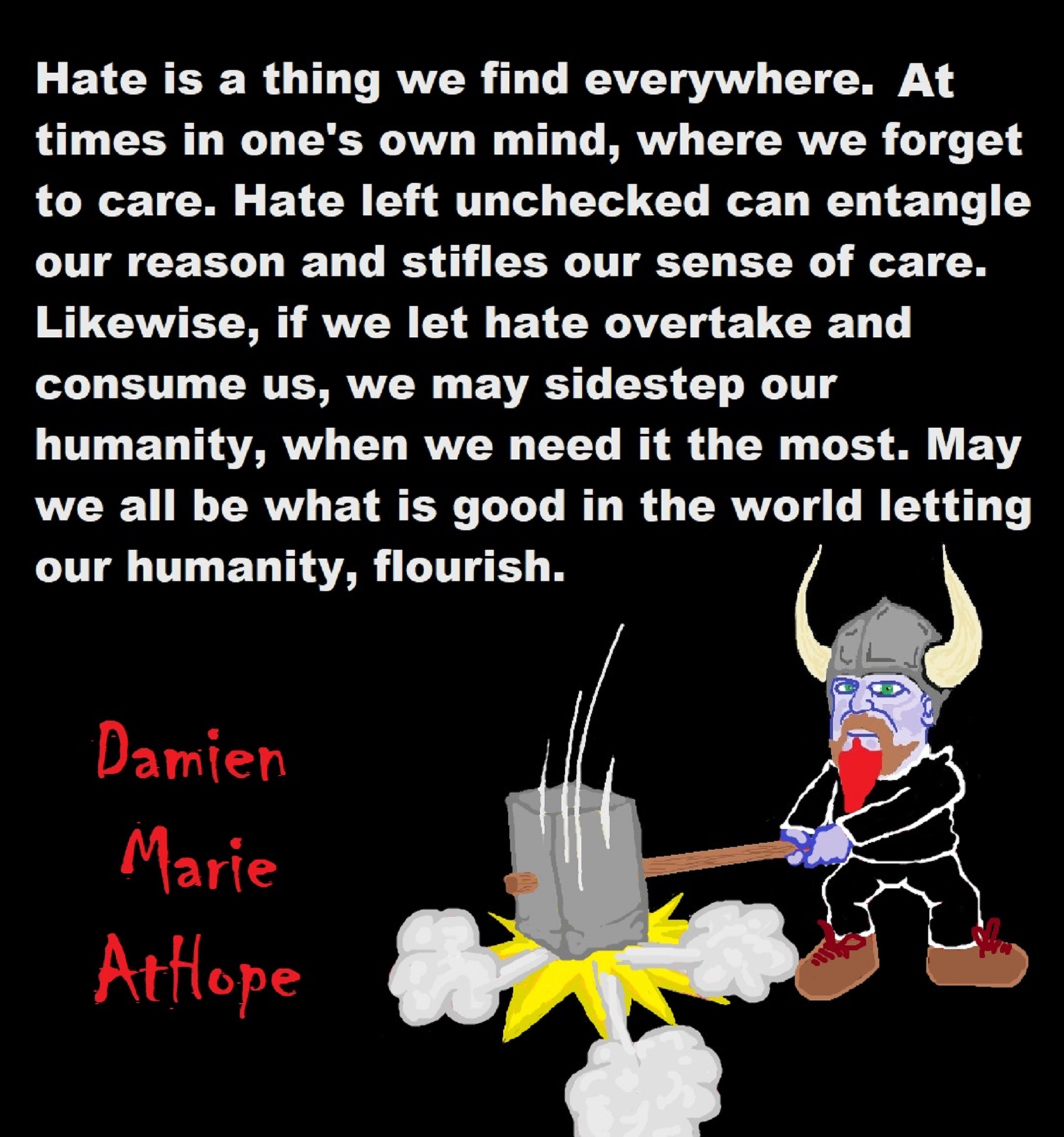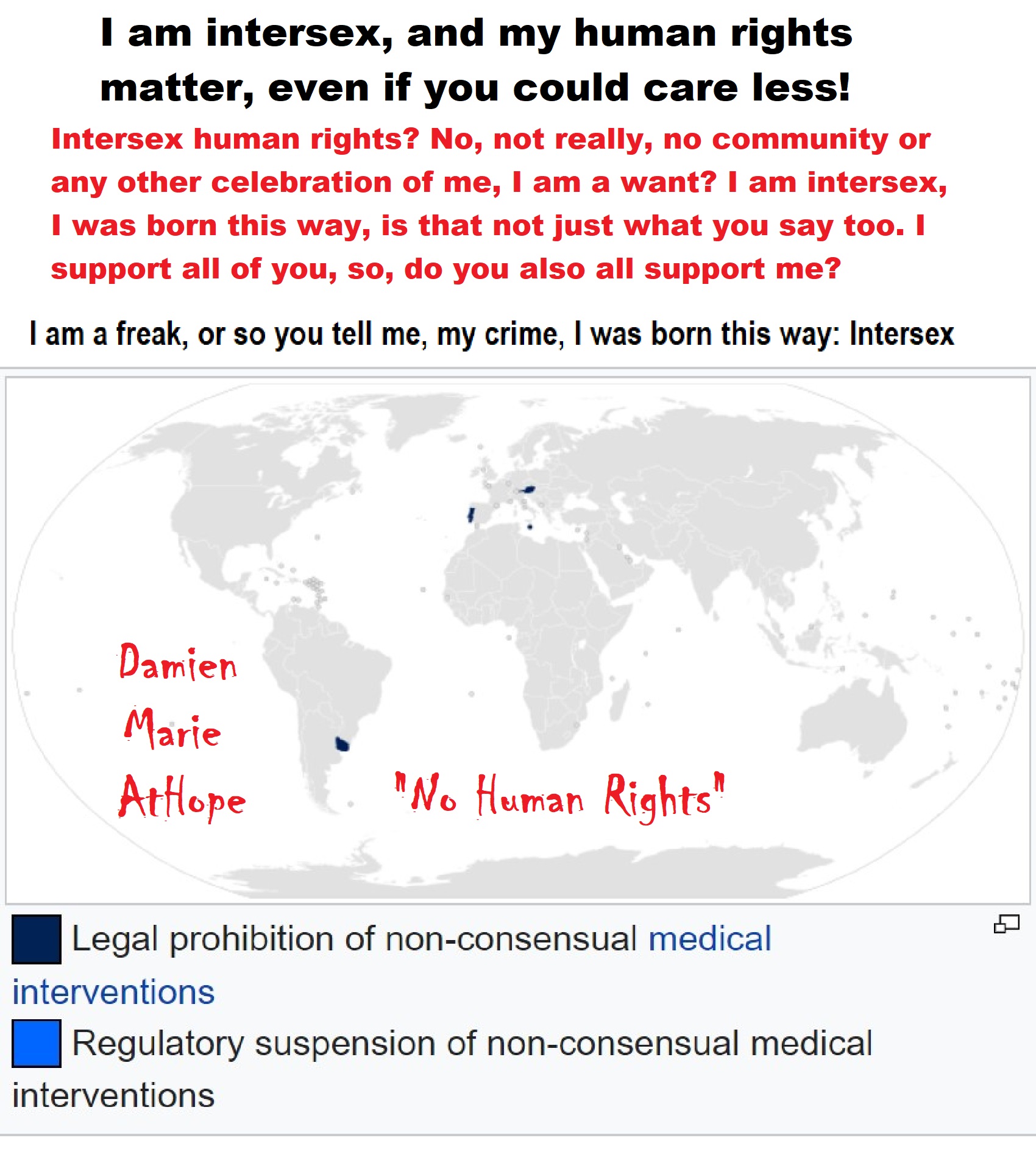
Intersex and a lack of protected human rights: physical integrity and bodily autonomy!
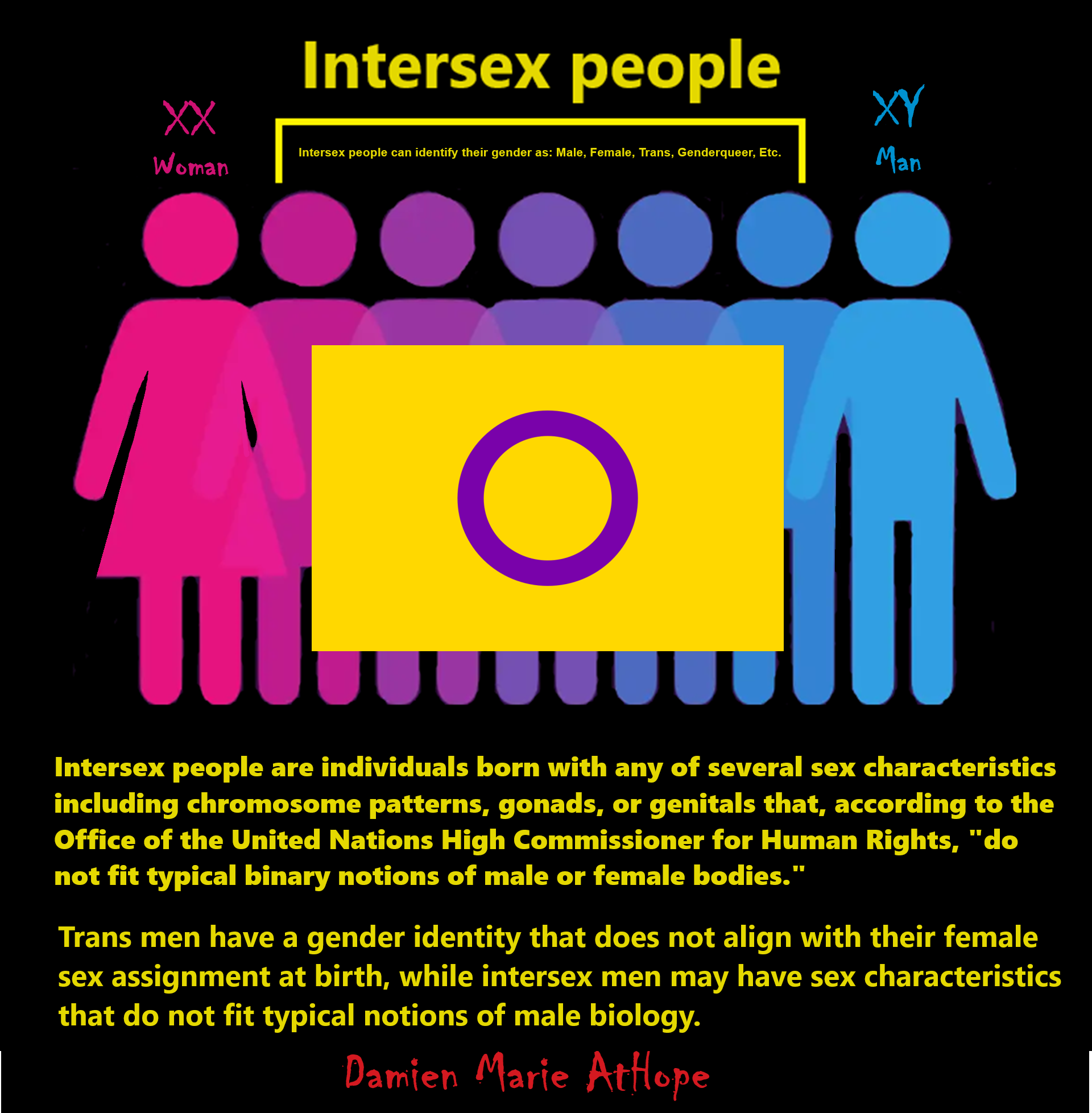
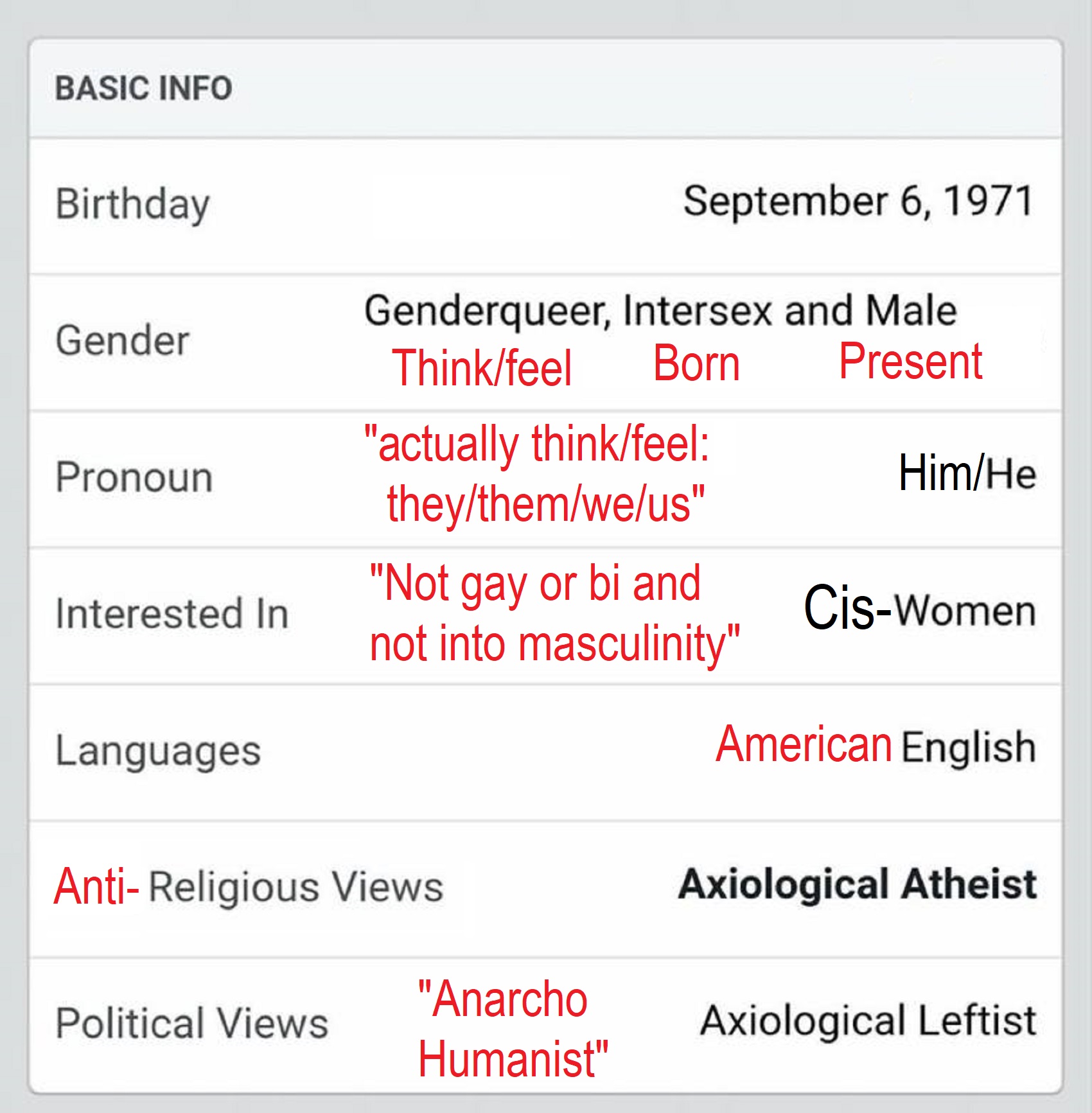
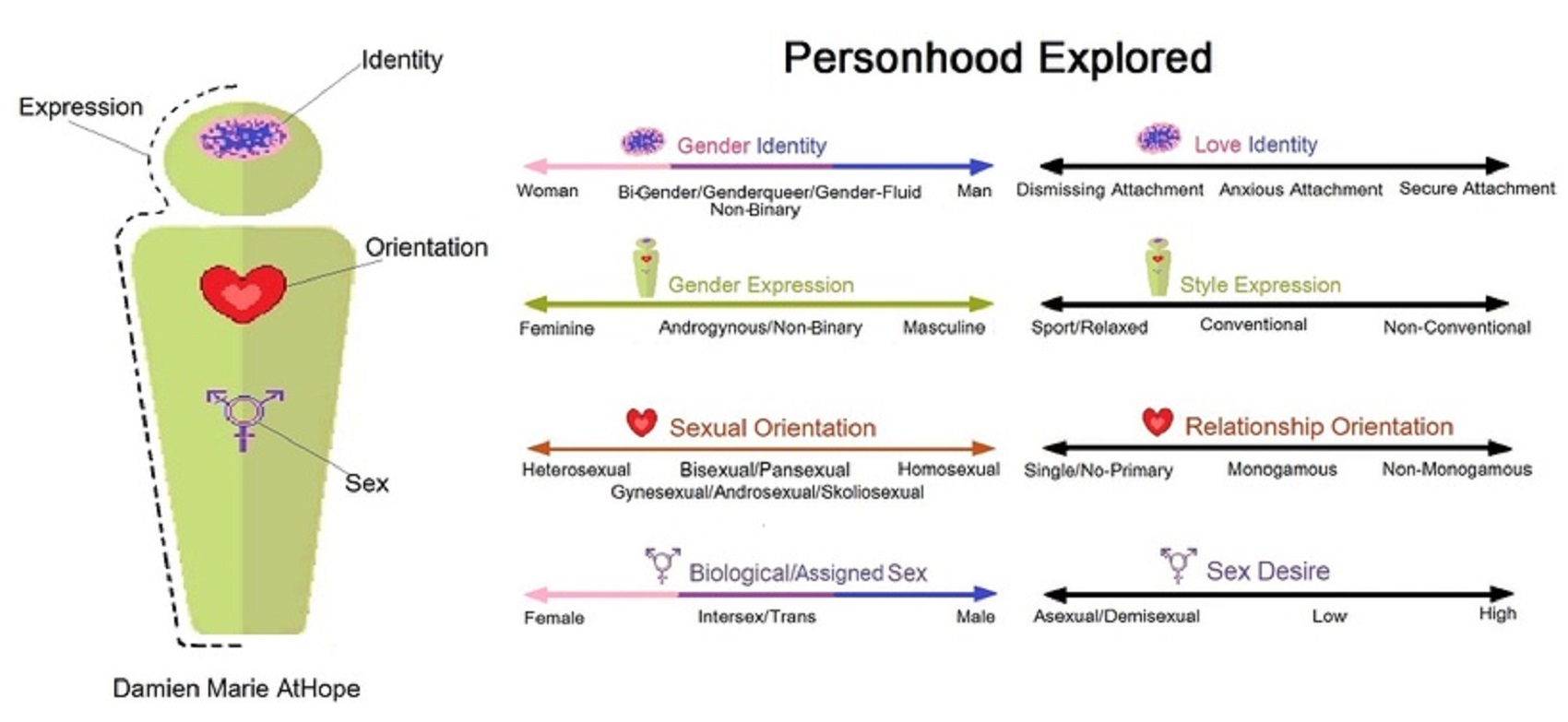
Woman to Man in 1 2 3
It takes three processes to make a man. Anti-feminizing androgens, masculinizing androgens, and testosterone. For me as an intersex person, something did not act normal so I was not made a full man. I am intersex in my body where I am mostly male with not normal features pseudo female/some female.
What did you say? You don’t like LGBTQ extremists???
I strive to be a servant leader that teaches teachers and builds more servant leaders to go out and also lead leaders and teach teachers. And this all starts in my willingness to be a student of the world. Let me give an example of how I can be the best student, I hear things, when no words are said. I am light-hearted, very loving, and live a life of kindness. I was taught by a respected teacher, my cat, who is only love. I have learned, such deep care, from her. I am a better person because she loves me.
Yes, I am Wicked Smart and an Autodidactic Polymath
I am, like, a gangster rapper-style, medal-head, and goth-lion “champion of humanity” that is like a birth child of “Robert Green Ingersoll” and “Mikhail Alexandrovich Bakunin” with a “Gloria Marie Steinem” chaser.
For the love of Hillbillies and Teachers?
7,000 years of Class Conflict, Class War Struggle Ain’t Nothing New! https://www.patreon.com/posts/51503091
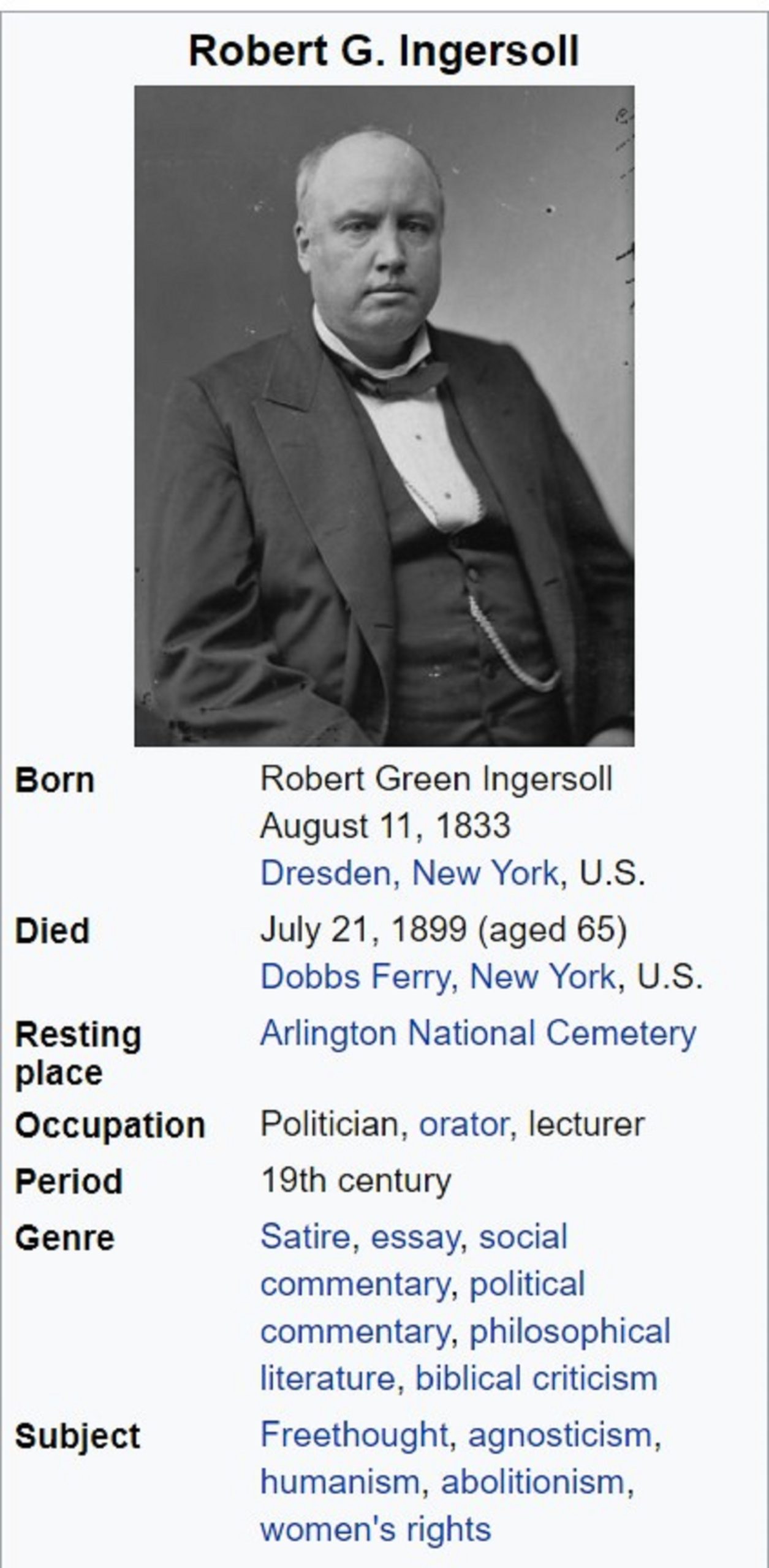
“Robert Green Ingersoll; August 11, 1833 – July 21, 1899 and was an American lawyer, writer, and orator during the Golden Age of Free Thought, who campaigned in defense of agnosticism. He was nicknamed “The Great Agnostic“. Robert Ingersoll was born in Dresden, New York. His father, John Ingersoll, was an abolitionist-sympathizing Congregationalist preacher, whose radical opinions caused him and his family to relocate frequently. For a time, Rev. John Ingersoll substituted as preacher for American revivalist Charles G. Finney while Finney was on a tour of Europe. Upon Finney’s return, Rev. Ingersoll remained for a few months as co-pastor/associate pastor with Finney. The elder Ingersoll’s later pastoral experiences influenced young Robert negatively, however, as The Elmira Telegram described in 1890. After the war, he served as Illinois Attorney General.” ref
“He was a prominent member of the Republican Party and, though he never had an elected job, he was nonetheless an active participant in politics. According to Robert Nisbet, Ingersoll was a “staunch Republican.” His speech nominating James G. Blaine for the 1876 presidential election was unsuccessful, as Rutherford B. Hayes received the Republican nomination, but the speech itself, known as the “Plumed Knight” speech, was considered a model of political oratory. His opinions on slavery, woman’s suffrage, and other issues of the time would sometimes become part of the mainstream, but his atheism/agnosticism effectively prevented him from ever pursuing or holding political offices higher than that of state attorney general. Illinois Republicans tried to persuade him to campaign for governor on the condition that Ingersoll conceals his agnosticism during the campaign, which he refused to do.” ref
“In a lecture entitled “The Great Infidels”, he attacked the doctrine of Hell: “All the meanness, all the revenge, all the selfishness, all the cruelty, all the hatred, all the infamy of which the heart of man is capable, grew blossomed, and bore fruit in this one word – Hell.” Susan Jacoby credits Ingersoll for the revival of Thomas Paine‘s reputation in American intellectual history, which had decreased after the publication of The Age of Reason published during 1794–95. Paine postulated that men, not God, had written the Bible, and Ingersoll included this work in his lectures on freethinking. As the only freethinker of his time with a wide audience outside of the unbelieving circle, he reintroduced Paine’s ideas to a new generation. In 2005, a popular edition of Ingersoll’s work was published by Steerforth Press. Edited by the Pulitzer Prize-winning music critic Tim Page, What’s God Got to Do With It: Robert Ingersoll on Free Speech, Honest Talk, and the Separation of Church and State brought Ingersoll’s thinking to a new audience.” ref
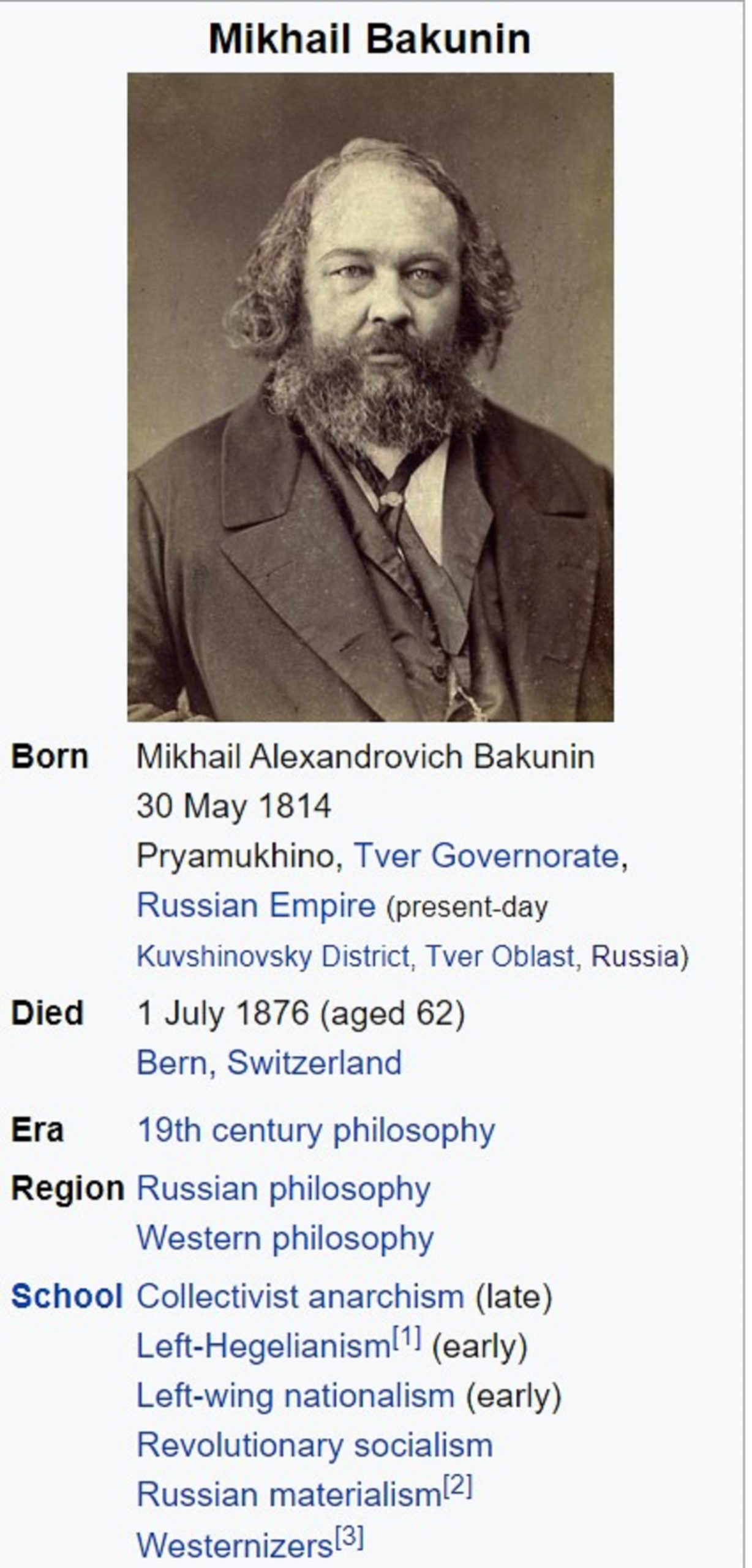
“Mikhail Alexandrovich Bakunin 30 May [O.S. 18 May] 1814 – 1 July 1876) was a Russian revolutionary anarchist, socialist and founder of collectivist anarchism. He is considered among the most influential figures of anarchism and a major founder of the revolutionary socialist and social anarchist tradition. Bakunin’s prestige as a revolutionary also made him one of the most famous ideologues in Europe, gaining substantial influence among radicals throughout Russia and Europe.” ref
“Bakunin grew up in Pryamukhino, a family estate in Tver Governorate. From 1840, he studied in Moscow, then in Berlin hoping to enter academia. Later in Paris, he met Karl Marx and Pierre-Joseph Proudhon, who deeply influenced him. Bakunin’s increasing radicalism ended hopes of a professorial career. He was expelled from France for opposing Russia’s occupation of Poland. In 1849, he was arrested in Dresden for his participation in the Czech rebellion of 1848 and deported to Russia, where he was imprisoned first in Saint Petersburg, then in the Shlisselburg fortress from 1854, and finally exiled to Siberia in 1857. He escaped via Japan to the United States and then to London, where he worked with Alexander Herzen on the journal Kolokol (The Bell). In 1863, Bakunin left to join the insurrection in Poland, but he failed to reach it and instead spent time in Switzerland and Italy.” ref
“In 1868, Bakunin joined the International Working Men’s Association, leading the anarchist faction to rapidly grow in influence. The 1872 Hague Congress was dominated by a struggle between Bakunin and Marx, who was a key figure in the General Council of the International and argued for the use of the state to bring about socialism. On the other hand, Bakunin and the anarchist faction argued for the replacement of the state by federations of self-governing workplaces and communes. Bakunin could not reach the Netherlands and the anarchist faction lost the debate in his absence. Bakunin was expelled from the International for maintaining, in Marx’s view, a secret organization within the International and founded the Anti-Authoritarian International in 1872. From 1870 until his death in 1876, Bakunin wrote his longer works such as Statism and Anarchy and God and the State, but he continued to directly participate in European worker and peasant movements. In 1870, he was involved in an insurrection in Lyon, France. Bakunin sought to take part in an anarchist insurrection in Bologna, Italy, but his declining health forced him to return to Switzerland in disguise.” ref
“Bakunin is remembered as a major figure in the history of anarchism, an opponent of Marxism, especially of the dictatorship of the proletariat, and for his predictions that Marxist regimes would be one-party dictatorships over the proletariat, not by the proletariat. His book God and the State has been widely translated and remains in print. Bakunin continues to influence anarchists such as Noam Chomsky. Bakunin has had a significant influence on thinkers such as Peter Kropotkin, Errico Malatesta, Herbert Marcuse, E. P. Thompson, Neil Postman, and A. S. Neill as well as syndicalist organizations such as the Wobblies, the anarchists in the Spanish Civil War, and contemporary anarchists involved in the modern-day anti-globalization movement.” ref
“Mikhail Alexandrovich Bakunin was born to a Russian noble family in the Pryamukhino [ru] village situated between Torzhok and Kuvshinovo. His father Alexander Mikhailovich Bakunin [ru] (1768–1854) was a career diplomat who served in Italy and France, and upon his return settled down at the paternal estate and became a Marshal of Nobility. According to the family legend, the Bakunin dynasty was founded in 1492 by one of the three brothers of the noble Báthory family who left Hungary to serve under Vasili III of Russia. But the first documented ancestor was a 17th-century Moscow dyak (clerk) Nikifor Evdokimov nicknamed Bakunya (from the Russian bakunya, bakulya meaning “chatterbox, phrase monger”). Alexander’s mother, knyazna Lubov Petrovna Myshetskaya, belonged to the impoverished Upper Oka Principalities branch of the Rurik dynasty founded by Mikhail Yurievich Tarussky, grandson of Michael of Chernigov.” ref
“In 1810, Alexander married Varvara Alexandrovna Muravyova (1792—1864), who was 24 years younger than him. She came from the ancient noble Muravyov family founded in the 15th century by the Ryazan boyar Ivan Vasilievich Alapovsky nicknamed Muravey (meaning “ant”) who was granted land in Veliky Novgorod. Her second cousins included Nikita Muravyov and Sergey Muravyov-Apostol, key figures in the Decembrist revolt. Alexander’s liberal beliefs led to his involvement in a Decembrist club. After Nicolas I became Emperor, Alexander gave up politics and devoted himself to the estate and his children—five girls and five boys, the oldest of whom was Mikhail.” ref
“At age 14, Bakunin left for Saint Petersburg and became a Junker at the Artillery School, today called Mikhailovskaya Military Artillery Academy. In 1833, he received a rank of Praporshchik and was seconded to serve in an artillery brigade in the Minsk and Grodno Governorates. He did not enjoy the army, and having free time, he spent it on self-education. In 1835, he was seconded to Tver and from there returned to his village. Although his father wanted him to continue in either the military or civil service, Bakunin traveled to Moscow to study philosophy.” ref
Interest in philosophy
“In Moscow, Bakunin soon became friends with a group of former university students. According to E. H. Carr, they studied idealist philosophy grounded in the poet Nikolay Stankevich, “the bold pioneer who opened to Russian thought the vast and fertile continent of German metaphysics”. They also studied Immanuel Kant, then Friedrich Wilhelm Joseph Schelling, Johann Gottlieb Fichte and Georg Wilhelm Friedrich Hegel. By autumn 1835, Bakunin conceived of forming a philosophical circle in his hometown of Pryamukhino. By early 1836 he was back in Moscow, where he published translations of Johann Gottlieb Fichte‘s Some Lectures Concerning the Scholar’s Vocation and The Way to a Blessed Life, which became his favorite book. With Stankevich, Bakunin also read Johann Wolfgang von Goethe, Friedrich Schiller and E. T. A. Hoffmann.” ref
“Bakunin became increasingly influenced by Hegel and made the first Russian translation of his work. During this period, he met Slavophile Konstantin Aksakov, Pyotr Chaadayev, and socialists Alexander Herzen and Nikolay Ogarev. He developed his pan-Slavic views. After long wrangles with his father, Bakunin went to Berlin in 1840. His stated plan was to become a university professor (a “priest of truth” as he and his friends imagined it), but he soon met and joined students of the Young Hegelians and the socialist movement. In his 1842 essay “The Reaction in Germany”, he argued for the revolutionary role of negation, summed up in the phrase “the passion for destruction is a creative passion”.” ref
“After three semesters in Berlin, Bakunin went to Dresden where he became friends with Arnold Ruge. Here, he also read Lorenz von Stein‘s Der Sozialismus und Kommunismus des heutigen Frankreich and developed a passion for socialism. He abandoned his interest in an academic career, and devoted more and more time to promoting revolution. The Russian government, becoming aware of this activity, ordered him to return to Russia. On his refusal, his property was confiscated. Instead, he went with Georg Herwegh to Zürich, Switzerland.” ref
Imprisonment, “confession” and exile
“Bakunin was taken to the Peter and Paul Fortress. At the beginning of his captivity, Alexey Fyodorovich Orlov, an emissary of the Tsar, visited Bakunin and told him that the Tsar requested a written confession. After three years in the dungeons of the fortress, he spent another four years in the castle of Shlisselburg. Due to his diet, he suffered from scurvy and all his teeth fell out. Later, he recounted that he found relief in mentally re-enacting the legend of Prometheus. His continuing imprisonment in these awful conditions led him to entreat his brother to supply him with poison. Novelist Aleksandr Solzhenitsyn in his book The Gulag Archipelago (published in 1973) recounts that Bakunin “abjectly groveled before Nicholas I — thereby avoiding execution. Was this wretchedness of soul? Or revolutionary cunning?” ref
“Following the death of Nicholas I, the new Tsar Alexander II personally struck Bakunin’s name off the amnesty list. In February 1857, his mother’s pleas to the Tsar were finally heeded and he was allowed to go into permanent exile in the western Siberian city of Tomsk. Within a year of arriving in Tomsk, Bakunin married Antonina Kwiatkowska, the daughter of a Polish merchant. He had been teaching her French. In August 1858, Bakunin was visited by his second cousin, General Count Nikolay Muravyov-Amursky, who had been governor of Eastern Siberia for ten years.” ref
“Muravyov was a liberal and Bakunin, as his relative, became a particular favorite. In the spring of 1859 Muravyov helped Bakunin with a job for Amur Development Agency which allowed him to move with his wife to Irkutsk, the capital of Eastern Siberia. This brought Bakunin to the circle of political discussion at Muravyov’s colonial headquarters. Saint Petersburg’s treatment of the colony, including the dumping of malcontents there, fostered resentment. This inspired a proposal for a United States of Siberia, independent of Russia and federated into a new United States of Siberia and America, following the example of the United States of America. The circle included Muravyov’s young Chief of Staff Kukel, who Peter Kropotkin related had the complete works of Alexander Herzen; the civil governor Izvolsky, who allowed Bakunin to use his address for correspondence; and Muravyov’s deputy and eventual successor, General Alexander Dondukov-Korsakov.” ref
“When Herzen criticized Muravyov in The Bell, Bakunin wrote vigorously in his patron’s defence. Bakunin tired of his job as a commercial traveler, but thanks to Muravyov’s influence, was able to keep his sinecure (worth 2,000 roubles a year) without having to perform any duties. Muravyov was forced to retire from his post as governor-general, partly because of his liberal views and partly due to fears he might take Siberia towards independence. He was replaced by Korsakov, who perhaps was even more sympathetic to the plight of the Siberian exiles. Korsakov was also related to Bakunin, Bakunin’s brother Paul having married his cousin. Taking Bakunin’s word, Korsakov gave him a written permission to board all ships on the Amur River and its tributaries as long as he was back in Irkutsk when the ice came.” ref
Escape from exile and return to Europe
“On 5 June 1861, Bakunin left Irkutsk under cover of company business, ostensibly employed by a Siberian merchant to make a trip to Nikolaevsk. By 17 July, he was aboard the Russian warship Strelok bound for Kastri. However, in the port of Olga, he persuaded the American captain of the SS Vickery to take him aboard. Despite bumping into the Russian Consul on board, Bakunin sailed away under the nose of the Russian Imperial Navy. By 6 August, he had reached Hakodate in the northernmost Japanese island of Hokkaidō and continued south to Yokohama.” ref
“In Japan, Bakunin met by chance Wilhelm Heine, a comrade-in-arms from Dresden. He also met the German botanist Philipp Franz von Siebold who had been involved in opening up Japan to Europeans (particularly the Russians and the Dutch) and was a friend of Bakunin’s patron Muraviev. Von Siebold’s son wrote some 40 years later:
In that Yokohama boarding-house we encountered an outlaw from the Wild West Heine, presumably as well as many other interesting guests. The presence of the Russian revolutionist Michael Bakunin, in flight from Siberia, was as far as one could see being winked at by the authorities. He was well-endowed with money, and none who came to know him could fail to pay their respects.” ref
“With his ideas still developing, Bakunin left Japan from Kanagawa on the SS Carrington. He was one of 16 passengers including Heine, Rev. P. F. Koe, and Joseph Heco. Heco was a Japanese American, who eight years later played a significant role giving political advice to Kido Takayoshi and Itō Hirobumi during the revolutionary overthrow of the feudal Tokugawa shogunate.[29] They arrived in San Francisco on 15 October. Bakunin boarded the Orizaba for Panama (the quickest route to New York), and after waiting two weeks boarded the Champion for New York.” ref
“In Boston, Bakunin visited Karol Forster, a partisan of Ludwik Mieroslawski during the 1848 Revolution in Paris, and caught up with other “Forty-Eighters“, veterans of the 1848 revolutions in Europe, such as Friedrich Kapp. He then sailed for Liverpool, arriving on December 27. Bakunin immediately went to London to see Herzen. That evening he burst into the drawing-room where the family was having supper. “What! Are you sitting down eating oysters! Well! Tell me the news. What is happening, and where?!” ref
Relocation to Italy and influence in Spain
“Having re-entered Western Europe, Bakunin immediately immersed himself in the revolutionary movement. In 1860, while still in Irkutsk, Bakunin and his political associates had been greatly impressed by Giuseppe Garibaldi and his expedition to Sicily, during which he declared himself dictator in the name of Victor Emmanuel II. After his return to London, he wrote to Garibaldi on 31 January 1862: “If you could have seen as I did the passionate enthusiasm of the whole town of Irkutsk, the capital of Eastern Siberia, at the news of your triumphal march across the possession of the mad king of Naples, you would have said as I did that there is no longer space or frontiers.” ref
“Bakunin asked Garibaldi to participate in a movement encompassing Italians, Hungarians, and South Slavs against both Austria and Turkey. Garibaldi was preparing for the Expedition against Rome. By May, Bakunin’s correspondence focused on Italian-Slavic unity and the developments in Poland. By June, he had resolved to move to Italy, but waited for his wife to join him. When he left for Italy in August, Mazzini wrote to Maurizio Quadrio, one of his key supporters, that Bakunin was a good and dependable person. However, with the news of the defeat at Aspromonte, Bakunin paused in Paris where he was briefly involved with Ludwik Mierosławski. However, Bakunin rejected Mieroslawski’s chauvinism and refusal to grant any concessions to the peasants.” ref
“In September, Bakunin returned to England and focussed on Polish affairs. When the Polish insurrection broke out in January 1863, he sailed to Copenhagen to join the Polish insurgents. They planned to sail across the Baltic in the SS Ward Jackson to join the insurrection. This attempt failed, and Bakunin met his wife in Stockholm before returning to London.” ref
“akunin focussed again on going to Italy and his friend Aurelio Saffi wrote him letters of introduction to revolutionaries in Florence, Turin, and Milan. Mazzini wrote him letters of commendation to Federico Campanella in Genoa and Giuseppe Dolfi in Florence. Bakunin left London in November 1863, traveled via Brussels, Paris, and Vevey, (Switzerland), and arrived in Italy on 11 January 1864. It was here that he first developed his anarchist ideas. Bakunin planned a secret organization of revolutionaries to carry out propaganda and prepare for direct action. He recruited Italians, Frenchmen, Scandinavians, and Slavs into the International Brotherhood, also called the Alliance of Revolutionary Socialists.” ref
“By July 1866, Bakunin was informing Herzen and Ogarev about the fruits of his work over the previous two years. His secret society then had members in Sweden, Norway, Denmark, Belgium, Britain, France, Spain, and Italy, as well as Polish and Russian members. Among his Polish associates was the former insurgent, Walery Mroczkowski, who became a friend and translator into French. In his Catechism of a Revolutionary of 1866, he opposed religion and the state, advocating the “absolute rejection of every authority including that which sacrifices freedom for the convenience of the state.” ref
“Giuseppe Fanelli met Bakunin at Ischia in 1866. In October 1868, Bakunin sponsored Fanelli to travel to Barcelona to share his libertarian visions and recruit revolutionists to the International Workingmen’s Association. Fanelli’s trip and the meeting he organized during his travels was the catalyst for the Spanish exiles, the largest workers’ and peasants’ movement in modern Spain, and the largest Anarchist movement in modern Europe. Fanelli’s tour took him first to Barcelona, where he met and stayed with Elisée Reclus. Reclus and Fanelli disagreed about Reclus’ friendships with Spanish republicans, and Fanelli soon left Barcelona for Madrid. Fanelli stayed in Madrid until the end of January 1869, conducting meetings to introduce Spanish workers, including Anselmo Lorenzo, to the First International. In February 1869 Fanelli left Madrid, journeying home via Barcelona. While in Barcelona again, he met with painter Josep Lluís Pellicer and his cousin, Rafael Farga Pellicer along with others who were to play an important role establishing the International in Barcelona, as well as the Alliance section.” ref
“During the 1867–1868 period, Bakunin responded to Émile Acollas‘s call and became involved in the League of Peace and Freedom (LPF), for which he wrote a lengthy essay Federalism, Socialism, and Anti-Theologism Here he advocated a federalist socialism, drawing on the work of Proudhon. He supported freedom of association and the right of secession for each unit of the federation, but emphasized that this freedom must be joined with socialism for “[l]iberty without socialism is privilege, injustice; socialism without liberty is slavery and brutality”.” ref
“Bakunin played a prominent role in the Geneva Conference of the LPF (September 1867), and joined the Central Committee. The founding conference was attended by 6,000 people. As Bakunin rose to speak, “the cry passed from mouth to mouth: ‘Bakunin!’ Garibaldi, who was in the chair, stood up, advanced a few steps, and embraced him. This solemn meeting of two old and tried warriors of the revolution produced an astonishing impression. […] Everyone rose and there was a prolonged and enthusiastic clapping of hands”.[citation needed] At the Berne Congress of the LPF in 1868, Bakunin and other socialists (Élisée Reclus, Aristide Rey, Jaclard, Giuseppe Fanelli, N. Joukovsky, V. Mratchkovsky, and others) found themselves in a minority. They seceded from the LPF, establishing their own International Alliance of Socialist Democracy, which adopted a revolutionary socialist program.” ref
First International and the Rise of the Anarchist Movement
“In 1868, Bakunin joined the Geneva section of the First International, in which he remained very active until he was expelled from the International by Karl Marx and his followers at the Hague Congress in 1872. Bakunin was instrumental in establishing the Italian and Spanish branches of the International. In 1869, the Social Democratic Alliance was refused entry to the First International on the grounds that it was an international organization in itself, and only national organizations were permitted membership in the International. The Alliance dissolved and the various groups which it comprised joined the International separately.” ref
“Between 1869 and 1870, Bakunin became involved with the Russian revolutionary Sergey Nechayev in a number of clandestine projects. However, Bakunin publicly broke with Nechaev over what he described as the latter’s “Jesuit” methods, by which all means were justified to achieve revolutionary ends, but privately attempted to maintain contact.” ref
“In 1870-1871, Bakunin led a failed uprising in Lyon and Besançon on the principles later exemplified by the Paris Commune, calling for a general uprising in response to the collapse of the French government during the Franco-Prussian War, seeking to transform an imperialist conflict into social revolution. In his Letters to A Frenchman on the Present Crisis, he argued for a revolutionary alliance between the working class and the peasantry, advocated a system of militias with elected officers as part of a system of self-governing communes and workplaces, and argued the time was ripe for revolutionary action, stating that “we must spread our principles, not with words but with deeds, for this is the most popular, the most potent, and the most irresistible form of propaganda”.” ref
“These ideas corresponded strikingly closely with the program of the Paris Commune of 1871, much of which was developed by followers of Pierre-Joseph Proudhon as the Marxist and Blanquist factions had voted for confrontation with the army while the Proudhonions had supported a truce. Bakunin was a strong supporter of the Commune which was brutally suppressed by the French government. He saw the Commune as above all a “rebellion against the State” and commended the Communards for rejecting not only the state but also revolutionary dictatorship.[ In a series of powerful pamphlets, he defended the Commune and the First International against the Italian nationalist Giuseppe Mazzini, thereby winning over many Italian republicans to the International and the cause of revolutionary socialism.” ref
“Bakunin’s disagreements with Marx, which led to the attempt by the Marx party to expel him at the Hague Congress (see below), illustrated the growing divergence between the “anti-authoritarian” sections of the International which advocated the direct revolutionary action and organization of the workers and peasants in order to abolish the state and capitalism and the sections allied with Marx which advocated the conquest of political power by the working class. Bakunin was “Marx’s flamboyant chief opponent” and “presciently warned against the emergence of a communist authoritarianism that would take power over working people.” ref
Bakunin’s maxim
“The anti-authoritarian majority which included most sections of the International created their own International at the 1872 St. Imier Congress, adopted a revolutionary anarchist program, and repudiated the Hague resolutions, rescinding Bakunin’s alleged expulsion. Although Bakunin accepted elements of Marx’s class analysis and theories regarding capitalism, acknowledging “Marx’s genius”, he thought Marx’s analysis was one-sided, and that Marx’s methods would compromise the social revolution. More importantly, Bakunin criticized “authoritarian socialism” (which he associated with Marxism) and the concept of dictatorship of the proletariat which he adamantly refused, stating: “If you took the most ardent revolutionary, vested him in absolute power, within a year he would be worse than the Tsar himself”.” ref
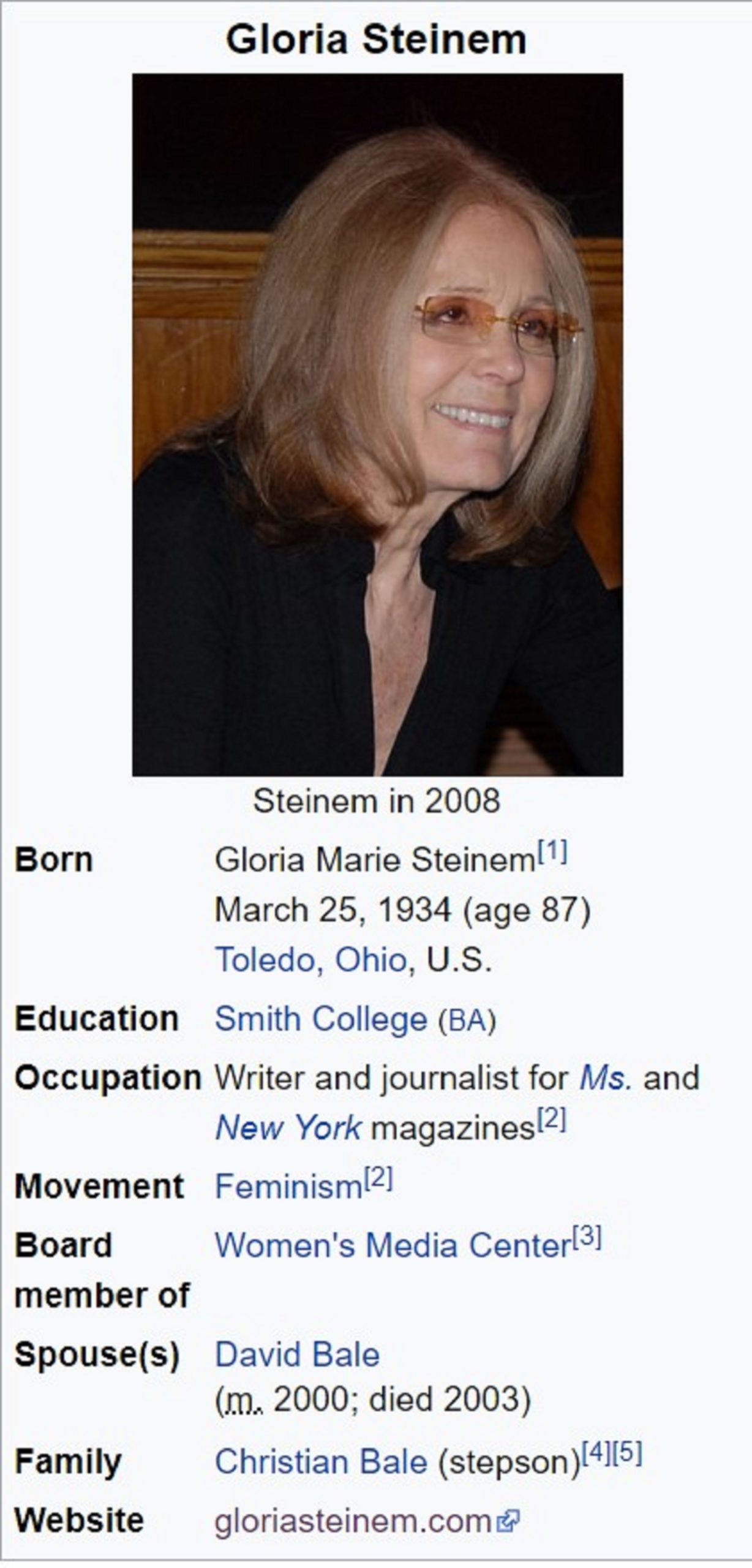
“Gloria Marie Steinem born March 25, 1934) is an American feminist journalist and social-political activist who became nationally recognized as a leader and a spokeswoman for the American feminist movement in the late 1960s and early 1970s. As of May 2018, Steinem was traveling internationally as an organizer and lecturer, and was a media spokeswoman on issues of equality.” ref
“Steinem was a columnist for New York magazine, and a co-founder of Ms. magazine. In 1969, Steinem published an article, “After Black Power, Women’s Liberation”, which brought her to national fame as a feminist leader. In 1971, she co-founded the National Women’s Political Caucus which provides training and support for women who seek elected and appointed offices in government. Also in 1971, she co-founded the Women’s Action Alliance which, until 1997, provided support to a network of feminist activists and worked to advance feminist causes and legislation. In the 1990s, Steinem helped establish Take Our Daughters to Work Day, an occasion for young girls to learn about future career opportunities. In 2005, Steinem, Jane Fonda, and Robin Morgan co-founded the Women’s Media Center, an organization that “works to make women visible and powerful in the media”.” ref
“In 1959, Steinem led a group of activists in Cambridge, Massachusetts, to organize the Independent Service for Information on the Vienna festival, to advocate for American participation in the World Youth Festival, a Soviet-sponsored youth event. In 1968, Steinem signed the “Writers and Editors War Tax Protest” pledge, vowing to refuse tax payments in protest against the Vietnam War. In 1969, she published an article, “After Black Power, Women’s Liberation” which brought her to national fame as a feminist leader. As such she campaigned for the Equal Rights Amendment, testifying before the Senate Judiciary Committee in its favor in 1970. That same year she published her essay on a utopia of gender equality, “What It Would Be Like If Women Win”, in Time magazine.” ref
“On July 10, 1971, Steinem was one of over three hundred women who founded the National Women’s Political Caucus (NWPC), including such notables as Bella Abzug, Betty Friedan, Shirley Chisholm, and Myrlie Evers-Williams.[58] As a co-convener of the Caucus, she delivered the speech “Address to the Women of America“, stating in part:
This is no simple reform. It really is a revolution. Sex and race because they are easy and visible differences have been the primary ways of organizing human beings into superior and inferior groups and into the cheap labor on which this system still depends. We are talking about a society in which there will be no roles other than those chosen or those earned. We are really talking about humanism.” ref
“In 1972, she ran as a delegate for Shirley Chisholm in New York, but lost. In March 1973, she addressed the first national conference of Stewardesses for Women’s Rights, which she continued to support throughout its existence. Stewardesses for Women’s Rights folded in the spring of 1976. Despite her influence in the feminist movement, Steinem also earned criticism from some feminists as well, who questioned whether she was committed to the movement or using it to promote her glamorous image. The Redstockings also singled her out for agreeing to cooperate with the CIA-backed Independent Research Service. It was also acknowledged that Steinem worked as a CIA agent when this operation was taking place.” ref
“Steinem, who grew up reading Wonder Woman comics, was also a key player in the restoration of Wonder Woman’s powers and traditional costume, which were restored in issue #204 (January–February 1973). Steinem, offended that the most famous female superhero had been depowered, had placed Wonder Woman (in costume) on the cover of the first issue of Ms. (1972)—Warner Communications, DC Comics’ owner, was an investor—which also contained an appreciative essay about the character. In doing so, however, Steinem forced the firing of Samuel R. Delany who had taken over scripting duties with issue #202. Delany was supposed to write a six-issue story arc, which would culminate in a battle over an abortion clinic where Wonder Woman was to defend women trying to use their services, a critical feminist issue at the time. The story outlines and the work already done on the issues was scrapped, something that Steinem was not aware of and made no attempt to rectify.” ref
“In 1976, the first women-only Passover seder was held in Esther M. Broner’s New York City apartment and led by Broner, with 13 women attending, including Steinem. In 1977, Steinem became an associate of the Women’s Institute for Freedom of the Press (WIFP). WIFP is an American nonprofit publishing organization. The organization works to increase communication between women and connect the public with forms of women-based media.” ref
“In 1984, Steinem was arrested along with a number of members of Congress and civil rights activists for disorderly conduct outside the South African embassy while protesting against the South African apartheid system. At the outset of the Gulf War in 1991, Steinem, along with prominent feminists Robin Morgan and Kate Millett, publicly opposed an incursion into the Middle East and asserted that the ostensible goal of “defending democracy” was a pretense. During the Clarence Thomas sexual harassment scandal in 1991, Steinem voiced strong support for Anita Hill and suggested that one day Hill herself would sit on the Supreme Court.” ref
In 1992, Steinem co-founded Choice USA, a non-profit organization that mobilizes and provides ongoing support to a younger generation that lobbies for reproductive choice. In 1993, Steinem co-produced and narrated an Emmy Award-winning TV documentary for HBO about child abuse, called, “Multiple Personalities: The Search for Deadly Memories”. Also in 1993, she and Rosilyn Heller co-produced an original TV movie for Lifetime, “Better Off Dead,” which examined the parallel forces that both oppose abortion and support the death penalty.” ref
“She contributed the piece “The Media and the Movement: A User’s Guide” to the 2003 anthology Sisterhood Is Forever: The Women’s Anthology for a New Millennium, edited by Robin Morgan. On June 1, 2013, Steinem performed on stage at the “Chime For Change: The Sound Of Change Live” Concert at Twickenham Stadium in London, England. Later in 2014, UN Women began its commemoration of the 20th anniversary of the Fourth World Conference on Women, and as part of that campaign Steinem (and others) spoke at the Apollo Theater in New York City. Chime For Change was funded by Gucci, focusing on using innovative approaches to raise funds and awareness, especially regarding girls and women.” ref
“Steinem has stated, “I think the fact that I’ve become a symbol for the women’s movement is somewhat accidental. A woman member of Congress, for example, might be identified as a member of Congress; it doesn’t mean she’s any less of a feminist but she’s identified by her nearest male analog. Well, I don’t have a male analog so the press has to identify me with the movement. I suppose I could be referred to as a journalist, but because Ms. is part of a movement and not just a typical magazine, I’m more likely to be identified with the movement. There’s no other slot to put me in.” ref
“Contrary to popular belief, Steinem did not coin the feminist slogan “A woman needs a man like a fish needs a bicycle.” Although she helped popularize it, the phrase is actually attributable to Irina Dunn. When Time magazine published an article attributing the saying to Steinem, Steinem wrote a letter saying the phrase had been coined by Dunn. Another phrase sometimes wrongly attributed to Steinem is, “If men could get pregnant, abortion would be a sacrament.” Steinem herself attributed it to “an old Irish woman taxi driver in Boston,” whom she said she and Florynce Kennedy met.” ref
Steinem joins Women Cross DMZ
“On May 24, 2015, International Women’s Day for Disarmament, thirty women— including feminist leader Gloria Steinem, two Nobel Peace laureates and retired Colonel Ann Wright— from 15 different countries linked arms with 10,000 Korean women, stationing themselves on both sides of the DMZ to urge a formal end to the Korean War (1950-1953), the reunification of families divided during the war, and a peacebuilding process with women in leadership positions to resolve seventy years of hostility following WWII. It was unusual for South Korea and North Korea to reach a consensus on allowing peace activists to enter the tense border area, one of the world’s most dangerous places, where hundreds of thousands of troops are stationed in a heavily mined zone that divides South Korea from nuclear North Korea.” ref
“In addition to Steinem, participants in crossing the DMZ included organizer Christine Ahn from Hawaii; feminist Suzuyo Takazato from Okinawa; Amnesty International human rights lawyer Erika Guevara of Mexico; Liberian peace and reconciliation advocate Leymah Gbowee; Philippines lawmaker Liza Maza; Northern Ireland peace activist Mairead Maguire and Colonel Ann Wright, a retired officer who resigned from the U.S. military to protest the US invasion of Iraq.” ref
“Steinem was the honorary co-chairwoman of 2015 Women’s Walk For Peace In Korea with Mairead Maguire, and in the weeks leading up to the walk Steinem told the press, “It’s hard to imagine any more physical symbol of the insanity of dividing human beings.” The group’s main goal is to advocate disarmament and seek Korea’s reunification. It will be holding international peace symposiums both in Pyongyang and Seoul in which women from both North Korea and South Korea can share experiences and ideas of mobilizing women to stop the Korean crisis. It is especially believed that the role of women in this act would help and support the reunification of family members divided by the split prolonged for 70 years.” ref
“She is also the chair of the advisory board of Apne Aap Women Worldwide, an organization fighting sex trafficking and inter-generational prostitution in India, founded by Ruchira Gupta.[89] She has also written extensively on her travels, experiences with women, and the Indian feminist movement with her colleague and friend, Ruchira Gupta. In 2014, Steinem and Gupta traveled through India to meet the country’s young feminists, writers, and thought leaders. A diary was kept documenting their travels, “Notes on A Tour of the Indian Women’s Movement“.” ref
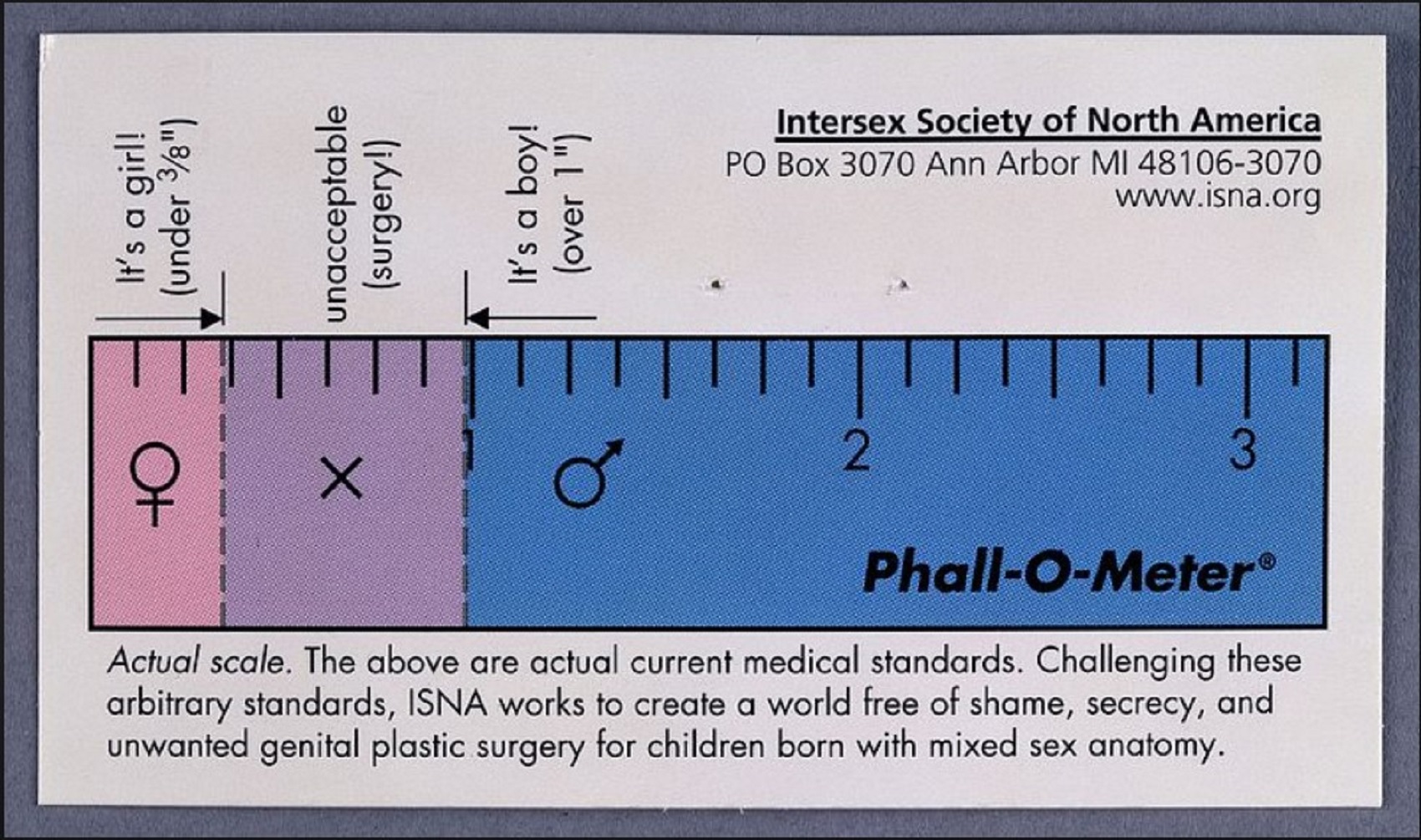
“Intersex people are individuals born with any of several variations in sex characteristics including chromosomes, gonads, sex hormones or genitals that, according to the Office of the United Nations High Commissioner for Human Rights, “do not fit the typical definitions for male or female bodies”. Though the range of atypical sex characteristics may be obvious from birth through the presence of physically ambiguous genitalia, in other instances, these atypical characteristics may go unnoticed, presenting as ambiguous internal reproductive organs or atypical chromosomes that may remain unknown to an individual all of their life.” ref
“Sex assignment at birth usually aligns with a child’s anatomical sex and phenotype. The number of births where the baby is intersex has been reported to be as low as 0.018% or as high as roughly 1.7%, depending on which conditions are counted as intersex. The number of births with ambiguous genitals is in the range of 0.02% to 0.05%. Other intersex conditions involve atypical chromosomes, gonads, or hormones. Some intersex persons may be assigned and raised as a girl or boy but then identify with another gender later in life, while most continue to identify with their assigned sex.” ref
“The words used to describe intersex people are contested, and change over time and place. Intersex people were previously referred to as “hermaphrodites” or “congenital eunuchs“. In the 19th and 20th centuries, some medical experts devised new nomenclature in an attempt to classify the characteristics that they had observed, the first attempt to create a taxonomic classification system of intersex conditions. Intersex people were categorized as either having “true hermaphroditism“, “female pseudohermaphroditism“, or “male pseudohermaphroditism”. These terms are no longer used, and terms including the word “hermaphrodite” are considered to be misleading, stigmatizing, and scientifically specious in reference to humans. In biology, the term hermaphrodite is used to describe an organism that can produce both male and female gametes.” ref
“Some people with intersex traits use the term intersex, and some prefer other language. In clinical settings, the term “disorders of sex development” (DSD) has been used since 2006, a shift in language considered controversial since its introduction.” ref
“Intersex people face stigmatization and discrimination from birth, or following the discovery of intersex traits at stages of development such as puberty. Intersex people may face infanticide, abandonment, and the stigmatization of their families. Globally, some intersex infants and children, such as those with ambiguous outer genitalia, are surgically or hormonally altered to create more socially acceptable sex characteristics. However, this is considered controversial, with no firm evidence of favorable outcomes. Such treatments may involve sterilization. Adults, including elite female athletes, have also been subjects of such treatment. Increasingly, these issues are considered human rights abuses, with statements from international and national human rights and ethics institutions (see intersex human rights). Intersex organizations have also issued statements about human rights violations, including the 2013 Malta declaration of the third International Intersex Forum. In 2011, Christiane Völling became the first intersex person known to have successfully sued for damages in a case brought for non-consensual surgical intervention. In April 2015, Malta became the first country to outlaw non-consensual medical interventions to modify sex anatomy, including that of intersex people.” ref
Attitudes towards the term
“Some intersex organizations reference “intersex people” and “intersex variations or traits” while others use more medicalized language such as “people with intersex conditions”, or people “with intersex conditions or DSDs (differences of sex development)” and “children born with variations of sex anatomy”. In May 2016, interACT published a statement recognizing “increasing general understanding and acceptance of the term ‘intersex'”.” ref
“Australian sociological research on 272 “people born with atypical sex characteristics”, published in 2016, found that 60% of respondents used the term “intersex” to self-describe their sex characteristics, including people identifying themselves as intersex, describing themselves as having an intersex variation or, in smaller numbers, having an intersex condition.” ref
“Research on 202 respondents by the Lurie Children’s Hospital, Chicago, and the AIS-DSD Support Group (now known as InterConnect Support Group) published in 2017 found that 80% of Support Group respondents “strongly liked, liked or felt neutral about intersex” as a term, while caregivers were less supportive. The hospital reported that “disorders of sex development” may negatively affect care.” ref
“Another study by a group of children’s hospitals in the United States found that 53% of 133 parent and adolescent participants recruited at five clinics did not like the term intersex. Participants who were members of support groups were more likely to dislike the term. A “dsd-LIFE” study in 2020 found that around 43% of 179 participants thought the term “intersex” was bad, 20% felt neutral about the term, while the rest thought the term was good.” ref
The term ‘hermaphrodite’
Main article: Hermaphrodite
“Historically, the term hermaphrodite was used in law to refer to people whose sex was in doubt. The 12th-century Decretum Gratiani states that “Whether an hermaphrodite may witness a testament, depends on which sex prevails” (“Hermafroditus an ad testamentum adhiberi possit, qualitas sexus incalescentis ostendit.”). Similarly, the 17th-century English jurist and judge Edward Coke (Lord Coke), wrote in his Institutes of the Lawes of England on laws of succession stating, “Every heire is either a male, a female, or an hermaphrodite, that is both male and female. And an hermaphrodite (which is also called Androgynus) shall be heire, either as male or female, according to that kind of sexe which doth prevaile.” ref
“During the Victorian era, medical authors attempted to ascertain whether or not humans could be hermaphrodites, adopting a precise biological definition for the term, and making distinctions between “male pseudohermaphrodite”, “female pseudohermaphrodite” and especially “true hermaphrodite“. These terms, which reflected histology (microscopic appearance) of the gonads, are no longer used. Until the mid-20th century, “hermaphrodite” was used synonymously with “intersex”. Medical terminology shifted in the early 21st century, not only due to concerns about language, but also a shift to understandings based on genetics.” ref
“Currently, in biology, a hermaphrodite is defined as an organism that has the ability to produce both male and female gametes. Although hermaphroditism occurs in some animal species, humans cannot be hermaphrodites in the precise biological sense. The Intersex Society of North America has stated that hermaphrodites should not be confused with intersex people, and that using “hermaphrodite” to refer to intersex individuals is considered to be stigmatizing and misleading.” ref
Disorders of sex development
Main article: Disorders of sex development
“Disorders of sex development” (DSD) is a contested term, defined to include congenital conditions in which development of chromosomal, gonadal, or anatomical sex is atypical. Members of the Lawson Wilkins Pediatric Endocrine Society and the European Society for Paediatric Endocrinology adopted this term in their “Consensus statement on management of intersex disorders”. While it adopted the term, to open “many more doors”, the now defunct Intersex Society of North America itself remarked that intersex is not a disorder. Other intersex people, activists, supporters, and academics have contested the adoption of the terminology and its implied status as a “disorder”, seeing this as offensive to intersex individuals who do not feel that there is something wrong with them, regard the DSD consensus paper as reinforcing the normativity of early surgical interventions, and criticize the treatment protocols associated with the new taxonomy.” ref
“Sociological research in Australia on 272 “people born with atypical sex characteristics,” published in 2016, found that 3% of respondents used the term “disorders of sex development” or “DSD” to define their sex characteristics, while 21% use the term when accessing medical services. In contrast, 60% used the term “intersex” in some form to self-describe their sex characteristics. U.S. research by the Lurie Children’s Hospital, Chicago, and the AIS-DSD Support Group (now InterConnect Support Group) published in 2017 found that “disorders of sex development” terminology may negatively affect care, give offense, and result in lower attendance at medical clinics.” ref
“Alternatives to categorizing intersex conditions as “disorders” have been suggested, including “variations of sex development”. Tony Briffa at Intersex Human Rights Australia questions a disease/disability approach, argues for deferral of intervention unless medically necessary, when fully informed consent of the individual involved is possible, and self-determination of sex/gender orientation and identity. In May 2016, interACT also published a statement opposing pathologizing language to describe people born with intersex traits, recognizing “increasing general understanding and acceptance of the term ‘intersex'”.” ref
“In May 2019, more than 50 intersex-led organizations signed a multilingual joint statement condemning the introduction of “disorders of sex development” language into the International Classification of Diseases, stating that this causes “harm” and facilitates human rights violations, calling on the World Health Organization to publish clear policy to ensure that intersex medical interventions are “fully compatible with human rights norms”.” ref
Endosex
Main article: Endosex
“Endosex is an antonym to the term intersex, first coined by Heike Bödeker in 1999.[72] According to the National Academies of Sciences, Engineering, and Medicine, “some advocates and providers are increasingly using the term”.” ref
Prevalence
“Estimates of the number of people who are intersex vary, depending on which conditions are counted as intersex.” ref
The now-defunct Intersex Society of North America stated that:
“If you ask experts at medical centers how often a child is born so noticeably atypical in terms of genitalia that a specialist in sex differentiation is called in, the number comes out to about 1 in 1500 to 1 in 2000 births [0.07–0.05%]. But a lot more people than that are born with subtler forms of sex anatomy variations, some of which won’t show up until later in life.” ref
“Anne Fausto-Sterling and her co-authors said in two articles in 2000 that 1.7 percent of human births (1 in 60) might be intersex, including variations that may not become apparent until, for example, puberty, or until attempting to conceive. Their publications have been widely quoted by intersex activists.” ref
“Of the 1.7%, 1.5 percentage points (88% of those considered intersex in this figure) consist of individuals with late onset congenital adrenal hyperplasia (LOCAH). In response to Fausto-Sterling, Leonard Sax estimated that the prevalence of intersex was about 0.018% of the world’s population. A 2018 review reported that the number of births with ambiguous genitals is in the range of 0.02% to 0.05%. Sax stated that “[f]rom a clinician’s perspective, however, LOCAH is not an intersex condition.” He also states that Klinefelter syndrome (47,XXY), Turner syndrome (45,X), the chromosomal variants of 47,XYY and 47,XXX, and vaginal agenesis are not intersex conditions. The impact of milder ‘non classic’ CAH varies across individuals, may be asymptomatic in some cases or a cause of infertility, and has not been extensively studied.” ref
“The figure of 1.7% is still maintained by Intersex Human Rights Australia “despite its flaws”, stating both that the estimate “encapsulates the entire population of people who are stigmatized – or risk stigmatization – due to innate sex characteristics,” and that Sax’s definitions exclude individuals who experience such stigma and who have helped to establish the intersex movement.” ref
The following summarizes prevalences of traits that have been called intersex:
Prevalences of various conditions that have been called intersex

“Prevalences of specific conditions can vary across regions. In the Dominican Republic, 5-alpha-reductase deficiency is not uncommon in the town of Las Salinas, resulting in social acceptance of the intersex trait. Men with the trait are called “güevedoces” (Spanish for “eggs at twelve”). 12 out of 13 families had one or more male family members that carried the gene. The overall incidence for the town was 1 in every 90 males were carriers, with other males either non-carriers or non-affected carriers.” ref
“From early history, societies have been aware of intersex people. Some of the earliest evidence is found in mythology: the Greek historian Diodorus Siculus wrote of the mythological Hermaphroditus in the first century BC, who was “born with a physical body which is a combination of that of a man and that of a woman”, and reputedly possessed supernatural properties. Ardhanarishvara, an androgynous composite form of the male deity Shiva and female deity Parvati, originated in Kushan culture as far back as the first century CE. A statue depicting Ardhanarishvara is included in India’s Meenakshi Temple; this statue clearly shows both male and female bodily elements.” ref
“Hippocrates (c. 460 – c. 370 BCE Greek physician) and Galen (129 – c. 200/216 CE Roman physician, surgeon, and philosopher) both viewed sex as a spectrum between men and women, with “many shades in between, including hermaphrodites, a perfect balance of male and female”. Pliny the Elder (CE 23/24–79) the Roman naturalist described “those who are born of both sexes, whom we call hermaphrodites, at one time androgyni” (from the Greek andr-, “man,” and gyn-, “woman”). Augustine (354 – 28 August 430 AD) the influential Catholic theologian wrote in The Literal Meaning of Genesis that humans were created in two sexes, despite “as happens in some births, in the case of what we call androgynes”.” ref
“In medieval and early modern European societies, Roman law, post-classical canon law, and later common law, referred to a person’s sex as male, female or hermaphrodite, with legal rights as male or female depending on the characteristics that appeared most dominant. The 12th century Decretum Gratiani states that “Whether an hermaphrodite may witness a testament, depends on which sex prevails”. The foundation of common law, the 17th Century Institutes of the Lawes of England described how a hermaphrodite could inherit “either as male or female, according to that kind of sexe which doth prevaile.” Legal cases have been described in canon law and elsewhere over the centuries.” ref
“Some non-European societies have sex or gender systems that recognize more than the two categories of male/man and female/woman. Some of these cultures, for instance the South-Asian Hijra communities, may include intersex people in a third gender category. Although–according to Morgan Holmes–early Western anthropologists categorized such cultures “primitive,” Holmes has argued that analyses of these cultures have been simplistic or romanticized and fail to take account of the ways that subjects of all categories are treated.” ref
“During the Victorian era, medical authors introduced the terms “true hermaphrodite” for an individual who has both ovarian and testicular tissue, “male pseudo-hermaphrodite” for a person with testicular tissue, but either female or ambiguous sexual anatomy, and “female pseudo-hermaphrodite” for a person with ovarian tissue, but either male or ambiguous sexual anatomy. Some later shifts in terminology have reflected advances in genetics, while other shifts are suggested to be due to pejorative associations.” ref
“The term “intersexuality” was coined by Richard Goldschmidt in 1917. The first suggestion to replace the term ‘hermaphrodite’ with ‘intersex’ was made by Cawadias in the 1940s. Since the rise of modern medical science, some intersex people with ambiguous external genitalia have had their genitalia surgically modified to resemble either female or male genitals. Surgeons pinpointed intersex babies as a “social emergency” when born. An ‘optimal gender policy’, initially developed by John Money, stated that early intervention helped avoid gender identity confusion, but this lacks evidence. Early interventions have adverse consequences for psychological and physical health. Since advances in surgery have made it possible for intersex conditions to be concealed, many people are not aware of how frequently intersex conditions arise in human beings or that they occur at all.” ref
“Dialogue between what were once antagonistic groups of activists and clinicians has led to only slight changes in medical policies and how intersex patients and their families are treated in some locations. In 2011, Christiane Völling became the first intersex person known to have successfully sued for damages in a case brought for non-consensual surgical intervention. In April 2015, Malta became the first country to outlaw non-consensual medical interventions to modify sex anatomy, including that of intersex people. Many civil society organizations and human rights institutions now call for an end to unnecessary “normalizing” interventions, including in the Malta declaration.” ref
Intersex Human Rights and Legal Issues
“Human rights institutions are placing increasing scrutiny on harmful practices and issues of discrimination against intersex people. These issues have been addressed by a rapidly increasing number of international institutions including, in 2015, the Council of Europe, the United Nations Office of the United Nations High Commissioner for Human Rights, and the World Health Organization (WHO). These developments have been accompanied by International Intersex Forums and increased cooperation amongst civil society organizations. However, the implementation, codification, and enforcement of intersex human rights in national legal systems remains slow.” ref
Physical integrity and bodily autonomy
Main articles: Intersex human rights and Intersex medical interventions
“Stigmatization and discrimination from birth may include infanticide, abandonment, and the stigmatization of families. As noted in the “Intersex human rights” page, the birth of an intersex child was often viewed as a curse or a sign of a witch mother, especially in parts of Africa. Abandonments and infanticides have been reported in Uganda, Kenya, South Asia, and China.” ref
“Infants, children, and adolescents also experience “normalising” interventions on intersex persons that are medically unnecessary and the pathologisation of variations in sex characteristics. In countries where the human rights of intersex people have been studied, medical interventions to modify the sex characteristics of intersex people have still taken place without the consent of the intersex person. Interventions have been described by human rights defenders as a violation of many rights, including (but not limited to) bodily integrity, non-discrimination, privacy, and experimentation. These interventions have frequently been performed with the consent of the intersex person’s parents, when the person is legally too young to consent.” ref
“Such interventions have been criticized by the WHO, other UN bodies such as the Office of the High Commissioner for Human Rights, and an increasing number of regional and national institutions due to their adverse consequences, including trauma, impact on sexual function and sensation, and violation of rights to physical and mental integrity. The UN organizations decided that infant intervention should not be allowed, in favor of waiting for the child to mature enough to be a part of the decision-making – this allows for a decision to be made with total consent. In April 2015, Malta became the first country to outlaw surgical intervention without consent. In the same year, the Council of Europe became the first institution to state that intersex people have the right not to undergo sex affirmation interventions.” ref
Anti-discrimination and equal treatment
Main article: Discrimination against intersex people
“People born with intersex bodies are seen as different. Intersex infants, children, adolescents, and adults “are often stigmatized and subjected to multiple human rights violations”, including discrimination in education, healthcare, employment, sport, and public services. Several countries have so far explicitly protected intersex people from discrimination, with landmarks including South Africa, Australia, and, most comprehensively, Malta.” ref
Remedies and claims for compensation
Main article: Intersex human rights
“Claims for compensation and remedies for human rights abuses include the 2011 case of Christiane Völling in Germany. A second case was adjudicated in Chile in 2012, involving a child and his parents. A further successful case in Germany, taken by Michaela Raab, was reported in 2015. In the United States, the Minor Child (M.C. v Aaronson) lawsuit was “a medical malpractice case related to the informed consent for a surgery performed on the Crawford’s adopted child (known as M.C.) at [Medical University of South Carolina] in April 2006”. The case was one of the first lawsuit of its kind to challenge “legal, ethical, and medical issues regarding genital-normalizing surgery” in minors, and was eventually settled out of court by the Medical University of South Carolina for $440,000 in 2017.” ref
Information and support
Main article: Intersex human rights
“Access to information, medical records, peer and other counseling and support. With the rise of modern medical science in Western societies, a secrecy-based model was also adopted, in the belief that this was necessary to ensure normal physical and psychosocial development.” ref
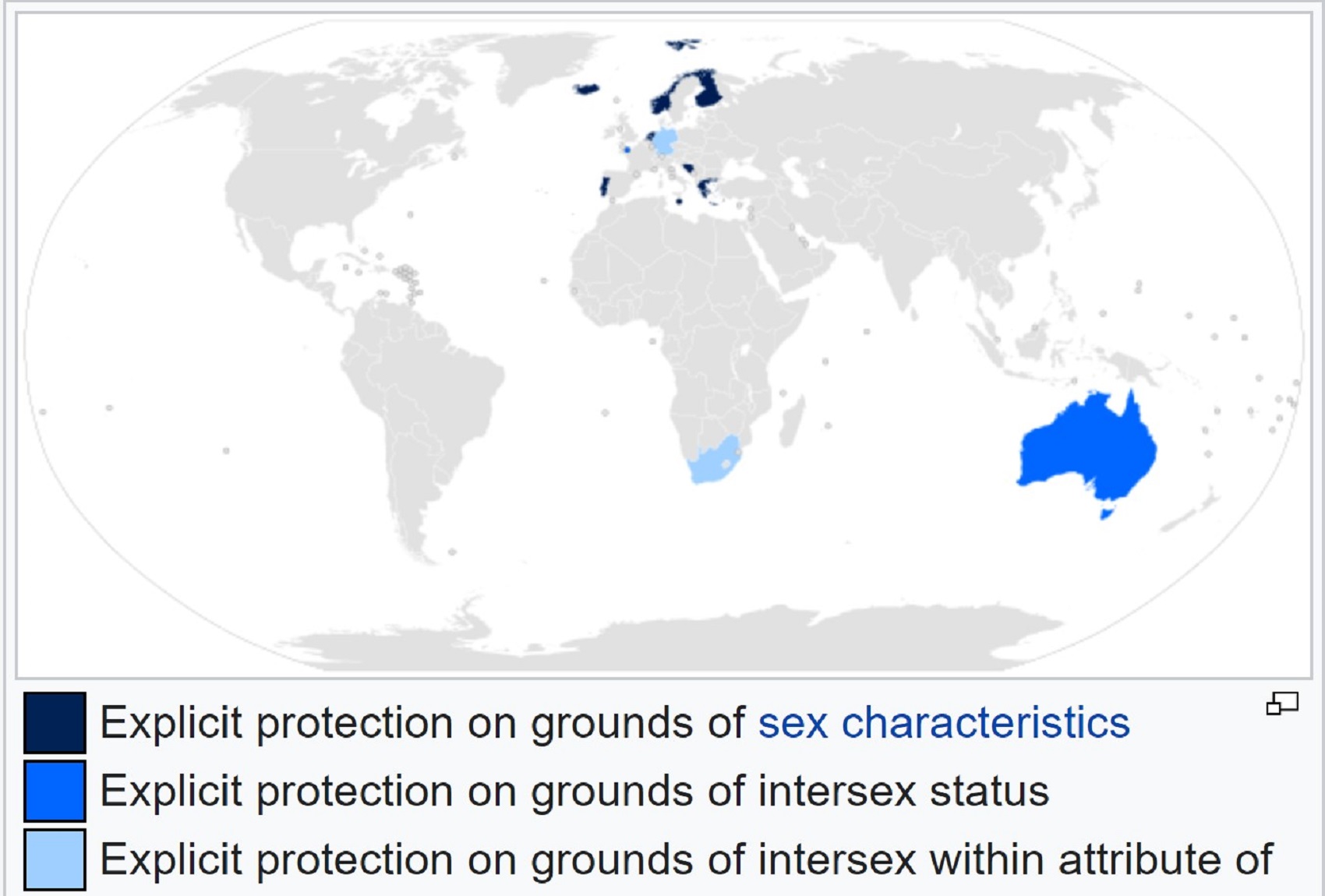
Legal recognition
Main article: Legal recognition of intersex people
“The Asia Pacific Forum of National Human Rights Institutions states that legal recognition is firstly “about intersex people who have been issued a male or a female birth certificate being able to enjoy the same legal rights as other men and women.” In some regions, obtaining any form of birth certification may be an issue. A Kenyan court case in 2014 established the right of an intersex boy, “Baby A”, to a birth certificate.” ref
“Like all individuals, some intersex individuals may be raised as a certain sex (male or female) but then identify with another later in life, while most do not. Recognition of third sex or gender classifications occurs in several countries, However, it is controversial when it becomes assumed or coercive, as is the case with some German infants. Sociological research in Australia, a country with a third ‘X’ sex classification, shows that 19% of people born with atypical sex characteristics selected an “X” or “other” option, while 75% of survey respondents self-described as male or female (52% as women, 23% as men), and 6% as unsure.” ref
LGBT and LGBTI
Main article: Intersex and LGBT
“Intersex conditions can be contrasted with transgender gender identities and the attached gender dysphoria a transgender person may feel, wherein their gender identity does not match their assigned sex. However, some people are both intersex and transgender; though intersex people by definition have variable sex characteristics that do not align with either typically male or female, this may be considered separate to an individual’s assigned gender, the way they are raised and perceived, and their internal gender identity. A 2012 clinical review paper found that between 8.5% and 20% of people with intersex variations experienced gender dysphoria. In an analysis of the use of preimplantation genetic diagnosis to eliminate intersex traits, Behrmann and Ravitsky state: “Parental choice against intersex may … conceal biases against same-sex attractedness and gender nonconformity.” ref
“The relationship of intersex people and communities to LGBTQ communities is complex, but intersex people are often added to the LGBT acronym, resulting in the acronym LGBTI. Emi Koyama describes how the inclusion of intersex in LGBTI can fail to address intersex-specific human rights issues, including creating false impressions “that intersex people’s rights are protected” by laws protecting LGBT people, and failing to acknowledge that many intersex people are not LGBT. Organisation Intersex International Australia states that some intersex individuals are homosexual, and some are heterosexual, but “LGBTI activism has fought for the rights of people who fall outside of expected binary sex and gender norms.” Julius Kaggwa of SIPD Uganda has written that, while the gay community “offers us a place of relative safety, it is also oblivious to our specific needs”. Mauro Cabral has written that transgender people and organizations “need to stop approaching intersex issues as if they were trans issues”, including use of intersex conditions and people as a means of explaining being transgender; “we can collaborate a lot with the intersex movement by making it clear how wrong that approach is”.” ref
In society
Fiction, literature, and media
Main articles: Literature about intersex and Intersex characters in fiction
“An intersex character is the narrator in Jeffrey Eugenides‘ Pulitzer Prize-winning novel Middlesex. The memoir, Born Both: An Intersex Life (Hachette Books, 2017), by intersex author and activist Hida Viloria, received strong praise from The New York Times Book Review, The Washington Post, Rolling Stone, People Magazine, and Psychology Today, was one of School Library Journal‘s 2017 Top Ten Adult Books for Teens, and was a 2018 Lambda Literary Award nominee.” ref
“Television works about intersex and films about intersex are scarce. The Spanish-language film XXY won the Critics’ Week grand prize at the 2007 Cannes Film Festival and the ACID/CCAS Support Award. Faking It is notable for providing both the first intersex main character in a television show, and television’s first intersex character played by an intersex actor.” ref
Civil society institutions
Main article: Intersex civil society organizations
“Intersex peer support and advocacy organizations have existed since at least 1985, with the establishment of the Androgen Insensitivity Syndrome Support Group Australia in 1985. The Androgen Insensitivity Syndrome Support Group (UK) was established in 1988. The Intersex Society of North America (ISNA) may have been one of the first intersex civil society organizations to have been open to people regardless of diagnosis; it was active from 1993 to 2008.” ref
Events
Main articles: Intersex Awareness Day and Intersex Day of Remembrance
“Intersex Awareness Day is an internationally observed civil awareness day designed to highlight the challenges faced by intersex people, occurring annually on 26 October. It marks the first public demonstration by intersex people, which took place in Boston on 26 October 1996, outside a venue where the American Academy of Pediatrics was holding its annual conference.” ref
“Intersex Day of Remembrance, also known as Intersex Solidarity Day, is an internationally observed civil awareness day designed to highlight issues faced by intersex people, occurring annually on 8 November. It marks the birthday of Herculine Barbin, a French intersex person whose memoirs were later published by Michel Foucault in Herculine Barbin: Being the Recently Discovered Memoirs of a Nineteenth-century French Hermaphrodite.” ref
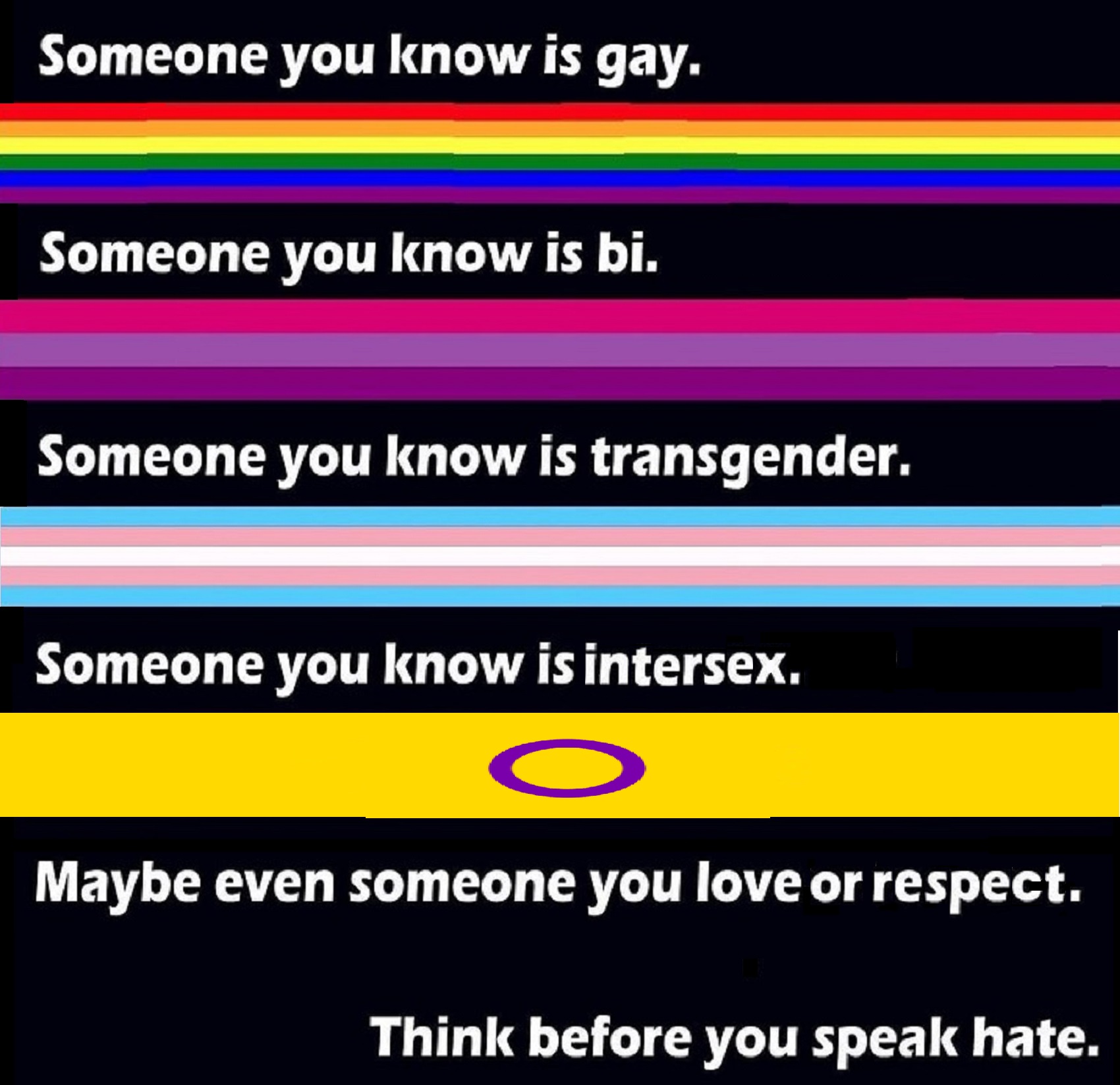

Flag
“The intersex flag was created in July 2013 by Morgan Carpenter of Intersex Human Rights Australia to create a flag “that is not derivative, but is yet firmly grounded in meaning”. The circle is described as “unbroken and unornamented, symbolizing wholeness and completeness, and our potentialities. We are still fighting for bodily autonomy and genital integrity, and this symbolizes the right to be who and how we want to be.” ref
Religion
Main article: Intersex people and religion
“In Judaism, the Talmud contains extensive discussion concerning the status of two types of intersex people in Jewish law; namely, the androgynous, who exhibit both male and female external sexual organs, and the tumtum, who exhibit neither. In the 1970s and 1980s, the treatment of intersex babies started to be discussed in Orthodox Jewish medical halacha by prominent rabbinic leaders, such as Eliezer Waldenberg and Moshe Feinstein.” ref
Sport
Main article: Sex verification in sports
“Erik Schinegger, Foekje Dillema, Maria José Martínez-Patiño, and Santhi Soundarajan were subject to adverse sex verification testing resulting in ineligibility to compete in organized competitive competition. Stanisława Walasiewicz was posthumously ruled ineligible to have competed. The South African middle-distance runner Caster Semenya won gold at the World Championships in the women’s 800 meters and won silver in the 2012 Summer Olympics. When Semenya won gold in the World Championships, the International Association of Athletics Federations (IAAF) requested sex verification tests. The results were not released. Semenya was ruled eligible to compete.” ref
“Katrina Karkazis, Rebecca Jordan-Young, Georgiann Davis, and Silvia Camporesi have claimed that IAAF policies on “hyperandrogenism” in female athletes are “significantly flawed”, arguing that the policy does not protect against breaches of privacy, requires athletes to undergo unnecessary treatment in order to compete, and intensifies “gender policing”, and recommended that athletes be able to compete in accordance with their legally-recognised gender.” ref
“In April 2014, the BMJ reported that four elite women athletes with XY chromosomes and 5-ARD were subjected to sterilization and “partial clitoridectomies” in order to compete in sport. The authors noted that partial clitoridectomy was “not medically indicated” and “does not relate to real or perceived athletic ‘advantage’.” Intersex advocates regarded this intervention as “a clearly coercive process”. In 2016, the United Nations Special Rapporteur on health, Dainius Pūras, criticized “current and historic” sex verification policies, describing how “a number of athletes have undergone gonadectomy (removal of reproductive organs) and partial clitoridectomy (a form of female genital mutilation) in the absence of symptoms or health issues warranting those procedures.” ref
Medical
“Research in the late 20th century led to a growing medical consensus that diverse intersex bodies are normal, but relatively rare, forms of human biology. Clinician and researcher Milton Diamond stresses the importance of care in the selection of language related to intersex people:
Foremost, we advocate use of the terms “typical”, “usual”, or “most frequent” where it is more common to use the term “normal.” When possible avoid expressions like maldeveloped or undeveloped, errors of development, defective genitals, abnormal, or mistakes of nature. Emphasize that all of these conditions are biologically understandable while they are statistically uncommon.” ref
Medical classifications
Sexual differentiation
Main article: Sexual differentiation
“The common pathway of sexual differentiation, where a productive human female has an XX chromosome pair, and a productive male has an XY pair, is relevant to the development of intersex conditions. During fertilization, the sperm adds either an X (female) or a Y (male) chromosome to the X in the ovum. This determines the genetic sex of the embryo. During the first weeks of development, genetic male and female fetuses are “anatomically indistinguishable”, with primitive gonads beginning to develop during approximately the sixth week of gestation. The gonads, in a bipotential state, may develop into either testes (the male gonads) or ovaries (the female gonads), depending on the consequent events. Through the seventh week, genetically female and genetically male fetuses appear identical.” ref
“At around eight weeks of gestation, the gonads of an XY embryo differentiate into functional testes, secreting testosterone. Ovarian differentiation, for XX embryos, does not occur until approximately week 12 of gestation. In typical female differentiation, the Müllerian duct system develops into the uterus, Fallopian tubes, and inner third of the vagina. In males, the Müllerian duct-inhibiting hormone MIH causes this duct system to regress. Next, androgens cause the development of the Wolffian duct system, which develops into the vas deferens, seminal vesicles, and ejaculatory ducts. By birth, the typical fetus has been completely sexed male or female, meaning that the genetic sex (XY-male or XX-female) corresponds with the phenotypical sex; that is to say, genetic sex corresponds with internal and external gonads, and external appearance of the genitals.” ref
Signs
“There are a variety of symptoms that can occur. Ambiguous genitalia is the most common sign. There can be micropenis, clitoromegaly, partial labial fusion, electrolyte abnormalities, delayed or absent puberty, unexpected changes at puberty, hypospadias, labial or inguinal (groin) masses (which may turn out to be testes) in girls and undescended testes (which may turn out to be ovaries) in boys.” ref
Ambiguous genitalia
“Ambiguous genitalia may appear as a large clitoris or as a small penis.” ref
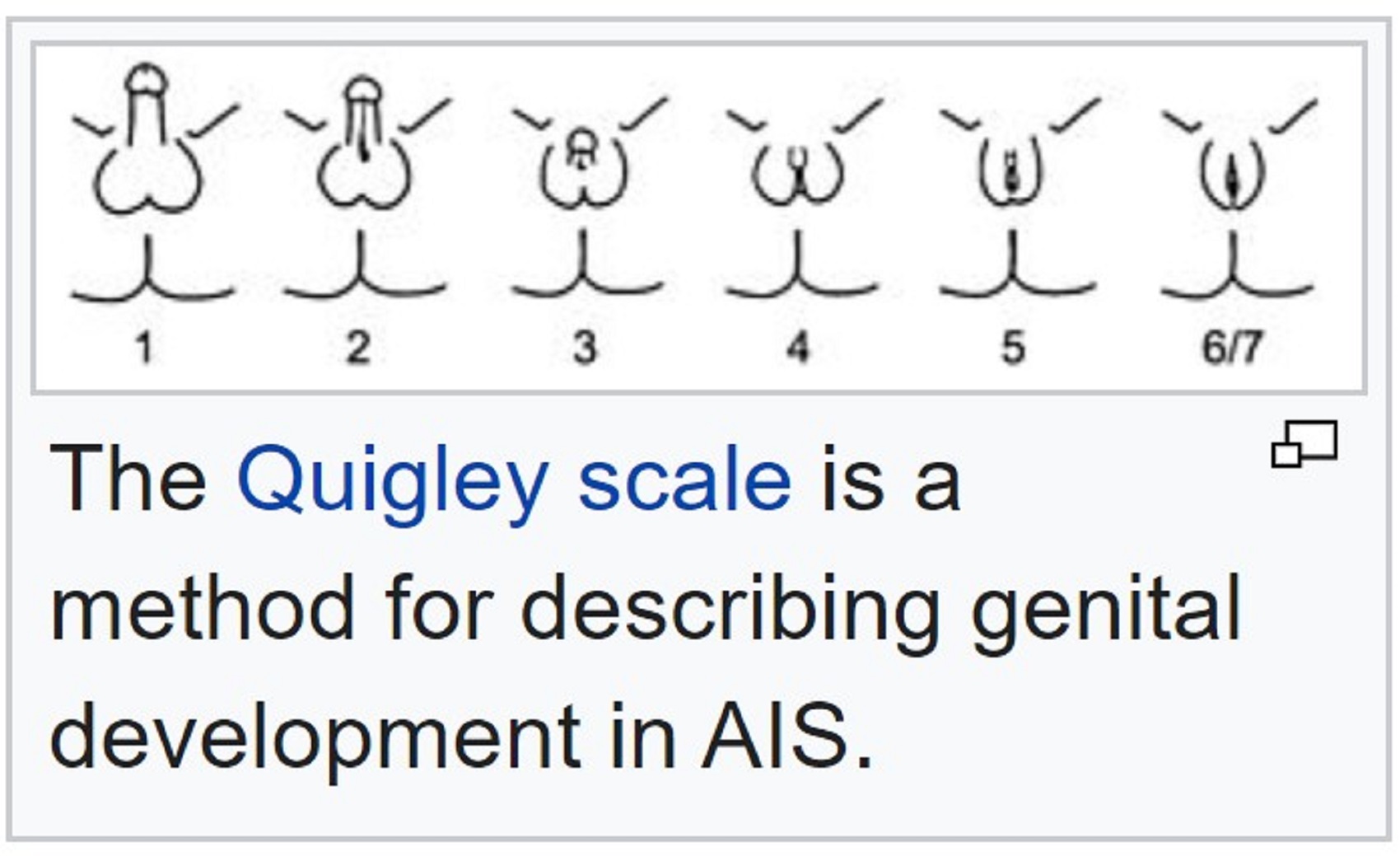
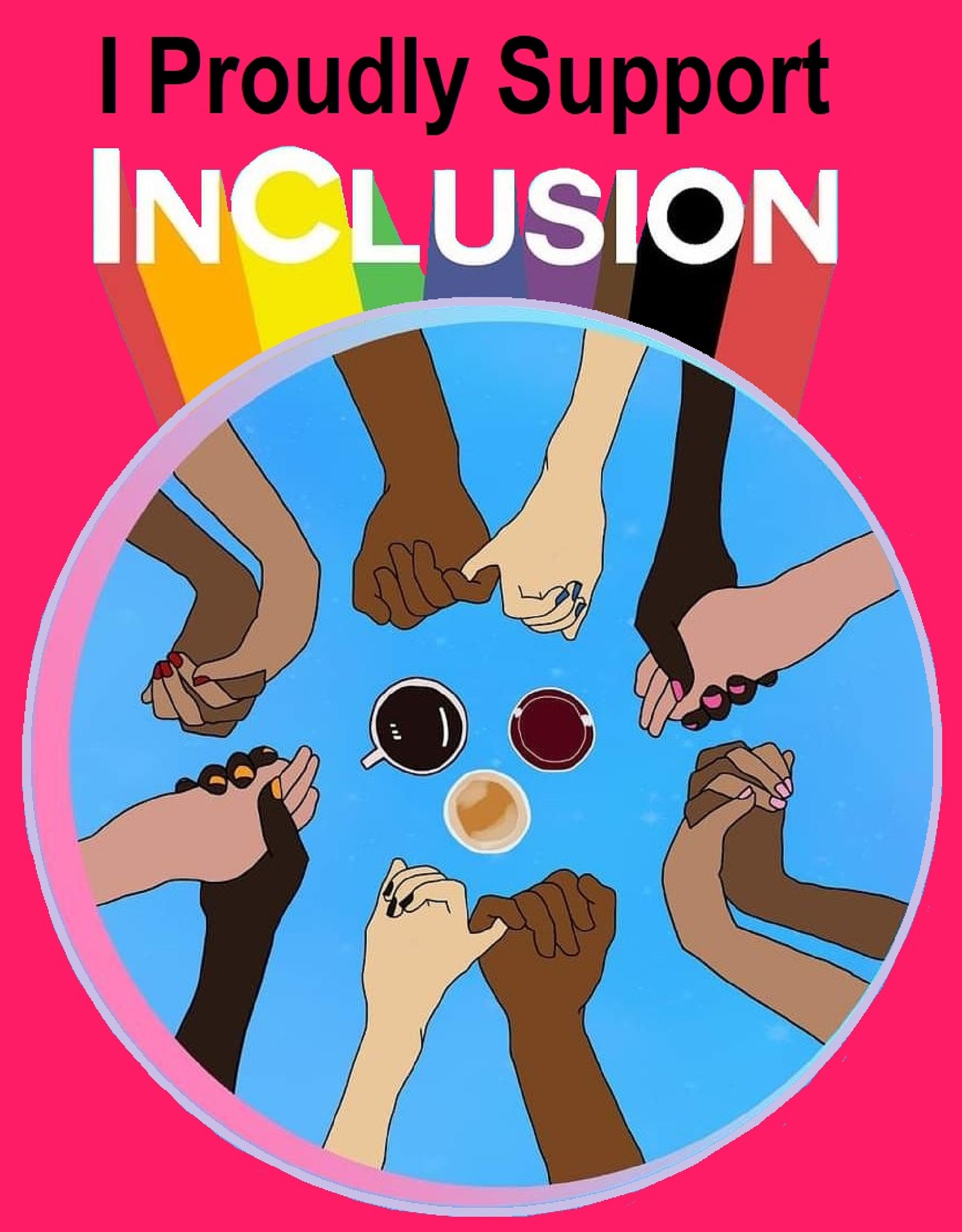

ref, ref, ref, ref, ref, ref, ref, ref, ref
- “The term “inconspicuous penis” could be a short penile shaft, that is, micropenis, or more commonly due to abnormalities of the investing structures. The latter group is further divided as buried penis, webbed penis, and trapped penis.” ref
- “The term “micropenis” is most often used medically when the rest of the penis, scrotum, and perineum are without ambiguity, such as hypospadias. Of the abnormal conditions associated with micropenis, most are conditions of reduced prenatal androgen production or effect, such as abnormal testicular development (testicular dysgenesis), Klinefelter syndrome, Leydig cell hypoplasia, specific defects of testosterone or dihydrotestosterone synthesis (17,20-lyase deficiency, 5α-reductase deficiency), androgen insensitivity syndromes, inadequate pituitary stimulation (gonadotropin deficiency), and other forms of congenital hypogonadism. Micropenis can also occur as part of many genetic malformation syndromes that do not involve the sex chromosomes.” ref
- “The term “Intersex” involves “Intersex people” who are individuals born with any of several sex characteristics including chromosome patterns, gonads, or genitals that, according to the Office of the United Nations High Commissioner for Human Rights, “do not fit typical binary notions of male or female bodies”. Though the range of atypical sex characteristics may be obvious from birth through the presence of physically ambiguous genitalia, in other instances, atypical characteristics may go unnoticed, presenting as ambiguous internal reproductive organs or atypical chromosomes that may remain unknown to an individual all of their life. The number of births with ambiguous genitals is in the range of 0.02% to 0.05%. Other conditions involve atypical chromosomes, gonads, or hormones. Some persons may be assigned and raised as a girl or boy but then identify with another gender later in life, while most continue to identify with their assigned sex. The number of births where the baby is intersex has been reported differently depending on who reports and which definition of intersex is used.” ref
Male-Homosexual (female-like) / Trans-woman (female) Seated Figurine from Gobekli Tepe

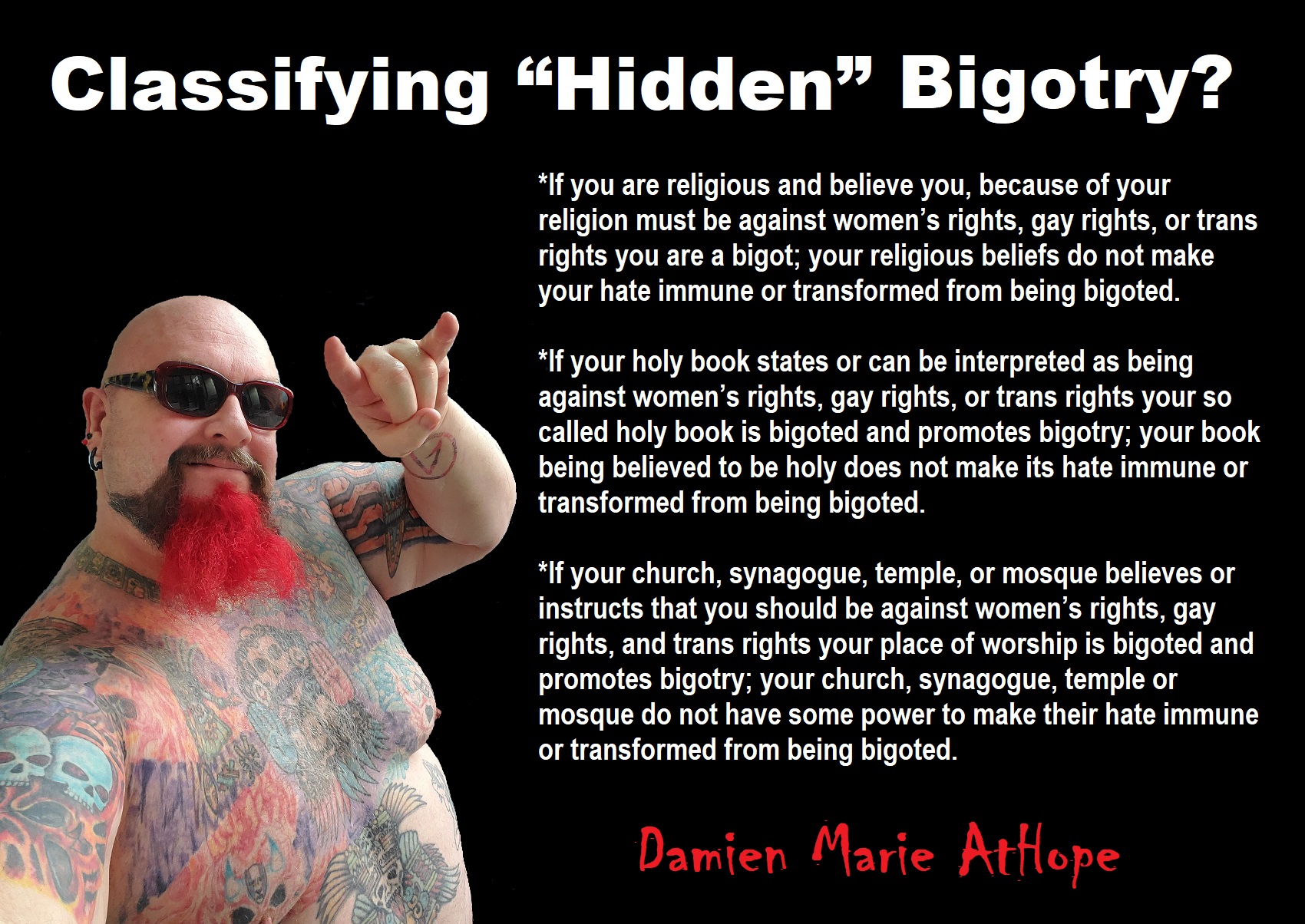
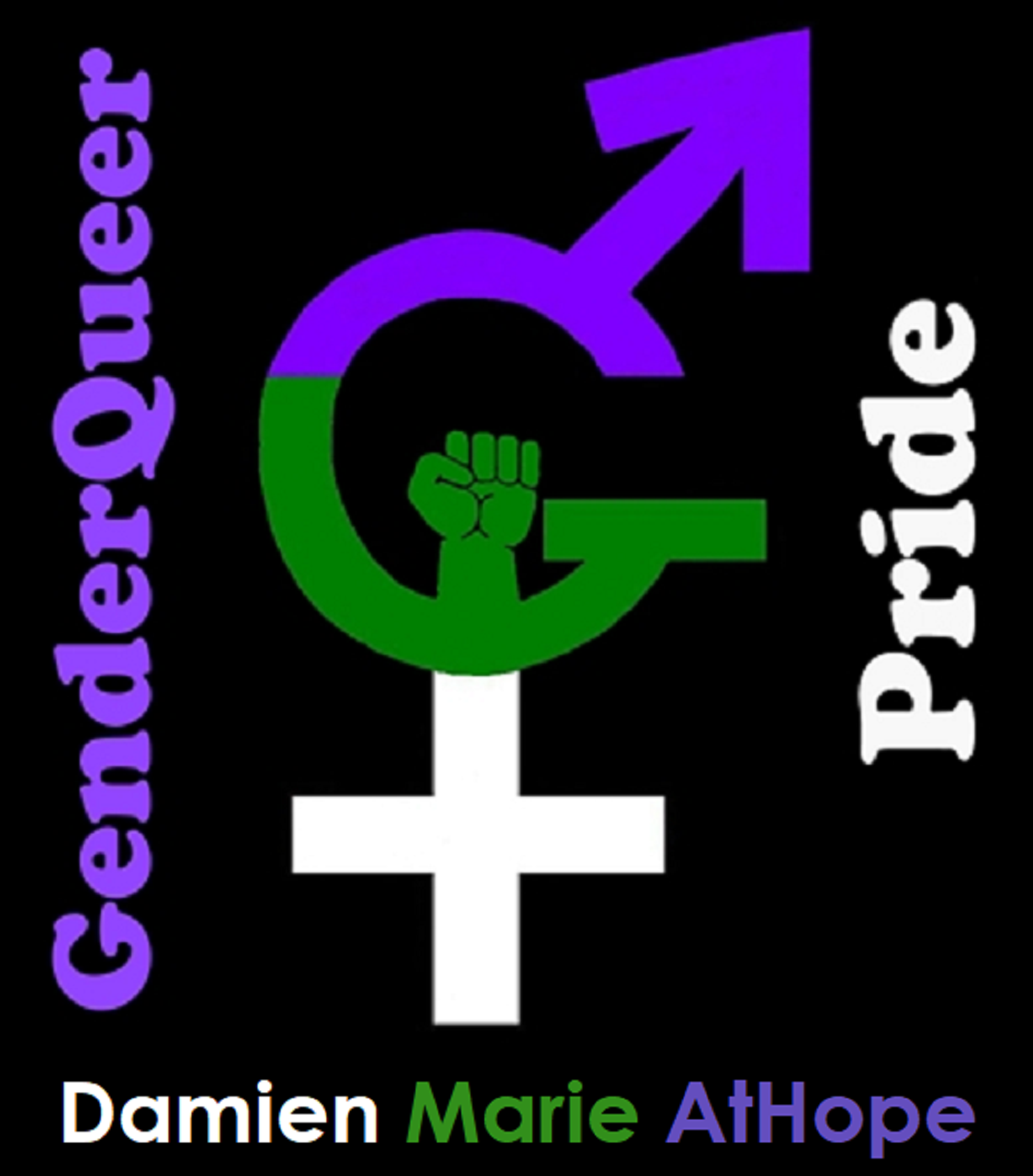
My body is intersex and my mind is genderqueer and I take a general style that is assumed as male heterosexual. I just tell others I am male though I am not actually male, nor female, and not trans either. I love me it’s the assholes in the world that make me uncomfortable. I tend to prefer the company of women more than men, men judge me too often to be myself. I am alone, I am not welcome as an intersex person, will you be different?
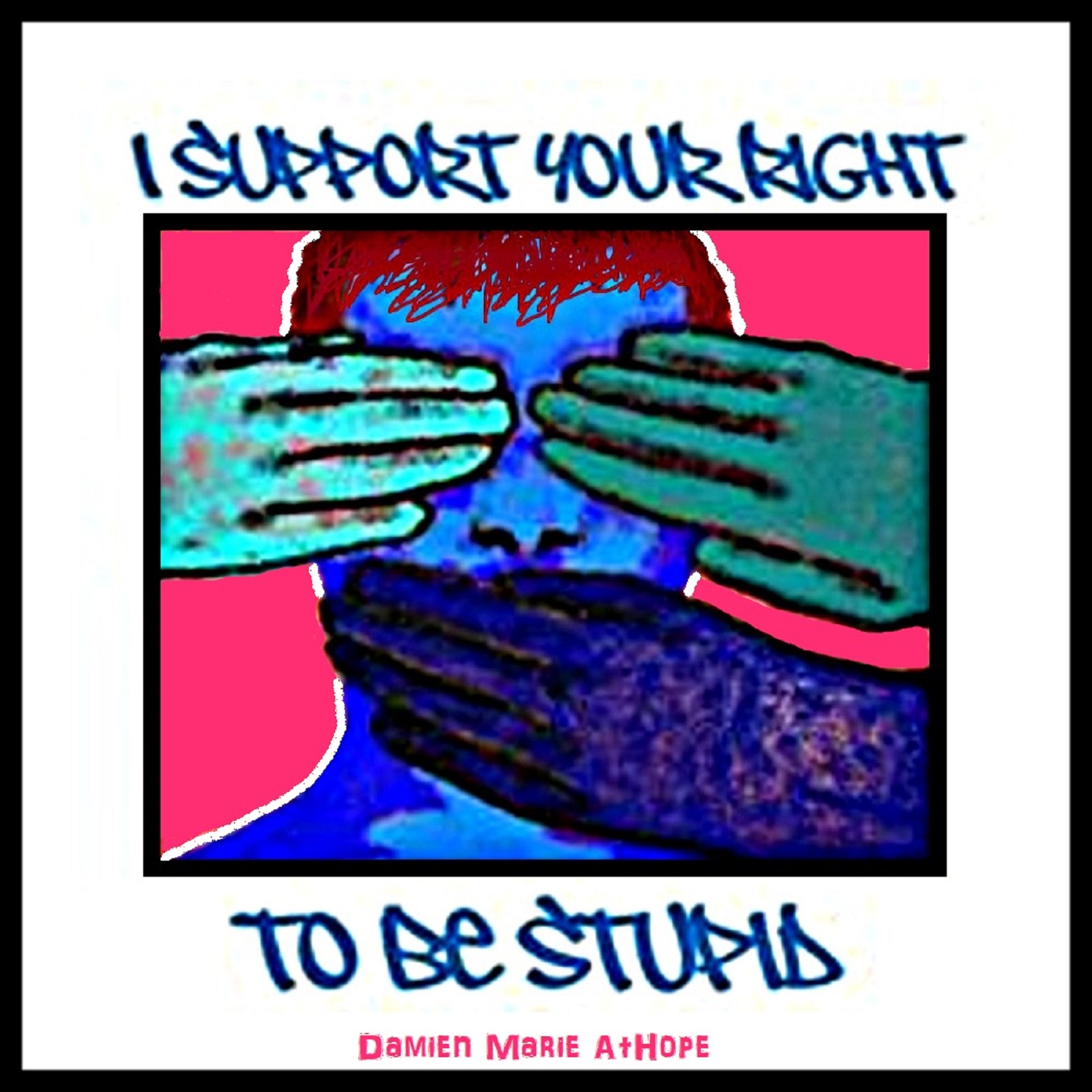
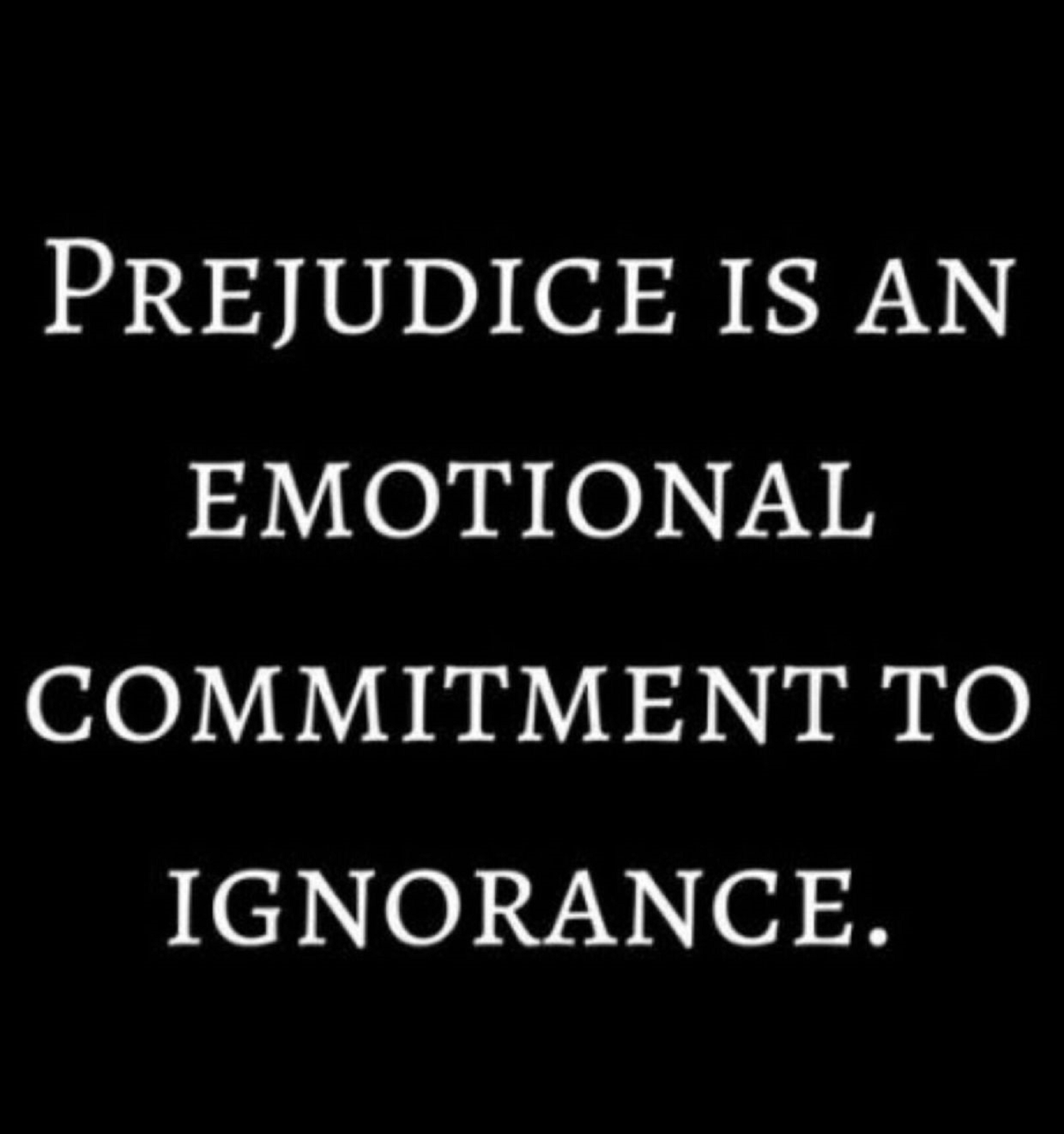



Talking on LGBTQ+ Inclusiveness & Health with Shannon
What did you say? You don’t like LGBTQ extremists???
Yes, I am Wicked Smart and an Autodidactic Polymath
For the love of Hillbillies and Teachers?
Witness a mental dynamite explosion, in the revolution that is Damien Marie AtHope
Anticapitalistic ME: I do so much for Free as a Form of Financial Activism
Cory Johnston: Mind of a Skeptical Leftist
Me and My Gender Diversity: Genderqueer, Intersex, and Male.
I was in my 7th master’s class all straight A’ 4.0 with honors. But I realized I was an atheist at 35 in 2006 in a college class. I was planning on being a Christian Counselor. Well then as a new atheist what do I do now? I dropped out to offer me, my entire life for activism. So I started in 2006 until now. No money, no thanks, everyone saying I am running into despair and likely murder instead of my fame I could have relieved. I realized I had to choose. I either was self-seeking or was I going to help change the world even if I must die.
One day, not now, and not in any near future I will be acknowledged for being born this way, intersex.
I am intersex-genderqueer and present as male heterosexual.
When not hard and turned on my dick does not show.
Here is one experience as an adult at work being outed as intersex, when I was hiding who I was.
I have some work issues like being on a construction site as an off-road Big Rig driver working on a road being built. So no bathroom you had to do it almost in front of people. Someone saw my hidden dick and said, “look everyone Damien is dickless, how fucking crazy is that! “Dude, you are not even a man,” “you are a dickless nothing,” and several men laughed.
I was attacked from then on… The dickless freak.
I said trying to push back that he was just wanting me to be hard as he prefers dicks like that I guess.
People let it go as only he saw me and others thought he was just being mean.
He was right, in that when I am not turned on, I do look dickless, but actually, I am able to have sex when I am turned on my dick comes out and stays out while turned on or easily get ready.
Some people have no idea what it is like being me.
I do use “he, him,” but I am actually dual or bi gender as I am like half male and female. So “they” is more accurate but I don’t use that.
I even tell people I am hiding in the male heterosexual persona and they say nothing. lol




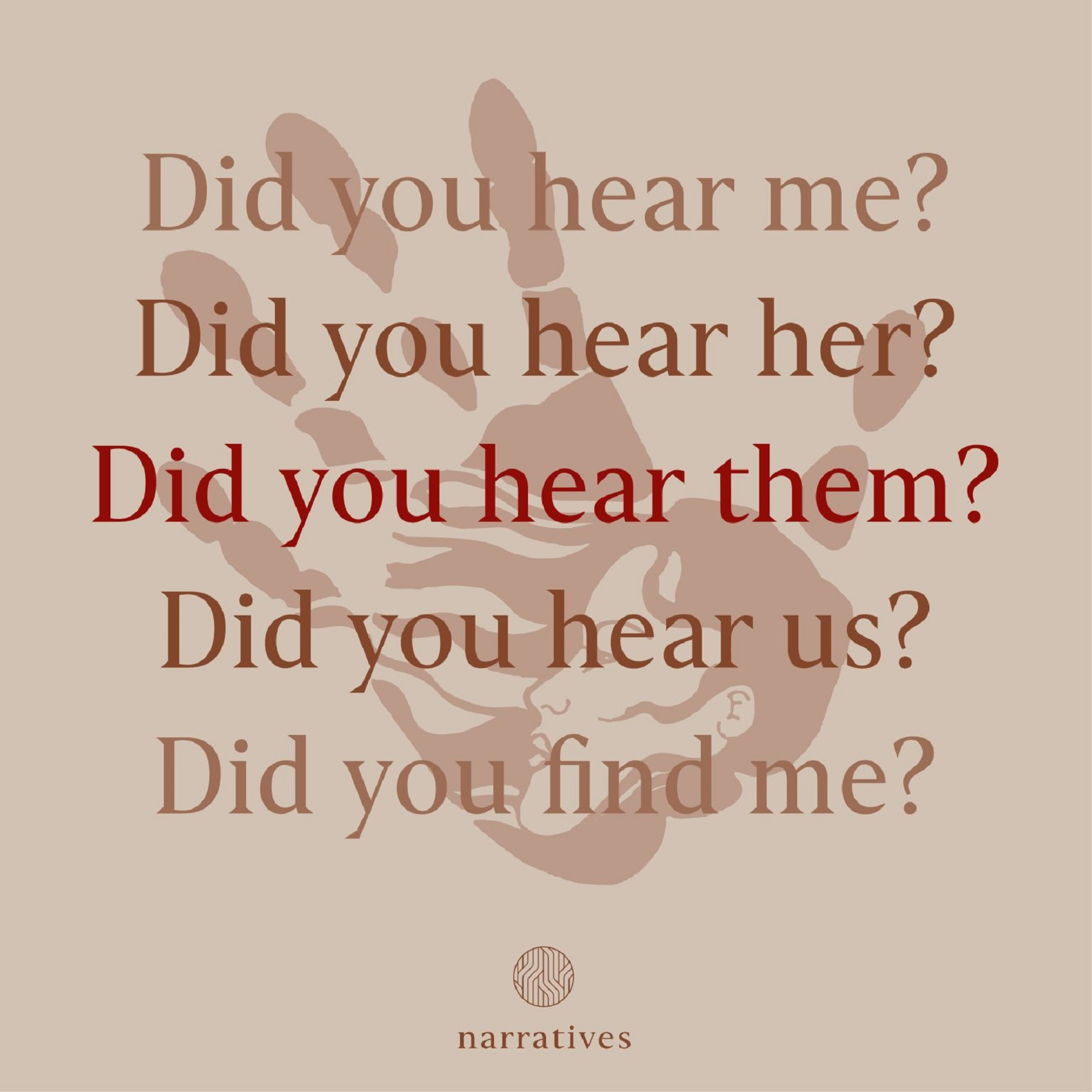
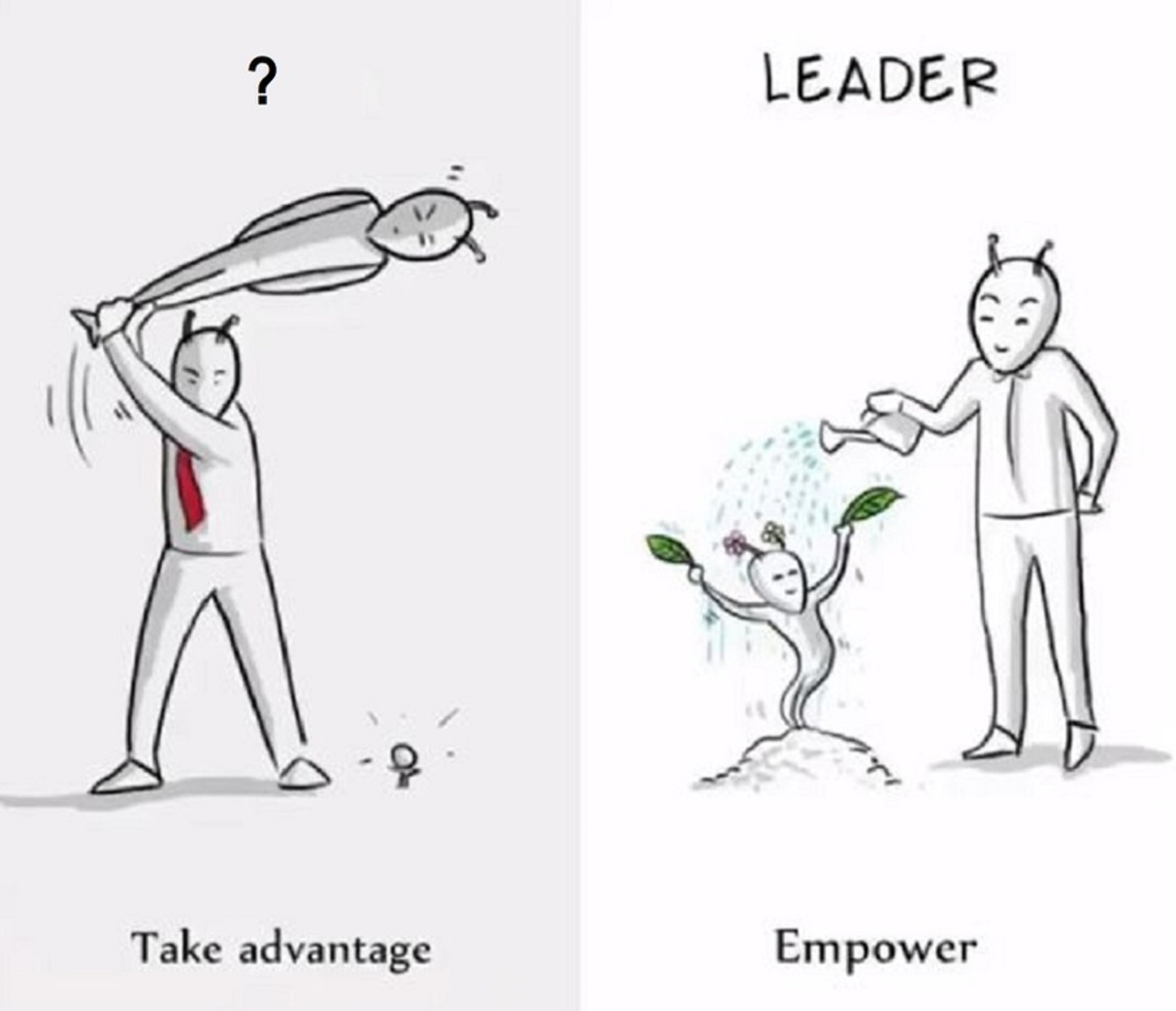
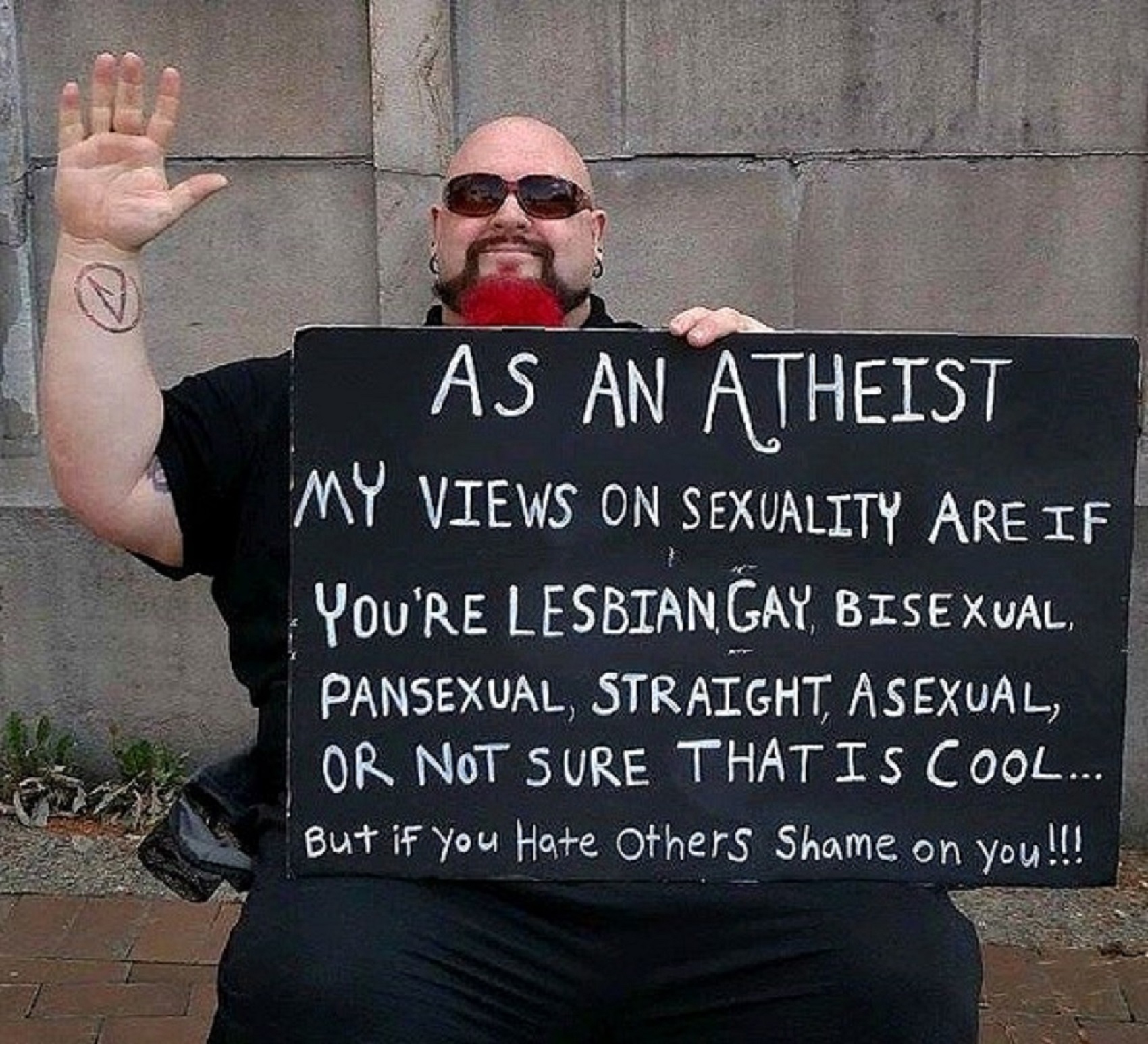
And someone you know is Intersex, ME

War seems too easy or too welcomed.
We need heroes for peace, not more heroes of war.

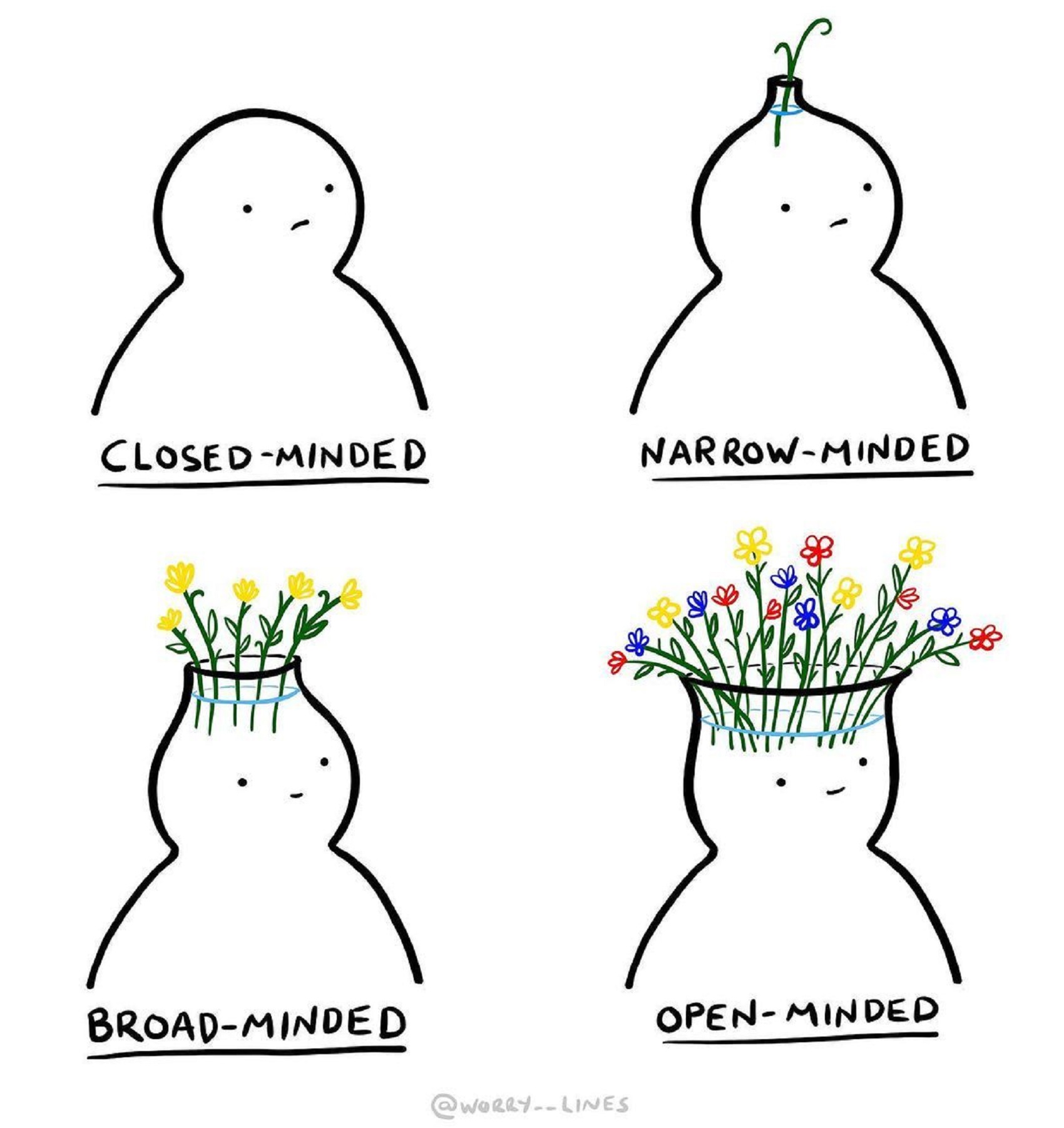
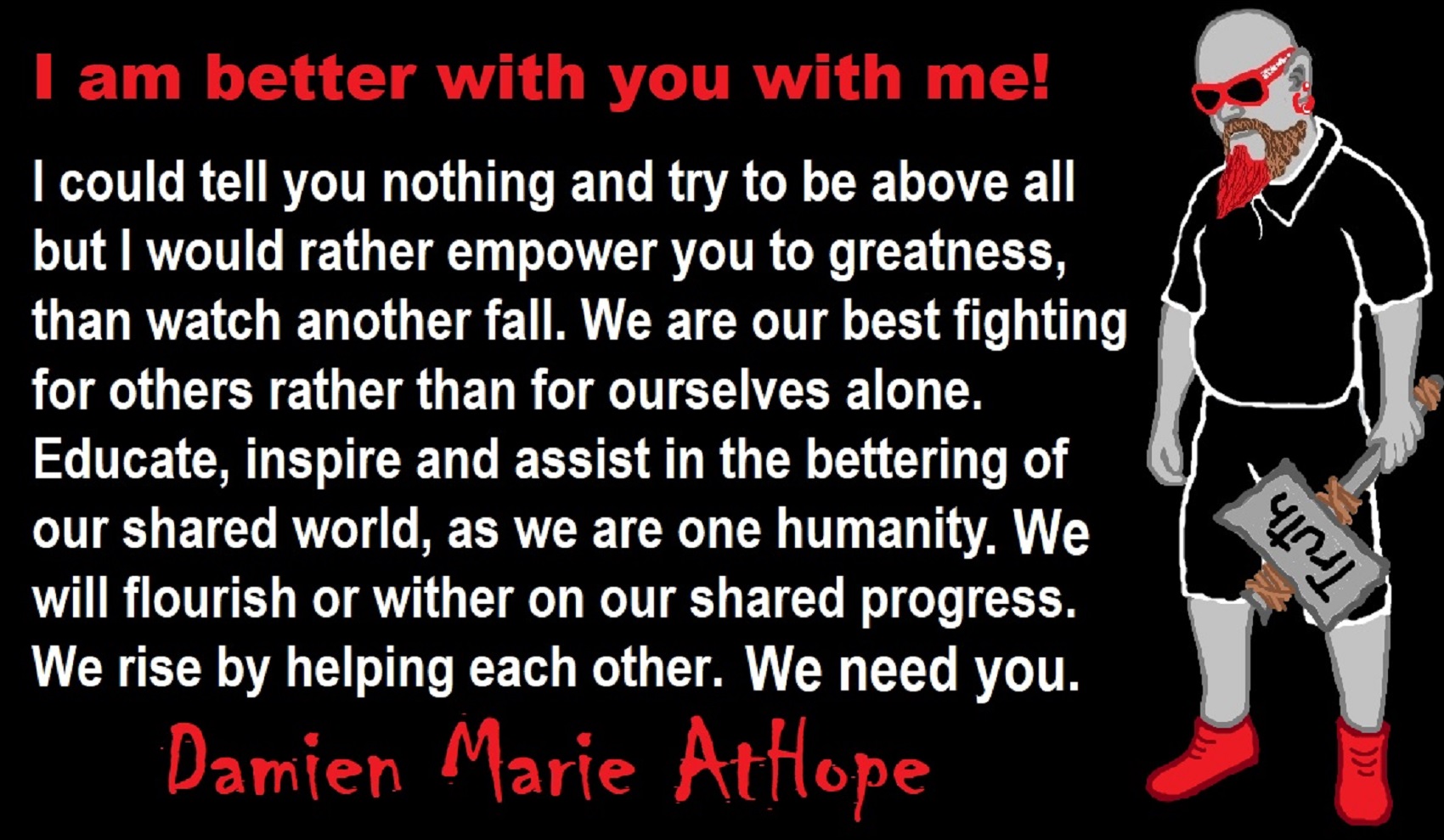


Animism: Respecting the Living World by Graham Harvey
“How have human cultures engaged with and thought about animals, plants, rocks, clouds, and other elements in their natural surroundings? Do animals and other natural objects have a spirit or soul? What is their relationship to humans? In this new study, Graham Harvey explores current and past animistic beliefs and practices of Native Americans, Maori, Aboriginal Australians, and eco-pagans. He considers the varieties of animism found in these cultures as well as their shared desire to live respectfully within larger natural communities. Drawing on his extensive casework, Harvey also considers the linguistic, performative, ecological, and activist implications of these different animisms.” ref


My thoughts on Religion Evolution with external links for more info:
- (Pre-Animism Africa mainly, but also Europe, and Asia at least 300,000 years ago), (Pre-Animism – Oxford Dictionaries)
- (Animism Africa around 100,000 years ago), (Animism – Britannica.com)
- (Totemism Europe around 50,000 years ago), (Totemism – Anthropology)
- (Shamanism Siberia around 30,000 years ago), (Shamanism – Britannica.com)
- (Paganism Turkey around 12,000 years ago), (Paganism – BBC Religion)
- (Progressed Organized Religion “Institutional Religion” Egypt around 5,000 years ago), (Ancient Egyptian Religion – Britannica.com)
- (CURRENT “World” RELIGIONS after 4,000 years ago) (Origin of Major Religions – Sacred Texts)
- (Early Atheistic Doubting at least by 2,600 years ago) (History of Atheism – Wikipedia)
“Religion is an Evolved Product” and Yes, Religion is Like Fear Given Wings…
Atheists talk about gods and religions for the same reason doctors talk about cancer, they are looking for a cure, or a firefighter talks about fires because they burn people and they care to stop them. We atheists too often feel a need to help the victims of mental slavery, held in the bondage that is the false beliefs of gods and the conspiracy theories of reality found in religions.
Understanding Religion Evolution:
- Pre-Animism (at least 300,000 years ago)
- Animism (Africa: 100,000 years ago)
- Totemism (Europe: 50,000 years ago)
- Shamanism (Siberia: 30,000 years ago)
- Paganism (Turkey: 12,000 years ago)
- Progressed organized religion (Egypt: 5,000 years ago), (Egypt, the First Dynasty 5,150 years ago)
- CURRENT “World” RELIGIONS (after 4,000 years ago)
- Early Atheistic Doubting (at least by 2,600 years ago)
“An Archaeological/Anthropological Understanding of Religion Evolution”
It seems ancient peoples had to survived amazing threats in a “dangerous universe (by superstition perceived as good and evil),” and human “immorality or imperfection of the soul” which was thought to affect the still living, leading to ancestor worship. This ancestor worship presumably led to the belief in supernatural beings, and then some of these were turned into the belief in gods. This feeble myth called gods were just a human conceived “made from nothing into something over and over, changing, again and again, taking on more as they evolve, all the while they are thought to be special,” but it is just supernatural animistic spirit-belief perceived as sacred.
Quick Evolution of Religion?
Pre-Animism (at least 300,000 years ago) pre-religion is a beginning that evolves into later Animism. So, Religion as we think of it, to me, all starts in a general way with Animism (Africa: 100,000 years ago) (theoretical belief in supernatural powers/spirits), then this is physically expressed in or with Totemism (Europe: 50,000 years ago) (theoretical belief in mythical relationship with powers/spirits through a totem item), which then enlists a full-time specific person to do this worship and believed interacting Shamanism (Siberia/Russia: 30,000 years ago) (theoretical belief in access and influence with spirits through ritual), and then there is the further employment of myths and gods added to all the above giving you Paganism (Turkey: 12,000 years ago) (often a lot more nature-based than most current top world religions, thus hinting to their close link to more ancient religious thinking it stems from). My hypothesis is expressed with an explanation of the building of a theatrical house (modern religions development). Progressed organized religion (Egypt: 5,000 years ago) with CURRENT “World” RELIGIONS (after 4,000 years ago).
Historically, in large city-state societies (such as Egypt or Iraq) starting around 5,000 years ago culminated to make religion something kind of new, a sociocultural-governmental-religious monarchy, where all or at least many of the people of such large city-state societies seem familiar with and committed to the existence of “religion” as the integrated life identity package of control dynamics with a fixed closed magical doctrine, but this juggernaut integrated religion identity package of Dogmatic-Propaganda certainly did not exist or if developed to an extent it was highly limited in most smaller prehistoric societies as they seem to lack most of the strong control dynamics with a fixed closed magical doctrine (magical beliefs could be at times be added or removed). Many people just want to see developed religious dynamics everywhere even if it is not. Instead, all that is found is largely fragments until the domestication of religion.
Religions, as we think of them today, are a new fad, even if they go back to around 6,000 years in the timeline of human existence, this amounts to almost nothing when seen in the long slow evolution of religion at least around 70,000 years ago with one of the oldest ritual worship. Stone Snake of South Africa: “first human worship” 70,000 years ago. This message of how religion and gods among them are clearly a man-made thing that was developed slowly as it was invented and then implemented peace by peace discrediting them all. Which seems to be a simple point some are just not grasping how devastating to any claims of truth when we can see the lie clearly in the archeological sites.
I wish people fought as hard for the actual values as they fight for the group/clan names political or otherwise they think support values. Every amount spent on war is theft to children in need of food or the homeless kept from shelter.
Here are several of my blog posts on history:
- To Find Truth You Must First Look
- (Magdalenian/Iberomaurusian) Connections to the First Paganists of the early Neolithic Near East Dating from around 17,000 to 12,000 Years Ago
- Natufians: an Ancient People at the Origins of Agriculture and Sedentary Life
- Possible Clan Leader/Special “MALE” Ancestor Totem Poles At Least 13,500 years ago?
- Jewish People with DNA at least 13,200 years old, Judaism, and the Origins of Some of its Ideas
- Baltic Reindeer Hunters: Swiderian, Lyngby, Ahrensburgian, and Krasnosillya cultures 12,020 to 11,020 years ago are evidence of powerful migratory waves during the last 13,000 years and a genetic link to Saami and the Finno-Ugric peoples.
- The Rise of Inequality: patriarchy and state hierarchy inequality
- Fertile Crescent 12,500 – 9,500 Years Ago: fertility and death cult belief system?
- 12,400 – 11,700 Years Ago – Kortik Tepe (Turkey) Pre/early-Agriculture Cultic Ritualism
- Ritualistic Bird Symbolism at Gobekli Tepe and its “Ancestor Cult”
- Male-Homosexual (female-like) / Trans-woman (female) Seated Figurine from Gobekli Tepe
- Could a 12,000-year-old Bull Geoglyph at Göbekli Tepe relate to older Bull and Female Art 25,000 years ago and Later Goddess and the Bull cults like Catal Huyuk?
- Sedentism and the Creation of goddesses around 12,000 years ago as well as male gods after 7,000 years ago.
- Alcohol, where Agriculture and Religion Become one? Such as Gobekli Tepe’s Ritualistic use of Grain as Food and Ritual Drink
- Neolithic Ritual Sites with T-Pillars and other Cultic Pillars
- Paganism: Goddesses around 12,000 years ago then Male Gods after 7,000 years ago
- First Patriarchy: Split of Women’s Status around 12,000 years ago & First Hierarchy: fall of Women’s Status around 5,000 years ago.
- Natufians: an Ancient People at the Origins of Agriculture and Sedentary Life
- J DNA and the Spread of Agricultural Religion (paganism)
- Paganism: an approximately 12,000-year-old belief system
- Paganism 12,000 years old: related to “Anarchism and Socialism” (Pre-Capitalism)
- Shaman burial in Israel 12,000 years ago and the Shamanism Phenomena
- Need to Mythicized: gods and goddesses
- 12,000 – 7,000 Years Ago – Paleo-Indian Culture (The Americas)
- 12,000 – 2,000 Years Ago – Indigenous-Scandinavians (Nordic)
- Norse did not wear helmets with horns?
- Pre-Pottery Neolithic Skull Cult around 11,500 to 8,400 Years Ago?
- 10,400 – 10,100 Years Ago, in Turkey the Nevail Cori Religious Settlement
- 9,000-6,500 Years Old Submerged Pre-Pottery/Pottery Neolithic Ritual Settlements off Israel’s Coast
- Catal Huyuk “first religious designed city” around 9,500 to 7,700 years ago (Turkey)
- Cultic Hunting at Catal Huyuk “first religious designed city”
- Special Items and Art as well as Special Elite Burials at Catal Huyuk
- New Rituals and Violence with the appearance of Pottery and People?
- Haplogroup N and its related Uralic Languages and Cultures
- Ainu people, Sámi people, Native Americans, the Ancient North Eurasians, and Paganistic-Shamanism with Totemism
- Ideas, Technology and People from Turkey, Europe, to China and Back again 9,000 to 5,000 years ago?
- First Pottery of Europe and the Related Cultures
- 9,000 years old Neolithic Artifacts Judean Desert and Hills Israel
- 9,000-7,000 years-old Sex and Death Rituals: Cult Sites in Israel, Jordan, and the Sinai
- 9,000-8500 year old Horned Female shaman Bad Dürrenberg Germany
- Neolithic Jewelry and the Spread of Farming in Europe Emerging out of West Turkey
- 8,600-year-old Tortoise Shells in Neolithic graves in central China have Early Writing and Shamanism
- Swing of the Mace: the rise of Elite, Forced Authority, and Inequality begin to Emerge 8,500 years ago?
- Migrations and Changing Europeans Beginning around 8,000 Years Ago
- My “Steppe-Anatolian-Kurgan hypothesis” 8,000/7,000 years ago
- Around 8,000-year-old Shared Idea of the Mistress of Animals, “Ritual” Motif
- Pre-Columbian Red-Paint (red ochre) Maritime Archaic Culture 8,000-3,000 years ago
- 7,522-6,522 years ago Linear Pottery culture which I think relates to Arcane Capitalism’s origins
- Arcane Capitalism: Primitive socialism, Primitive capital, Private ownership, Means of production, Market capitalism, Class discrimination, and Petite bourgeoisie (smaller capitalists)
- 7,500-4,750 years old Ritualistic Cucuteni-Trypillian culture of Moldova, Romania, and Ukraine
- Roots of a changing early society 7,200-6,700 years ago Jordan and Israel
- Agriculture religion (Paganism) with farming reached Britain between about 7,000 to 6,500 or so years ago and seemingly expressed in things like Western Europe’s Long Barrows
- My Thoughts on Possible Migrations of “R” DNA and Proto-Indo-European?
- “Millet” Spreading from China 7,022 years ago to Europe and related Language may have Spread with it leading to Proto-Indo-European
- Proto-Indo-European (PIE), ancestor of Indo-European languages: DNA, Society, Language, and Mythology
- The Dnieper–Donets culture and Asian varieties of Millet from China to the Black Sea region of Europe by 7,022 years ago
- Kurgan 6,000 years ago/dolmens 7,000 years ago: funeral, ritual, and other?
- 7,020 to 6,020-year-old Proto-Indo-European Homeland of Urheimat or proposed home of their Language and Religion
- Ancient Megaliths: Kurgan, Ziggurat, Pyramid, Menhir, Trilithon, Dolman, Kromlech, and Kromlech of Trilithons
- The Mytheme of Ancient North Eurasian Sacred-Dog belief and similar motifs are found in Indo-European, Native American, and Siberian comparative mythology
- Elite Power Accumulation: Ancient Trade, Tokens, Writing, Wealth, Merchants, and Priest-Kings
- Sacred Mounds, Mountains, Kurgans, and Pyramids may hold deep connections?
- Between 7,000-5,000 Years ago, rise of unequal hierarchy elite, leading to a “birth of the State” or worship of power, strong new sexism, oppression of non-elites, and the fall of Women’s equal status
- Paganism 7,000-5,000 years old: related to “Anarchism and Socialism” (Capitalism) (World War 0) Elite & their slaves
- Hell and Underworld mythologies starting maybe as far back as 7,000 to 5,000 years ago with the Proto-Indo-Europeans?
- The First Expression of the Male God around 7,000 years ago?
- White (light complexion skin) Bigotry and Sexism started 7,000 years ago?
- Around 7,000-year-old Shared Idea of the Divine Bird (Tutelary and/or Trickster spirit/deity), “Ritual” Motif
- Nekhbet an Ancient Egyptian Vulture Goddess and Tutelary Deity
- 6,720 to 4,920 years old Ritualistic Hongshan Culture of Inner Mongolia with 5,000-year-old Pyramid Mounds and Temples
- First proto-king in the Balkans, Varna culture around 6,500 years ago?
- 6,500–5,800 years ago in Israel Late Chalcolithic (Copper Age) Period in the Southern Levant Seems to Express Northern Levant Migrations, Cultural and Religious Transfer
- KING OF BEASTS: Master of Animals “Ritual” Motif, around 6,000 years old or older…
- Around 6000-year-old Shared Idea of the Solid Wheel & the Spoked Wheel-Shaped Ritual Motif
- “The Ghassulian Star,” a mysterious 6,000-year-old mural from Jordan; a Proto-Star of Ishtar, Star of Inanna or Star of Venus?
- Religious/Ritual Ideas, including goddesses and gods as well as ritual mounds or pyramids from Northeastern Asia at least 6,000 years old, seemingly filtering to Iran, Iraq, the Mediterranean, Europe, Egypt, and the Americas?
- Maykop (5,720–5,020 years ago) Caucasus region Bronze Age culture-related to Copper Age farmers from the south, influenced by the Ubaid period and Leyla-Tepe culture, as well as influencing the Kura-Araxes culture
- 5-600-year-old Tomb, Mummy, and First Bearded Male Figurine in a Grave
- Kura-Araxes Cultural 5,520 to 4,470 years old DNA traces to the Canaanites, Arabs, and Jews
- Minoan/Cretan (Keftiu) Civilization and Religion around 5,520 to 3,120 years ago
- Evolution Of Science at least by 5,500 years ago
- 5,500 Years old birth of the State, the rise of Hierarchy, and the fall of Women’s status
- “Jiroft culture” 5,100 – 4,200 years ago and the History of Iran
- Stonehenge: Paganistic Burial and Astrological Ritual Complex, England (5,100-3,600 years ago)
- Around 5,000-year-old Shared Idea of the “Tree of Life” Ritual Motif
- Complex rituals for elite, seen from China to Egypt, at least by 5,000 years ago
- Around 5,000 years ago: “Birth of the State” where Religion gets Military Power and Influence
- The Center of the World “Axis Mundi” and/or “Sacred Mountains” Mythology Could Relate to the Altai Mountains, Heart of the Steppe
- Progressed organized religion starts, an approximately 5,000-year-old belief system
- China’s Civilization between 5,000-3,000 years ago, was a time of war and class struggle, violent transition from free clans to a Slave or Elite society
- Origin of Logics is Naturalistic Observation at least by around 5,000 years ago.
- Paganism 5,000 years old: progressed organized religion and the state: related to “Anarchism and Socialism” (Kings and the Rise of the State)
- Ziggurats (multi-platform temples: 4,900 years old) to Pyramids (multi-platform tombs: 4,700 years old)
- Did a 4,520–4,420-year-old Volcano In Turkey Inspire the Bible God?
- Finland’s Horned Shaman and Pre-Horned-God at least 4,500 years ago?
- 4,000-year-Old Dolmens in Israel: A Connected Dolmen Religious Phenomenon?
- Creation myths: From chaos, Ex nihilo, Earth-diver, Emergence, World egg, and World parent
- Bronze Age “Ritual” connections of the Bell Beaker culture with the Corded Ware/Single Grave culture, which were related to the Yamnaya culture and Proto-Indo-European Languages/Religions
- Low Gods (Earth/ Tutelary deity), High Gods (Sky/Supreme deity), and Moralistic Gods (Deity enforcement/divine order)
- The exchange of people, ideas, and material-culture including, to me, the new god (Sky Father) and goddess (Earth Mother) religion between the Cucuteni-Trypillians and others which is then spread far and wide
- Koryaks: Indigenous People of the Russian Far East and Big Raven myths also found in Tlingit, Haida, Tsimshian, and other Indigenous People of North America
- 42 Principles Of Maat (Egyptian Goddess of the justice) around 4,400 years ago, 2000 Years Before Ten Commandments
- “Happy Easter” Well Happy Eostre/Ishter
- 4,320-3,820 years old “Shimao” (North China) site with Totemistic-Shamanistic Paganism and a Stepped Pyramid
- 4,250 to 3,400 Year old Stonehenge from Russia: Arkaim?
- 4,100-year-old beaker with medicinal & flowering plants in a grave of a woman in Scotland
- Early European Farmer ancestry, Kelif el Boroud people with the Cardial Ware culture, and the Bell Beaker culture Paganists too, spread into North Africa, then to the Canary Islands off West Africa
- Flood Accounts: Gilgamesh epic (4,100 years ago) Noah in Genesis (2,600 years ago)
- Paganism 4,000 years old: related to “Anarchism and Socialism” (First Moralistic gods, then the Origin time of Monotheism)
- When was the beginning: TIMELINE OF CURRENT RELIGIONS, which start around 4,000 years ago.
- Early Religions Thought to Express Proto-Monotheistic Systems around 4,000 years ago
- Kultepe? An archaeological site with a 4,000 years old women’s rights document.
- Single God Religions (Monotheism) = “Man-o-theism” started around 4,000 years ago with the Great Sky Spirit/God Tiān (天)?
- Confucianism’s Tiān (Shangdi god 4,000 years old): Supernaturalism, Pantheism or Theism?
- Yes, Your Male God is Ridiculous
- Mythology, a Lunar Deity is a Goddess or God of the Moon
- Sacred Land, Hills, and Mountains: Sami Mythology (Paganistic Shamanism)
- Horse Worship/Sacrifice: mythical union of Ruling Elite/Kingship and the Horse
- The Amorite/Amurru people’s God Amurru “Lord of the Steppe”, relates to the Origins of the Bible God?
- Bronze Age Exotic Trade Routes Spread Quite Far as well as Spread Religious Ideas with Them
- Sami and the Northern Indigenous Peoples Landscape, Language, and its Connection to Religion
- Prototype of Ancient Analemmatic Sundials around 3,900-3,150 years ago and a Possible Solar Connection to gods?
- Judaism is around 3,450 or 3,250 years old. (“Paleo-Hebrew” 3,000 years ago and Torah 2,500 years ago)
- The Weakening of Ancient Trade and the Strengthening of Religions around 3000 years ago?
- Are you aware that there are religions that worship women gods, explain now religion tears women down?
- Animistic, Totemistic, and Paganistic Superstition Origins of bible god and the bible’s Religion.
- Myths and Folklore: “Trickster gods and goddesses”
- Jews, Judaism, and the Origins of Some of its Ideas
- An Old Branch of Religion Still Giving Fruit: Sacred Trees
- Dating the BIBLE: naming names and telling times (written less than 3,000 years ago, provable to 2,200 years ago)
- Did a Volcano Inspire the bible god?
- Dené–Yeniseian language, Old Copper Complex, and Pre-Columbian Mound Builders?
- No “dinosaurs and humans didn’t exist together just because some think they are in the bible itself”
- Sacred Shit and Sacred Animals?
- Everyone Killed in the Bible Flood? “Nephilim” (giants)?
- Hey, Damien dude, I have a question for you regarding “the bible” Exodus.
- Archaeology Disproves the Bible
- Bible Battle, Just More, Bible Babble
- The Jericho Conquest lie?
- Canaanites and Israelites?
- Accurate Account on how did Christianity Began?
- Let’s talk about Christianity.
- So the 10 commandments isn’t anything to go by either right?
- Misinformed christian
- Debunking Jesus?
- Paulism vs Jesus
- Ok, you seem confused so let’s talk about Buddhism.
- Unacknowledged Buddhism: Gods, Savior, Demons, Rebirth, Heavens, Hells, and Terrorism
- His Foolishness The Dalai Lama
- Yin and Yang is sexist with an ORIGIN around 2,300 years ago?
- I Believe Archaeology, not Myths & Why Not, as the Religious Myths Already Violate Reason!
- Archaeological, Scientific, & Philosophic evidence shows the god myth is man-made nonsense.
- Aquatic Ape Theory/Hypothesis? As Always, Just Pseudoscience.
- Ancient Aliens Conspiracy Theorists are Pseudohistorians
- The Pseudohistoric and Pseudoscientific claims about “Bakoni Ruins” of South Africa
- Why do people think Religion is much more than supernaturalism and superstitionism?
- Religion is an Evolved Product
- Was the Value of Ancient Women Different?
- 1000 to 1100 CE, human sacrifice Cahokia Mounds a pre-Columbian Native American site
- Feminist atheists as far back as the 1800s?
- Promoting Religion as Real is Mentally Harmful to a Flourishing Humanity
- Screw All Religions and Their Toxic lies, they are all fraud
- Forget Religions’ Unfounded Myths, I Have Substantiated “Archaeology Facts.”
- Religion Dispersal throughout the World
- I Hate Religion Just as I Hate all Pseudoscience
- Exposing Scientology, Eckankar, Wicca and Other Nonsense?
- Main deity or religious belief systems
- Quit Trying to Invent Your God From the Scraps of Science.
- Archaeological, Scientific, & Philosophic evidence shows the god myth is man-made nonsense.
- Ancient Alien Conspiracy Theorists: Misunderstanding, Rhetoric, Misinformation, Fabrications, and Lies
- Misinformation, Distortion, and Pseudoscience in Talking with a Christian Creationist
- Judging the Lack of Goodness in Gods, Even the Norse God Odin
- Challenging the Belief in God-like Aliens and Gods in General
- A Challenge to Christian use of Torture Devices?
- Yes, Hinduism is a Religion
- Trump is One of the Most Reactionary Forces of Far-right Christian Extremism
- Was the Bull Head a Symbol of God? Yes!
- Primate Death Rituals
- Christian – “God and Christianity are objectively true”
- Australopithecus afarensis Death Ritual?
- You Claim Global Warming is a Hoax?
- Doubter of Science and Defamer of Atheists?
- I think that sounds like the Bible?
- History of the Antifa (“anti-fascist”) Movements
- Indianapolis Anti-Blasphemy Laws #Free Soheil Rally
- Damien, you repeat the golden rule in so many forms then you say religion is dogmatic?
- Science is a Trustable Methodology whereas Faith is not Trustable at all!
- Was I ever a believer, before I was an atheist?
- Atheists rise in reason
- Mistrust of science?
- Open to Talking About the Definition of ‘God’? But first, we address Faith.
- ‘United Monarchy’ full of splendor and power – Saul, David, and Solomon? Most likely not.
- Is there EXODUS ARCHAEOLOGY? The short answer is “no.”
- Lacking Proof of Bigfoots, Unicorns, and Gods is Just a Lack of Research?
- Religion and Politics: Faith Beliefs vs. Rational Thinking
- Hammer of Truth that lying pig RELIGION: challenged by an archaeologist
- “The Hammer of Truth” -ontology question- What do You Mean by That?
- Navigation of a bad argument: Ad Hominem vs. Attack
- Why is it Often Claimed that Gods have a Gender?
- Why are basically all monotheistic religions ones that have a male god?
- Shifting through the Claims in support of Faith
- Dear Mr. AtHope, The 20th Century is an Indictment of Secularism and a Failed Atheist Century
- An Understanding of the Worldwide Statistics and Dynamics of Terrorist Incidents and Suicide Attacks
- Intoxication and Evolution? Addressing and Assessing the “Stoned Ape” or “Drunken Monkey” Theories as Catalysts in Human Evolution
- Sacred Menstrual cloth? Inanna’s knot, Isis knot, and maybe Ma’at’s feather?
- Damien, why don’t the Hebrews accept the bible stories?
- Dealing with a Troll and Arguing Over Word Meaning
- Knowledge without Belief? Justified beliefs or disbeliefs worthy of Knowledge?
- Afrocentrism and African Religions
- Crecganford @crecganford offers history & stories of the people, places, gods, & culture
- Empiricism-Denier?
I am not an academic. I am a revolutionary that teaches in public, in places like social media, and in the streets. I am not a leader by some title given but from my commanding leadership style of simply to start teaching everywhere to everyone, all manner of positive education.








ref, ref, ref, ref, ref, ref, ref, ref, ref, ref, ref, ref, ref, ref, ref, ref, ref, ref, ref, ref, ref
Low Gods “Earth” or Tutelary deity and High Gods “Sky” or Supreme deity
“An Earth goddess is a deification of the Earth. Earth goddesses are often associated with the “chthonic” deities of the underworld. Ki and Ninhursag are Mesopotamian earth goddesses. In Greek mythology, the Earth is personified as Gaia, corresponding to Roman Terra, Indic Prithvi/Bhūmi, etc. traced to an “Earth Mother” complementary to the “Sky Father” in Proto-Indo-European religion. Egyptian mythology exceptionally has a sky goddess and an Earth god.” ref
“A mother goddess is a goddess who represents or is a personification of nature, motherhood, fertility, creation, destruction or who embodies the bounty of the Earth. When equated with the Earth or the natural world, such goddesses are sometimes referred to as Mother Earth or as the Earth Mother. In some religious traditions or movements, Heavenly Mother (also referred to as Mother in Heaven or Sky Mother) is the wife or feminine counterpart of the Sky father or God the Father.” ref
“Any masculine sky god is often also king of the gods, taking the position of patriarch within a pantheon. Such king gods are collectively categorized as “sky father” deities, with a polarity between sky and earth often being expressed by pairing a “sky father” god with an “earth mother” goddess (pairings of a sky mother with an earth father are less frequent). A main sky goddess is often the queen of the gods and may be an air/sky goddess in her own right, though she usually has other functions as well with “sky” not being her main. In antiquity, several sky goddesses in ancient Egypt, Mesopotamia, and the Near East were called Queen of Heaven. Neopagans often apply it with impunity to sky goddesses from other regions who were never associated with the term historically. The sky often has important religious significance. Many religions, both polytheistic and monotheistic, have deities associated with the sky.” ref
“In comparative mythology, sky father is a term for a recurring concept in polytheistic religions of a sky god who is addressed as a “father”, often the father of a pantheon and is often either a reigning or former King of the Gods. The concept of “sky father” may also be taken to include Sun gods with similar characteristics, such as Ra. The concept is complementary to an “earth mother“. “Sky Father” is a direct translation of the Vedic Dyaus Pita, etymologically descended from the same Proto-Indo-European deity name as the Greek Zeûs Pater and Roman Jupiter and Germanic Týr, Tir or Tiwaz, all of which are reflexes of the same Proto-Indo-European deity’s name, *Dyēus Ph₂tḗr. While there are numerous parallels adduced from outside of Indo-European mythology, there are exceptions (e.g. In Egyptian mythology, Nut is the sky mother and Geb is the earth father).” ref
Tutelary deity
“A tutelary (also tutelar) is a deity or spirit who is a guardian, patron, or protector of a particular place, geographic feature, person, lineage, nation, culture, or occupation. The etymology of “tutelary” expresses the concept of safety and thus of guardianship. In late Greek and Roman religion, one type of tutelary deity, the genius, functions as the personal deity or daimon of an individual from birth to death. Another form of personal tutelary spirit is the familiar spirit of European folklore.” ref
“A tutelary (also tutelar) in Korean shamanism, jangseung and sotdae were placed at the edge of villages to frighten off demons. They were also worshiped as deities. Seonangshin is the patron deity of the village in Korean tradition and was believed to embody the Seonangdang. In Philippine animism, Diwata or Lambana are deities or spirits that inhabit sacred places like mountains and mounds and serve as guardians. Such as: Maria Makiling is the deity who guards Mt. Makiling and Maria Cacao and Maria Sinukuan. In Shinto, the spirits, or kami, which give life to human bodies come from nature and return to it after death. Ancestors are therefore themselves tutelaries to be worshiped. And similarly, Native American beliefs such as Tonás, tutelary animal spirit among the Zapotec and Totems, familial or clan spirits among the Ojibwe, can be animals.” ref
“A tutelary (also tutelar) in Austronesian beliefs such as: Atua (gods and spirits of the Polynesian peoples such as the Māori or the Hawaiians), Hanitu (Bunun of Taiwan‘s term for spirit), Hyang (Kawi, Sundanese, Javanese, and Balinese Supreme Being, in ancient Java and Bali mythology and this spiritual entity, can be either divine or ancestral), Kaitiaki (New Zealand Māori term used for the concept of guardianship, for the sky, the sea, and the land), Kawas (mythology) (divided into 6 groups: gods, ancestors, souls of the living, spirits of living things, spirits of lifeless objects, and ghosts), Tiki (Māori mythology, Tiki is the first man created by either Tūmatauenga or Tāne and represents deified ancestors found in most Polynesian cultures). ” ref, ref, ref, ref, ref, ref, ref
Mesopotamian Tutelary Deities can be seen as ones related to City-States
“Historical city-states included Sumerian cities such as Uruk and Ur; Ancient Egyptian city-states, such as Thebes and Memphis; the Phoenician cities (such as Tyre and Sidon); the five Philistine city-states; the Berber city-states of the Garamantes; the city-states of ancient Greece (the poleis such as Athens, Sparta, Thebes, and Corinth); the Roman Republic (which grew from a city-state into a vast empire); the Italian city-states from the Middle Ages to the early modern period, such as Florence, Siena, Ferrara, Milan (which as they grew in power began to dominate neighboring cities) and Genoa and Venice, which became powerful thalassocracies; the Mayan and other cultures of pre-Columbian Mesoamerica (including cities such as Chichen Itza, Tikal, Copán and Monte Albán); the central Asian cities along the Silk Road; the city-states of the Swahili coast; Ragusa; states of the medieval Russian lands such as Novgorod and Pskov; and many others.” ref
“The Uruk period (ca. 4000 to 3100 BCE; also known as Protoliterate period) of Mesopotamia, named after the Sumerian city of Uruk, this period saw the emergence of urban life in Mesopotamia and the Sumerian civilization. City-States like Uruk and others had a patron tutelary City Deity along with a Priest-King.” ref
“Chinese folk religion, both past, and present, includes myriad tutelary deities. Exceptional individuals, highly cultivated sages, and prominent ancestors can be deified and honored after death. Lord Guan is the patron of military personnel and police, while Mazu is the patron of fishermen and sailors. Such as Tu Di Gong (Earth Deity) is the tutelary deity of a locality, and each individual locality has its own Earth Deity and Cheng Huang Gong (City God) is the guardian deity of an individual city, worshipped by local officials and locals since imperial times.” ref
“A tutelary (also tutelar) in Hinduism, personal tutelary deities are known as ishta-devata, while family tutelary deities are known as Kuladevata. Gramadevata are guardian deities of villages. Devas can also be seen as tutelary. Shiva is the patron of yogis and renunciants. City goddesses include: Mumbadevi (Mumbai), Sachchika (Osian); Kuladevis include: Ambika (Porwad), and Mahalakshmi. In NorthEast India Meitei mythology and religion (Sanamahism) of Manipur, there are various types of tutelary deities, among which Lam Lais are the most predominant ones. Tibetan Buddhism has Yidam as a tutelary deity. Dakini is the patron of those who seek knowledge.” ref
“A tutelary (also tutelar) The Greeks also thought deities guarded specific places: for instance, Athena was the patron goddess of the city of Athens. Socrates spoke of hearing the voice of his personal spirit or daimonion:
You have often heard me speak of an oracle or sign which comes to me … . This sign I have had ever since I was a child. The sign is a voice which comes to me and always forbids me to do something which I am going to do, but never commands me to do anything, and this is what stands in the way of my being a politician.” ref
“Tutelary deities who guard and preserve a place or a person are fundamental to ancient Roman religion. The tutelary deity of a man was his Genius, that of a woman her Juno. In the Imperial era, the Genius of the Emperor was a focus of Imperial cult. An emperor might also adopt a major deity as his personal patron or tutelary, as Augustus did Apollo. Precedents for claiming the personal protection of a deity were established in the Republican era, when for instance the Roman dictator Sulla advertised the goddess Victory as his tutelary by holding public games (ludi) in her honor.” ref
“Each town or city had one or more tutelary deities, whose protection was considered particularly vital in time of war and siege. Rome itself was protected by a goddess whose name was to be kept ritually secret on pain of death (for a supposed case, see Quintus Valerius Soranus). The Capitoline Triad of Juno, Jupiter, and Minerva were also tutelaries of Rome. The Italic towns had their own tutelary deities. Juno often had this function, as at the Latin town of Lanuvium and the Etruscan city of Veii, and was often housed in an especially grand temple on the arx (citadel) or other prominent or central location. The tutelary deity of Praeneste was Fortuna, whose oracle was renowned.” ref
“The Roman ritual of evocatio was premised on the belief that a town could be made vulnerable to military defeat if the power of its tutelary deity were diverted outside the city, perhaps by the offer of superior cult at Rome. The depiction of some goddesses such as the Magna Mater (Great Mother, or Cybele) as “tower-crowned” represents their capacity to preserve the city. A town in the provinces might adopt a deity from within the Roman religious sphere to serve as its guardian, or syncretize its own tutelary with such; for instance, a community within the civitas of the Remi in Gaul adopted Apollo as its tutelary, and at the capital of the Remi (present-day Rheims), the tutelary was Mars Camulus.” ref
Household deity (a kind of or related to a Tutelary deity)
“A household deity is a deity or spirit that protects the home, looking after the entire household or certain key members. It has been a common belief in paganism as well as in folklore across many parts of the world. Household deities fit into two types; firstly, a specific deity – typically a goddess – often referred to as a hearth goddess or domestic goddess who is associated with the home and hearth, such as the ancient Greek Hestia.” ref
“The second type of household deities are those that are not one singular deity, but a type, or species of animistic deity, who usually have lesser powers than major deities. This type was common in the religions of antiquity, such as the Lares of ancient Roman religion, the Gashin of Korean shamanism, and Cofgodas of Anglo-Saxon paganism. These survived Christianisation as fairy-like creatures existing in folklore, such as the Anglo-Scottish Brownie and Slavic Domovoy.” ref
“Household deities were usually worshipped not in temples but in the home, where they would be represented by small idols (such as the teraphim of the Bible, often translated as “household gods” in Genesis 31:19 for example), amulets, paintings, or reliefs. They could also be found on domestic objects, such as cosmetic articles in the case of Tawaret. The more prosperous houses might have a small shrine to the household god(s); the lararium served this purpose in the case of the Romans. The gods would be treated as members of the family and invited to join in meals, or be given offerings of food and drink.” ref
“In many religions, both ancient and modern, a god would preside over the home. Certain species, or types, of household deities, existed. An example of this was the Roman Lares. Many European cultures retained house spirits into the modern period. Some examples of these include:
- Brownie (Scotland and England) or Hob (England) / Kobold (Germany) / Goblin / Hobgoblin
- Domovoy (Slavic)
- Nisse (Norwegian or Danish) / Tomte (Swedish) / Tonttu (Finnish)
- Húsvættir (Norse)” ref
“Although the cosmic status of household deities was not as lofty as that of the Twelve Olympians or the Aesir, they were also jealous of their dignity and also had to be appeased with shrines and offerings, however humble. Because of their immediacy they had arguably more influence on the day-to-day affairs of men than the remote gods did. Vestiges of their worship persisted long after Christianity and other major religions extirpated nearly every trace of the major pagan pantheons. Elements of the practice can be seen even today, with Christian accretions, where statues to various saints (such as St. Francis) protect gardens and grottos. Even the gargoyles found on older churches, could be viewed as guardians partitioning a sacred space.” ref
“For centuries, Christianity fought a mop-up war against these lingering minor pagan deities, but they proved tenacious. For example, Martin Luther‘s Tischreden have numerous – quite serious – references to dealing with kobolds. Eventually, rationalism and the Industrial Revolution threatened to erase most of these minor deities, until the advent of romantic nationalism rehabilitated them and embellished them into objects of literary curiosity in the 19th century. Since the 20th century this literature has been mined for characters for role-playing games, video games, and other fantasy personae, not infrequently invested with invented traits and hierarchies somewhat different from their mythological and folkloric roots.” ref
“In contradistinction to both Herbert Spencer and Edward Burnett Tylor, who defended theories of animistic origins of ancestor worship, Émile Durkheim saw its origin in totemism. In reality, this distinction is somewhat academic, since totemism may be regarded as a particularized manifestation of animism, and something of a synthesis of the two positions was attempted by Sigmund Freud. In Freud’s Totem and Taboo, both totem and taboo are outward expressions or manifestations of the same psychological tendency, a concept which is complementary to, or which rather reconciles, the apparent conflict. Freud preferred to emphasize the psychoanalytic implications of the reification of metaphysical forces, but with particular emphasis on its familial nature. This emphasis underscores, rather than weakens, the ancestral component.” ref
“William Edward Hearn, a noted classicist, and jurist, traced the origin of domestic deities from the earliest stages as an expression of animism, a belief system thought to have existed also in the neolithic, and the forerunner of Indo-European religion. In his analysis of the Indo-European household, in Chapter II “The House Spirit”, Section 1, he states:
The belief which guided the conduct of our forefathers was … the spirit rule of dead ancestors.” ref
“In Section 2 he proceeds to elaborate:
It is thus certain that the worship of deceased ancestors is a vera causa, and not a mere hypothesis. …
In the other European nations, the Slavs, the Teutons, and the Kelts, the House Spirit appears with no less distinctness. … [T]he existence of that worship does not admit of doubt. … The House Spirits had a multitude of other names which it is needless here to enumerate, but all of which are more or less expressive of their friendly relations with man. … In [England] … [h]e is the Brownie. … In Scotland this same Brownie is well known. He is usually described as attached to particular families, with whom he has been known to reside for centuries, threshing the corn, cleaning the house, and performing similar household tasks. His favorite gratification was milk and honey.” ref

Hinduism around 3,700 to 3,500 years old. ref
Judaism around 3,450 or 3,250 years old. (The first writing in the bible was “Paleo-Hebrew” dated to around 3,000 years ago Khirbet Qeiyafa is the site of an ancient fortress city overlooking the Elah Valley. And many believe the religious Jewish texts were completed around 2,500) ref, ref
Judaism is around 3,450 or 3,250 years old. (“Paleo-Hebrew” 3,000 years ago and Torah 2,500 years ago)
“Judaism is an Abrahamic, its roots as an organized religion in the Middle East during the Bronze Age. Some scholars argue that modern Judaism evolved from Yahwism, the religion of ancient Israel and Judah, by the late 6th century BCE, and is thus considered to be one of the oldest monotheistic religions.” ref
“Yahwism is the name given by modern scholars to the religion of ancient Israel, essentially polytheistic, with a plethora of gods and goddesses. Heading the pantheon was Yahweh, the national god of the Israelite kingdoms of Israel and Judah, with his consort, the goddess Asherah; below them were second-tier gods and goddesses such as Baal, Shamash, Yarikh, Mot, and Astarte, all of whom had their own priests and prophets and numbered royalty among their devotees, and a third and fourth tier of minor divine beings, including the mal’ak, the messengers of the higher gods, who in later times became the angels of Judaism, Christianity and Islam. Yahweh, however, was not the ‘original’ god of Israel “Isra-El”; it is El, the head of the Canaanite pantheon, whose name forms the basis of the name “Israel”, and none of the Old Testament patriarchs, the tribes of Israel, the Judges, or the earliest monarchs, have a Yahwistic theophoric name (i.e., one incorporating the name of Yahweh).” ref
“El is a Northwest Semitic word meaning “god” or “deity“, or referring (as a proper name) to any one of multiple major ancient Near Eastern deities. A rarer form, ‘ila, represents the predicate form in Old Akkadian and in Amorite. The word is derived from the Proto-Semitic *ʔil-, meaning “god”. Specific deities known as ‘El or ‘Il include the supreme god of the ancient Canaanite religion and the supreme god of East Semitic speakers in Mesopotamia’s Early Dynastic Period. ʼĒl is listed at the head of many pantheons. In some Canaanite and Ugaritic sources, ʼĒl played a role as father of the gods, of creation, or both. For example, in the Ugaritic texts, ʾil mlk is understood to mean “ʼĒl the King” but ʾil hd as “the god Hadad“. The Semitic root ʾlh (Arabic ʾilāh, Aramaic ʾAlāh, ʾElāh, Hebrew ʾelōah) may be ʾl with a parasitic h, and ʾl may be an abbreviated form of ʾlh. In Ugaritic the plural form meaning “gods” is ʾilhm, equivalent to Hebrew ʾelōhîm “powers”. In the Hebrew texts this word is interpreted as being semantically singular for “god” by biblical commentators. However the documentary hypothesis for the Old Testament (corresponds to the Jewish Torah) developed originally in the 1870s, identifies these that different authors – the Jahwist, Elohist, Deuteronomist, and the Priestly source – were responsible for editing stories from a polytheistic religion into those of a monotheistic religion. Inconsistencies that arise between monotheism and polytheism in the texts are reflective of this hypothesis.” ref
Jainism around 2,599 – 2,527 years old. ref
Confucianism around 2,600 – 2,551 years old. ref
Buddhism around 2,563/2,480 – 2,483/2,400 years old. ref
Christianity around 2,o00 years old. ref
Shinto around 1,305 years old. ref
Islam around 1407–1385 years old. ref

Knowledge to Ponder:
Stars/Astrology:
- Possibly, around 30,000 years ago (in simpler form) to 6,000 years ago, Stars/Astrology are connected to Ancestors, Spirit Animals, and Deities.
- The star also seems to be a possible proto-star for Star of Ishtar, Star of Inanna, or Star of Venus.
- Around 7,000 to 6,000 years ago, Star Constellations/Astrology have connections to the “Kurgan phenomenon” of below-ground “mound” stone/wood burial structures and “Dolmen phenomenon” of above-ground stone burial structures.
- Around 6,500–5,800 years ago, The Northern Levant migrations into Jordon and Israel in the Southern Levant brought new cultural and religious transfer from Turkey and Iran.
- “The Ghassulian Star,” a mysterious 6,000-year-old mural from Jordan may have connections to the European paganstic kurgan/dolmens phenomenon.
“Astrology is a range of divinatory practices, recognized as pseudoscientific since the 18th century, that claim to discern information about human affairs and terrestrial events by studying the apparent positions of celestial objects. Different cultures have employed forms of astrology since at least the 2nd millennium BCE, these practices having originated in calendrical systems used to predict seasonal shifts and to interpret celestial cycles as signs of divine communications. Most, if not all, cultures have attached importance to what they observed in the sky, and some—such as the Hindus, Chinese, and the Maya—developed elaborate systems for predicting terrestrial events from celestial observations. Western astrology, one of the oldest astrological systems still in use, can trace its roots to 19th–17th century BCE Mesopotamia, from where it spread to Ancient Greece, Rome, the Islamicate world and eventually Central and Western Europe. Contemporary Western astrology is often associated with systems of horoscopes that purport to explain aspects of a person’s personality and predict significant events in their lives based on the positions of celestial objects; the majority of professional astrologers rely on such systems.” ref
Around 5,500 years ago, Science evolves, The first evidence of science was 5,500 years ago and was demonstrated by a body of empirical, theoretical, and practical knowledge about the natural world. ref
Around 5,000 years ago, Origin of Logics is a Naturalistic Observation (principles of valid reasoning, inference, & demonstration) ref
Around 4,150 to 4,000 years ago: The earliest surviving versions of the Sumerian Epic of Gilgamesh, which was originally titled “He who Saw the Deep” (Sha naqba īmuru) or “Surpassing All Other Kings” (Shūtur eli sharrī) were written. ref
Hinduism:
- 3,700 years ago or so, the oldest of the Hindu Vedas (scriptures), the Rig Veda was composed.
- 3,500 years ago or so, the Vedic Age began in India after the collapse of the Indus Valley Civilization.
Judaism:
- around 3,000 years ago, the first writing in the bible was “Paleo-Hebrew”
- around 2,500 years ago, many believe the religious Jewish texts were completed
Myths: The bible inspired religion is not just one religion or one myth but a grouping of several religions and myths
- Around 3,450 or 3,250 years ago, according to legend, is the traditionally accepted period in which the Israelite lawgiver, Moses, provided the Ten Commandments.
- Around 2,500 to 2,400 years ago, a collection of ancient religious writings by the Israelites based primarily upon the Hebrew Bible, Tanakh, or Old Testament is the first part of Christianity’s bible.
- Around 2,400 years ago, the most accepted hypothesis is that the canon was formed in stages, first the Pentateuch (Torah).
- Around 2,140 to 2,116 years ago, the Prophets was written during the Hasmonean dynasty, and finally the remaining books.
- Christians traditionally divide the Old Testament into four sections:
- The first five books or Pentateuch (Torah).
- The proposed history books telling the history of the Israelites from their conquest of Canaan to their defeat and exile in Babylon.
- The poetic and proposed “Wisdom books” dealing, in various forms, with questions of good and evil in the world.
- The books of the biblical prophets, warning of the consequences of turning away from God:
- Henotheism:
- Exodus 20:23 “You shall not make other gods besides Me (not saying there are no other gods just not to worship them); gods of silver or gods of gold, you shall not make for yourselves.”
- Polytheism:
- Judges 10:6 “Then the sons of Israel again did evil in the sight of the LORD, served the Baals and the Ashtaroth, the gods of Aram, the gods of Sidon, the gods of Moab, the gods of the sons of Ammon, and the gods of the Philistines; thus they forsook the LORD and did not serve Him.”
- 1 Corinthians 8:5 “For even if there are so-called gods whether in heaven or on earth, as indeed there are many gods and many lords.”
- Monotheism:
- Isaiah 43:10 “You are my witnesses,” declares the LORD, “and my servant whom I have chosen, so that you may know and believe me and understand that I am he. Before me no god was formed, nor will there be one after me.
Around 2,570 to 2,270 Years Ago, there is a confirmation of atheistic doubting as well as atheistic thinking, mainly by Greek philosophers. However, doubting gods is likely as old as the invention of gods and should destroy the thinking that belief in god(s) is the “default belief”. The Greek word is apistos (a “not” and pistos “faithful,”), thus not faithful or faithless because one is unpersuaded and unconvinced by a god(s) claim. Short Definition: unbelieving, unbeliever, or unbelief.

Expressions of Atheistic Thinking:
- Around 2,600 years ago, Ajita Kesakambali, ancient Indian philosopher, who is the first known proponent of Indian materialism. ref
- Around 2,535 to 2,475 years ago, Heraclitus, Greek pre-Socratic philosopher, a native of the Greek city Ephesus, Ionia, on the coast of Anatolia, also known as Asia Minor or modern Turkey. ref
- Around 2,500 to 2,400 years ago, according to The Story of Civilization book series certain African pygmy tribes have no identifiable gods, spirits, or religious beliefs or rituals, and even what burials accrue are without ceremony. ref
- Around 2,490 to 2,430 years ago, Empedocles, Greek pre-Socratic philosopher and a citizen of Agrigentum, a Greek city in Sicily. ref
- Around 2,460 to 2,370 years ago, Democritus, Greek pre-Socratic philosopher considered to be the “father of modern science” possibly had some disbelief amounting to atheism. ref
- Around 2,399 years ago or so, Socrates, a famous Greek philosopher was tried for sinfulness by teaching doubt of state gods. ref
- Around 2,341 to 2,270 years ago, Epicurus, a Greek philosopher known for composing atheistic critics and famously stated, “Is God willing to prevent evil, but not able? Then he is not omnipotent. Is he able, but not willing? Then he is malevolent. Is he both able and willing? Then whence cometh evil? Is he neither able nor willing? Then why call him god?” ref
This last expression by Epicurus, seems to be an expression of Axiological Atheism. To understand and utilize value or actually possess “Value Conscious/Consciousness” to both give a strong moral “axiological” argument (the problem of evil) as well as use it to fortify humanism and positive ethical persuasion of human helping and care responsibilities. Because value-blindness gives rise to sociopathic/psychopathic evil.


While hallucinogens are associated with shamanism, it is alcohol that is associated with paganism.
The Atheist-Humanist-Leftist Revolutionaries Shows in the prehistory series:
Show two: Pre-animism 300,000 years old and animism 100,000 years old: related to “Anarchism and Socialism”
Show tree: Totemism 50,000 years old: related to “Anarchism and Socialism”
Show four: Shamanism 30,000 years old: related to “Anarchism and Socialism”
Show five: Paganism 12,000 years old: related to “Anarchism and Socialism”
Show six: Emergence of hierarchy, sexism, slavery, and the new male god dominance: Paganism 7,000-5,000 years old: related to “Anarchism and Socialism” (Capitalism) (World War 0) Elite and their slaves!
Prehistory: related to “Anarchism and Socialism” the division of labor, power, rights, and recourses: VIDEO
Pre-animism 300,000 years old and animism 100,000 years old: related to “Anarchism and Socialism”: VIDEO
Totemism 50,000 years old: related to “Anarchism and Socialism”: VIDEO
Shamanism 30,000 years old: related to “Anarchism and Socialism”: VIDEO
Paganism 12,000 years old: related to “Anarchism and Socialism” (Pre-Capitalism): VIDEO
Paganism 7,000-5,000 years old: related to “Anarchism and Socialism” (Capitalism) (World War 0) Elite and their slaves: VIEDO
Paganism 5,000 years old: progressed organized religion and the state: related to “Anarchism and Socialism” (Kings and the Rise of the State): VIEDO
Paganism 4,000 years old: related to “Anarchism and Socialism” (First Moralistic gods, then the Origin time of Monotheism): VIEDO
I do not hate simply because I challenge and expose myths or lies any more than others being thought of as loving simply because of the protection and hiding from challenge their favored myths or lies.
The truth is best championed in the sunlight of challenge.
An archaeologist once said to me “Damien religion and culture are very different”
My response, So are you saying that was always that way, such as would you say Native Americans’ cultures are separate from their religions? And do you think it always was the way you believe?
I had said that religion was a cultural product. That is still how I see it and there are other archaeologists that think close to me as well. Gods too are the myths of cultures that did not understand science or the world around them, seeing magic/supernatural everywhere.
I personally think there is a goddess and not enough evidence to support a male god at Çatalhöyük but if there was both a male and female god and goddess then I know the kind of gods they were like Proto-Indo-European mythology.
This series idea was addressed in, Anarchist Teaching as Free Public Education or Free Education in the Public: VIDEO
Our 12 video series: Organized Oppression: Mesopotamian State Force and the Politics of power (9,000-4,000 years ago), is adapted from: The Complete and Concise History of the Sumerians and Early Bronze Age Mesopotamia (7000-2000 BC): https://www.youtube.com/watch?v=szFjxmY7jQA by “History with Cy“
Show #1: Mesopotamian State Force and the Politics of Power (Samarra, Halaf, Ubaid)
Show #2: Mesopotamian State Force and the Politics of Power
Show #3: Mesopotamian State Force and the Politics of Power (Uruk and the First Cities)
Show #4: Mesopotamian State Force and the Politics of Power (First Kings)
Show #5: Mesopotamian State Force and the Politics of Power (Early Dynastic Period)
Show #6: Mesopotamian State Force and the Politics of Power
Show #7: Mesopotamian State Force and the Politics of Power (Sargon and Akkadian Rule)
Show #9: Mesopotamian State Force and the Politics of Power (Gudea of Lagash and Utu-hegal)
Show #12: Mesopotamian State Force and the Politics of Power (Aftermath and Legacy of Sumer)

The “Atheist-Humanist-Leftist Revolutionaries”
Cory Johnston ☭ Ⓐ Atheist Leftist @Skepticallefty & I (Damien Marie AtHope) @AthopeMarie (my YouTube & related blog) are working jointly in atheist, antitheist, antireligionist, antifascist, anarchist, socialist, and humanist endeavors in our videos together, generally, every other Saturday.
Why Does Power Bring Responsibility?
Think, how often is it the powerless that start wars, oppress others, or commit genocide? So, I guess the question is to us all, to ask, how can power not carry responsibility in a humanity concept? I know I see the deep ethical responsibility that if there is power their must be a humanistic responsibility of ethical and empathic stewardship of that power. Will I be brave enough to be kind? Will I possess enough courage to be compassionate? Will my valor reach its height of empathy? I as everyone, earns our justified respect by our actions, that are good, ethical, just, protecting, and kind. Do I have enough self-respect to put my love for humanity’s flushing, over being brought down by some of its bad actors? May we all be the ones doing good actions in the world, to help human flourishing.
I create the world I want to live in, striving for flourishing. Which is not a place but a positive potential involvement and promotion; a life of humanist goal precision. To master oneself, also means mastering positive prosocial behaviors needed for human flourishing. I may have lost a god myth as an atheist, but I am happy to tell you, my friend, it is exactly because of that, leaving the mental terrorizer, god belief, that I truly regained my connected ethical as well as kind humanity.
Cory and I will talk about prehistory and theism, addressing the relevance to atheism, anarchism, and socialism.
At the same time as the rise of the male god, 7,000 years ago, there was also the very time there was the rise of violence, war, and clans to kingdoms, then empires, then states. It is all connected back to 7,000 years ago, and it moved across the world.
Cory Johnston: https://damienmarieathope.com/2021/04/cory-johnston-mind-of-a-skeptical-leftist/?v=32aec8db952d
The Mind of a Skeptical Leftist (YouTube)
Cory Johnston: Mind of a Skeptical Leftist @Skepticallefty
The Mind of a Skeptical Leftist By Cory Johnston: “Promoting critical thinking, social justice, and left-wing politics by covering current events and talking to a variety of people. Cory Johnston has been thoughtfully talking to people and attempting to promote critical thinking, social justice, and left-wing politics.” http://anchor.fm/skepticalleft
Cory needs our support. We rise by helping each other.
Cory Johnston ☭ Ⓐ @Skepticallefty Evidence-based atheist leftist (he/him) Producer, host, and co-host of 4 podcasts @skeptarchy @skpoliticspod and @AthopeMarie
Damien Marie AtHope (“At Hope”) Axiological Atheist, Anti-theist, Anti-religionist, Secular Humanist. Rationalist, Writer, Artist, Poet, Philosopher, Advocate, Activist, Psychology, and Armchair Archaeology/Anthropology/Historian.
Damien is interested in: Freedom, Liberty, Justice, Equality, Ethics, Humanism, Science, Atheism, Antiteism, Antireligionism, Ignosticism, Left-Libertarianism, Anarchism, Socialism, Mutualism, Axiology, Metaphysics, LGBTQI, Philosophy, Advocacy, Activism, Mental Health, Psychology, Archaeology, Social Work, Sexual Rights, Marriage Rights, Woman’s Rights, Gender Rights, Child Rights, Secular Rights, Race Equality, Ageism/Disability Equality, Etc. And a far-leftist, “Anarcho-Humanist.”
I am not a good fit in the atheist movement that is mostly pro-capitalist, I am anti-capitalist. Mostly pro-skeptic, I am a rationalist not valuing skepticism. Mostly pro-agnostic, I am anti-agnostic. Mostly limited to anti-Abrahamic religions, I am an anti-religionist.
To me, the “male god” seems to have either emerged or become prominent around 7,000 years ago, whereas the now favored monotheism “male god” is more like 4,000 years ago or so. To me, the “female goddess” seems to have either emerged or become prominent around 11,000-10,000 years ago or so, losing the majority of its once prominence around 2,000 years ago due largely to the now favored monotheism “male god” that grow in prominence after 4,000 years ago or so.
My Thought on the Evolution of Gods?
Animal protector deities from old totems/spirit animal beliefs come first to me, 13,000/12,000 years ago, then women as deities 11,000/10,000 years ago, then male gods around 7,000/8,000 years ago. Moralistic gods around 5,000/4,000 years ago, and monotheistic gods around 4,000/3,000 years ago.
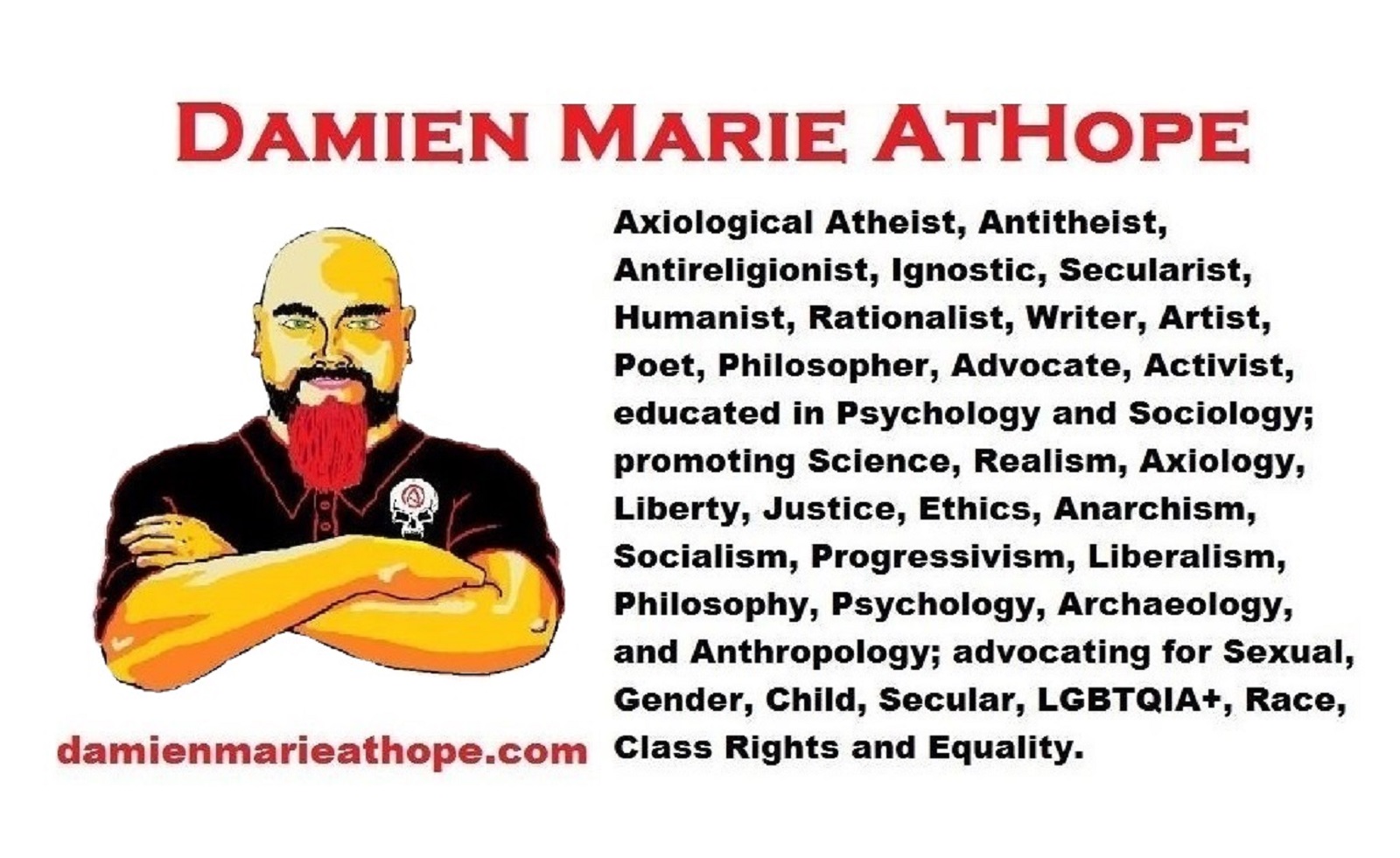
Damien Marie AtHope (Said as “At” “Hope”)/(Autodidact Polymath but not good at math):
Axiological Atheist, Anti-theist, Anti-religionist, Secular Humanist, Rationalist, Writer, Artist, Jeweler, Poet, “autodidact” Philosopher, schooled in Psychology, and “autodidact” Armchair Archaeology/Anthropology/Pre-Historian (Knowledgeable in the range of: 1 million to 5,000/4,000 years ago). I am an anarchist socialist politically. Reasons for or Types of Atheism
My Website, My Blog, & Short-writing or Quotes, My YouTube, Twitter: @AthopeMarie, and My Email: damien.marie.athope@gmail.com


